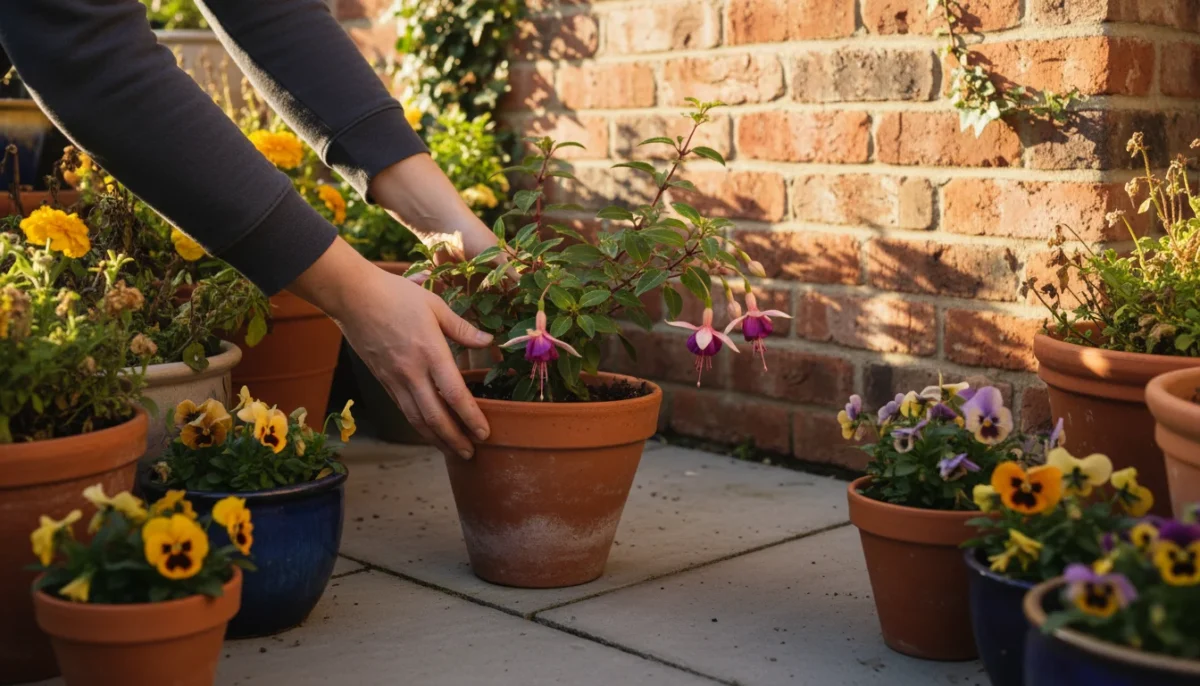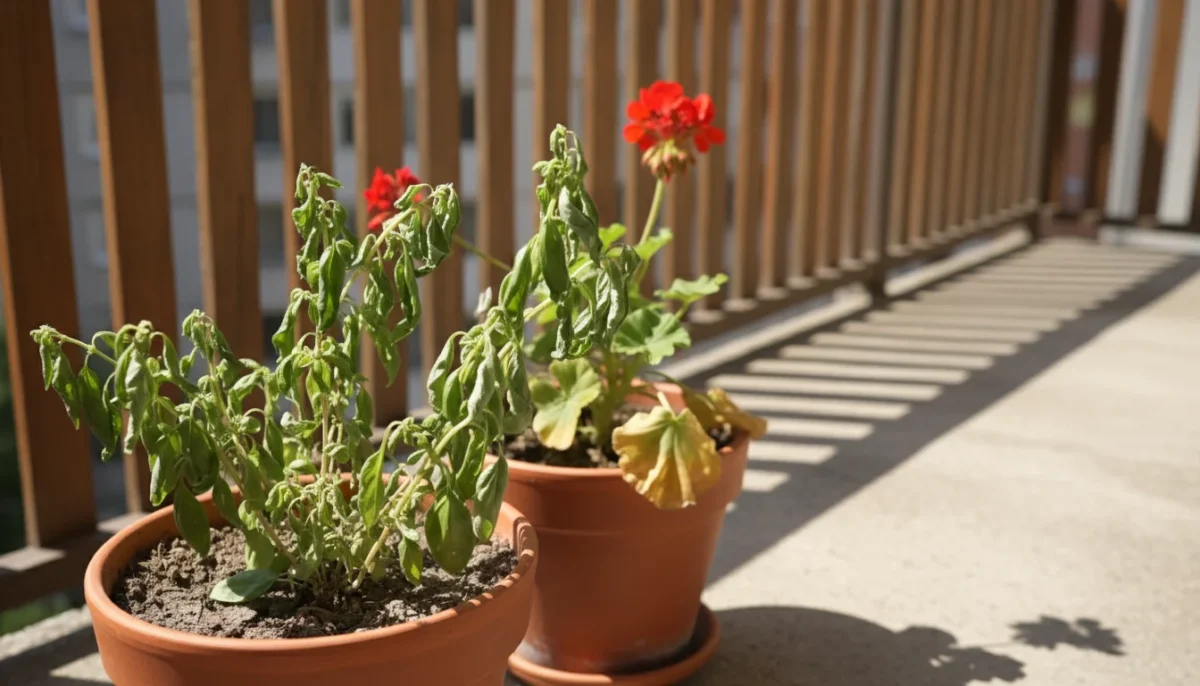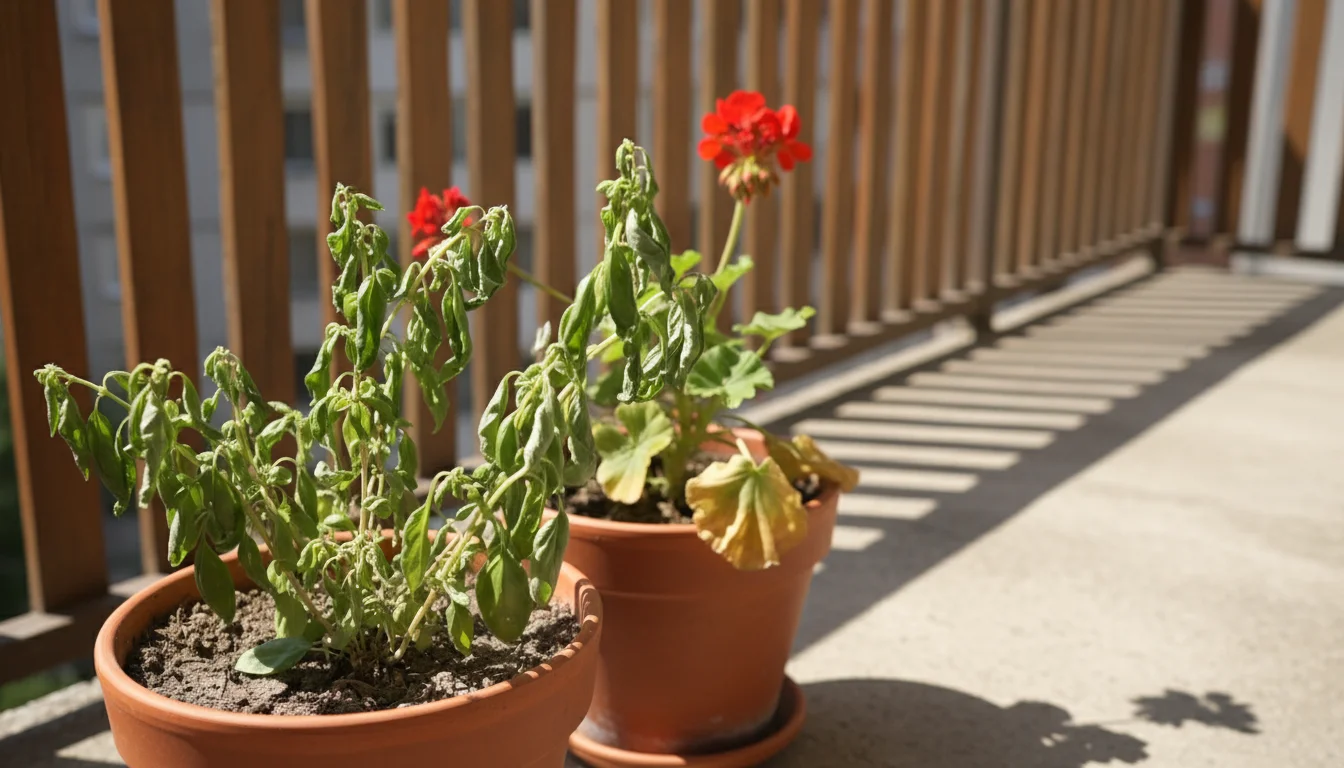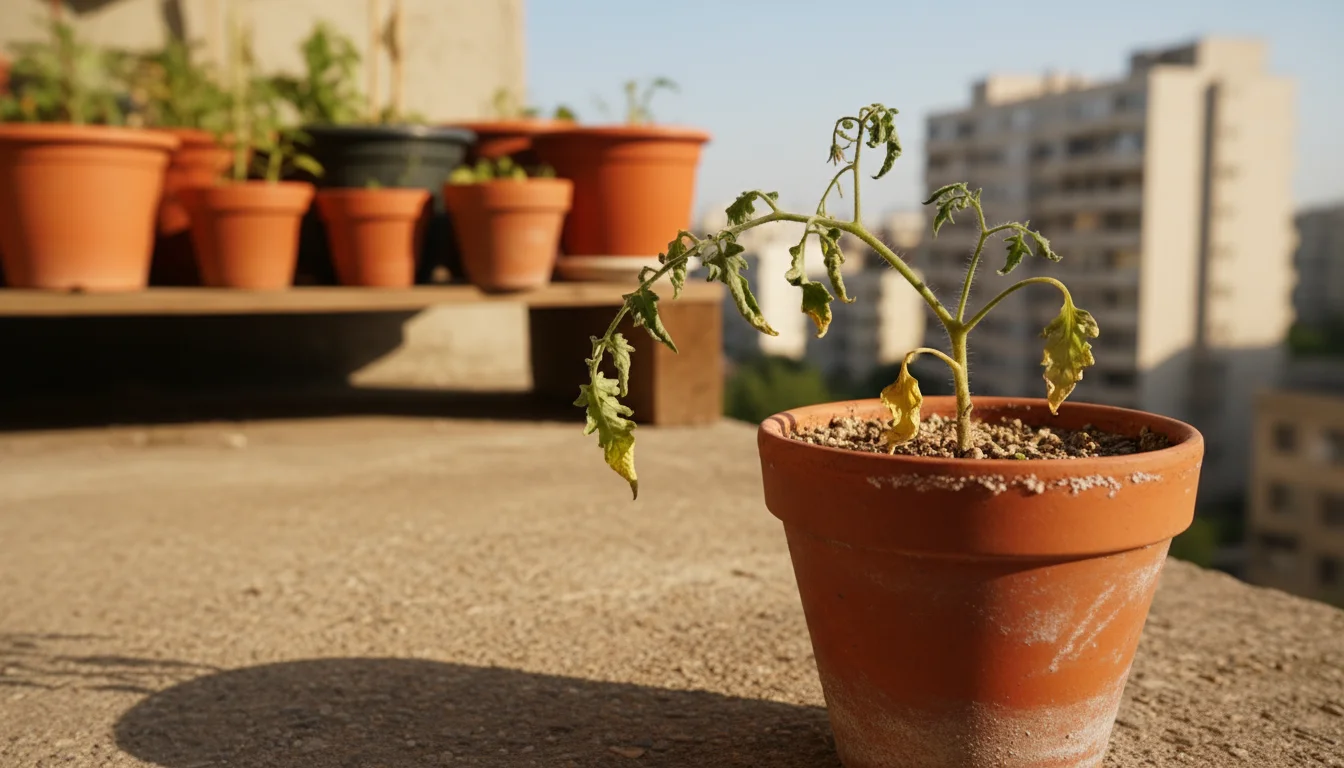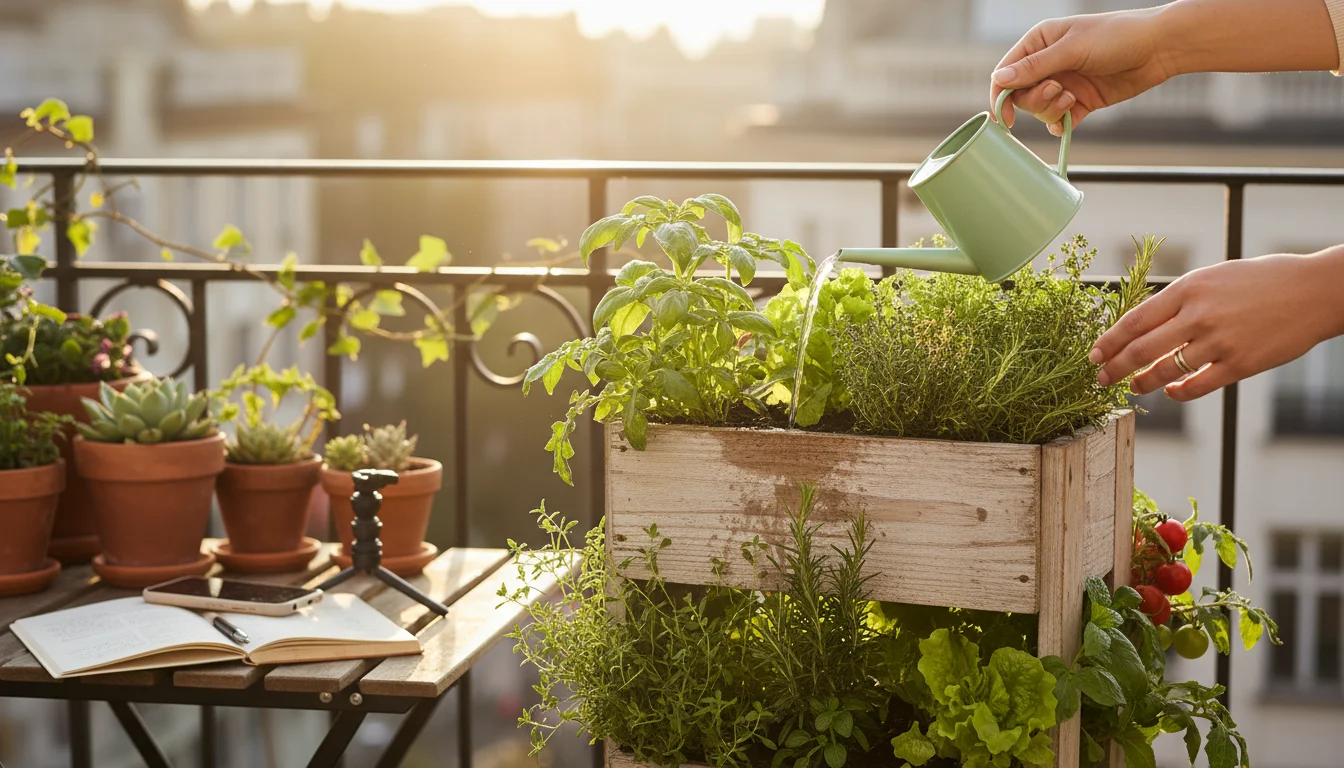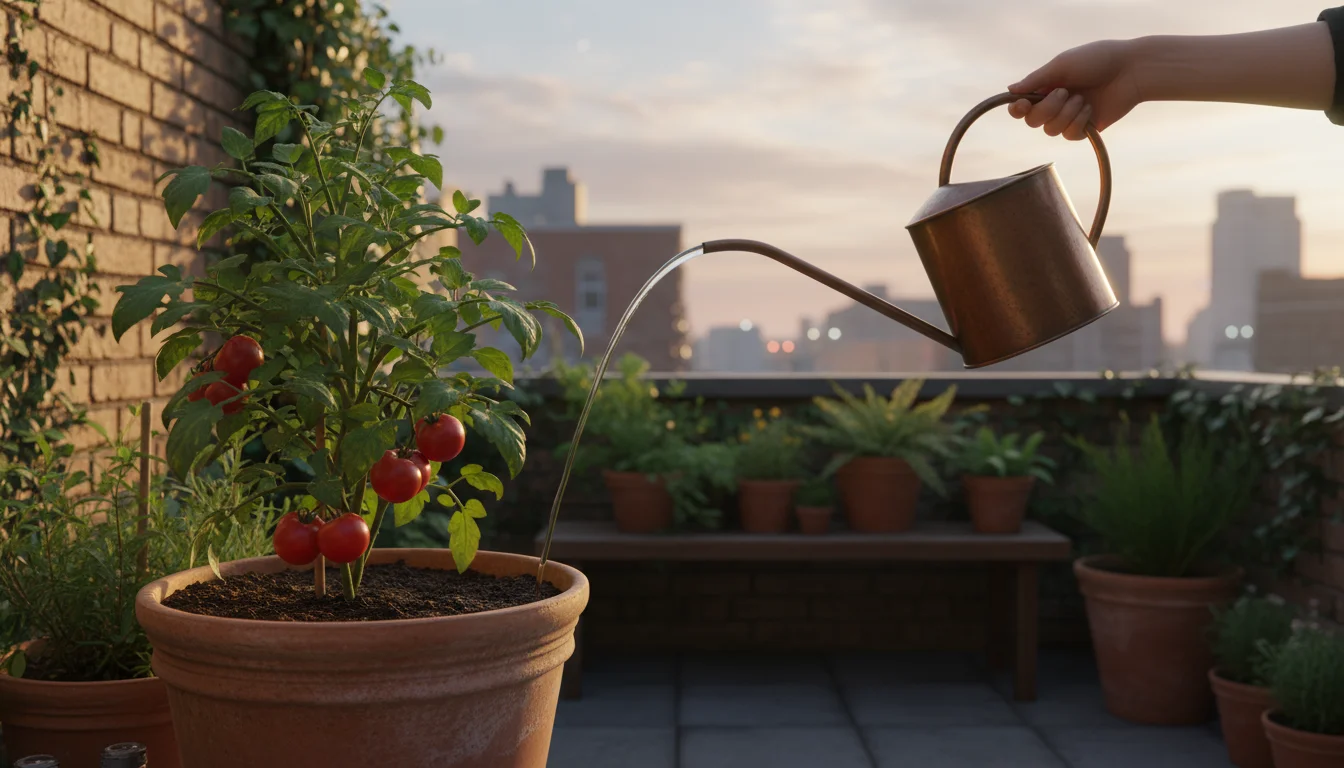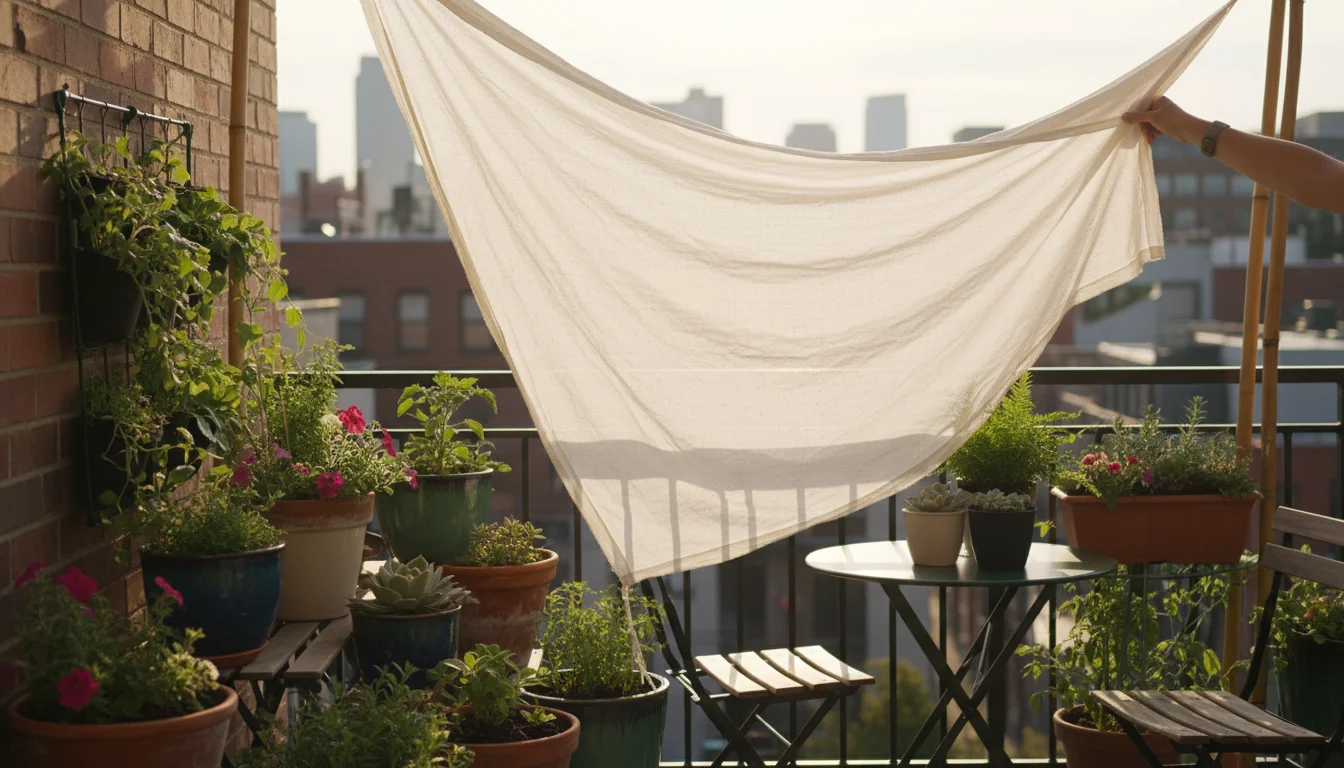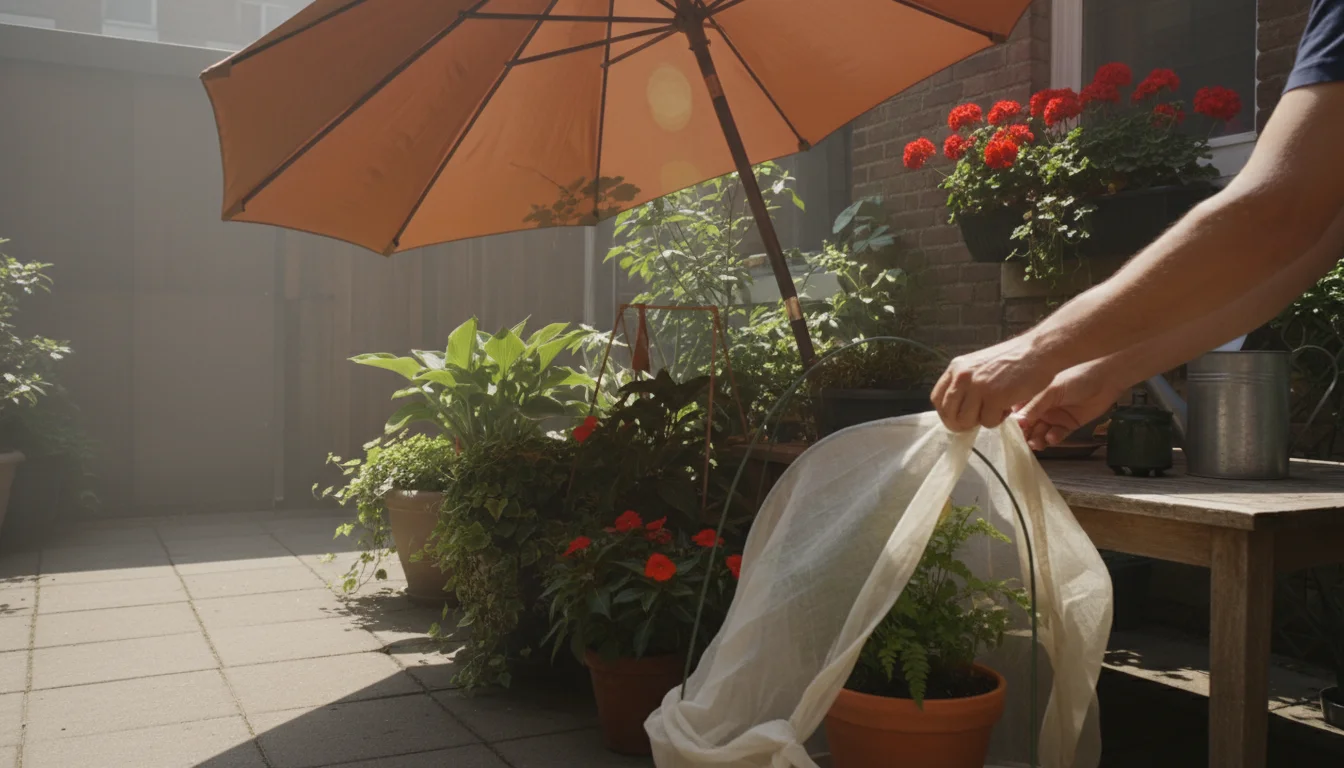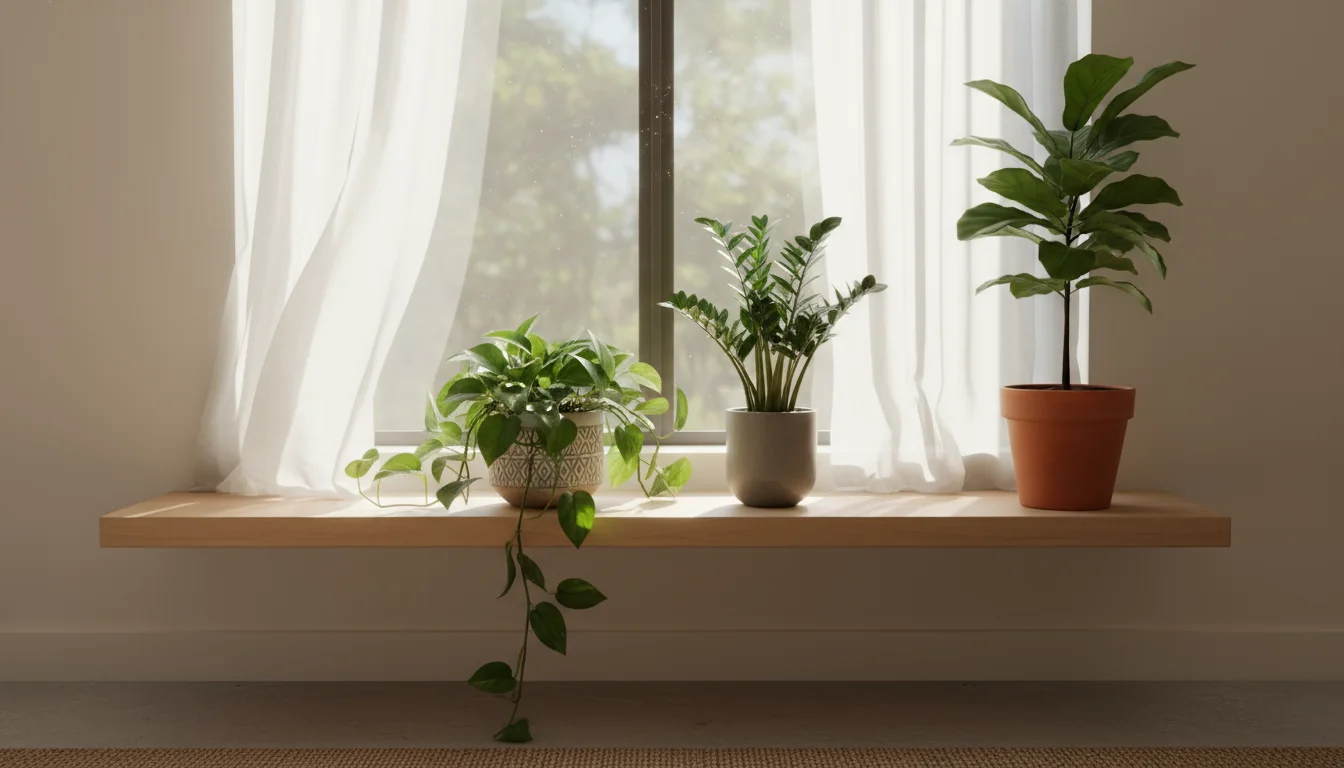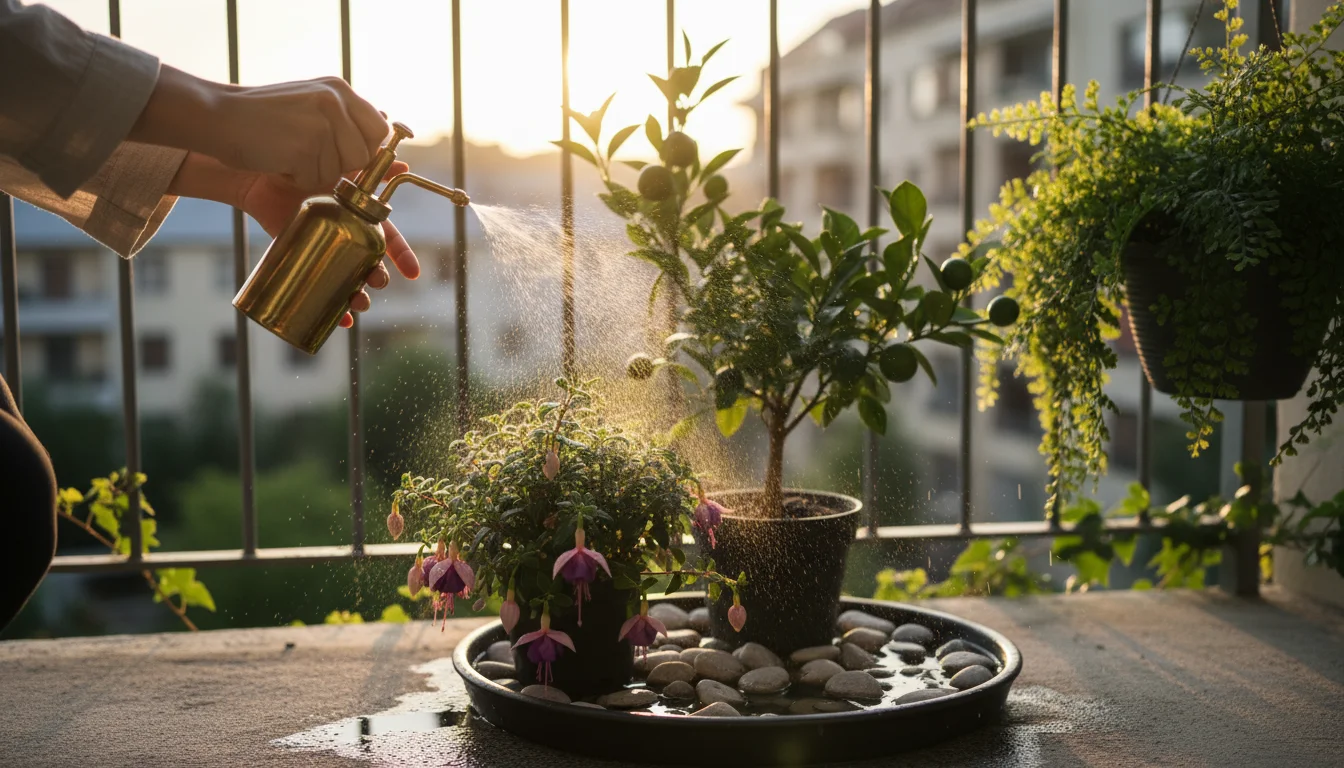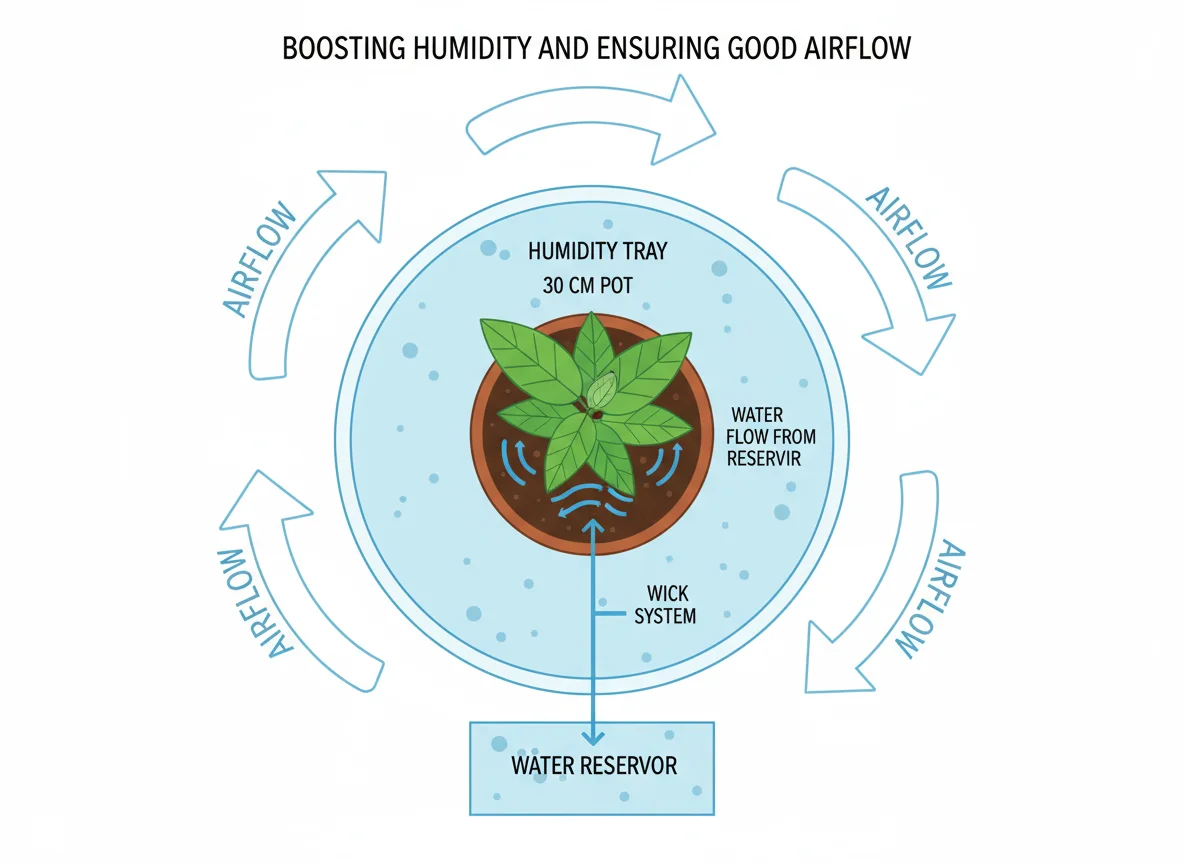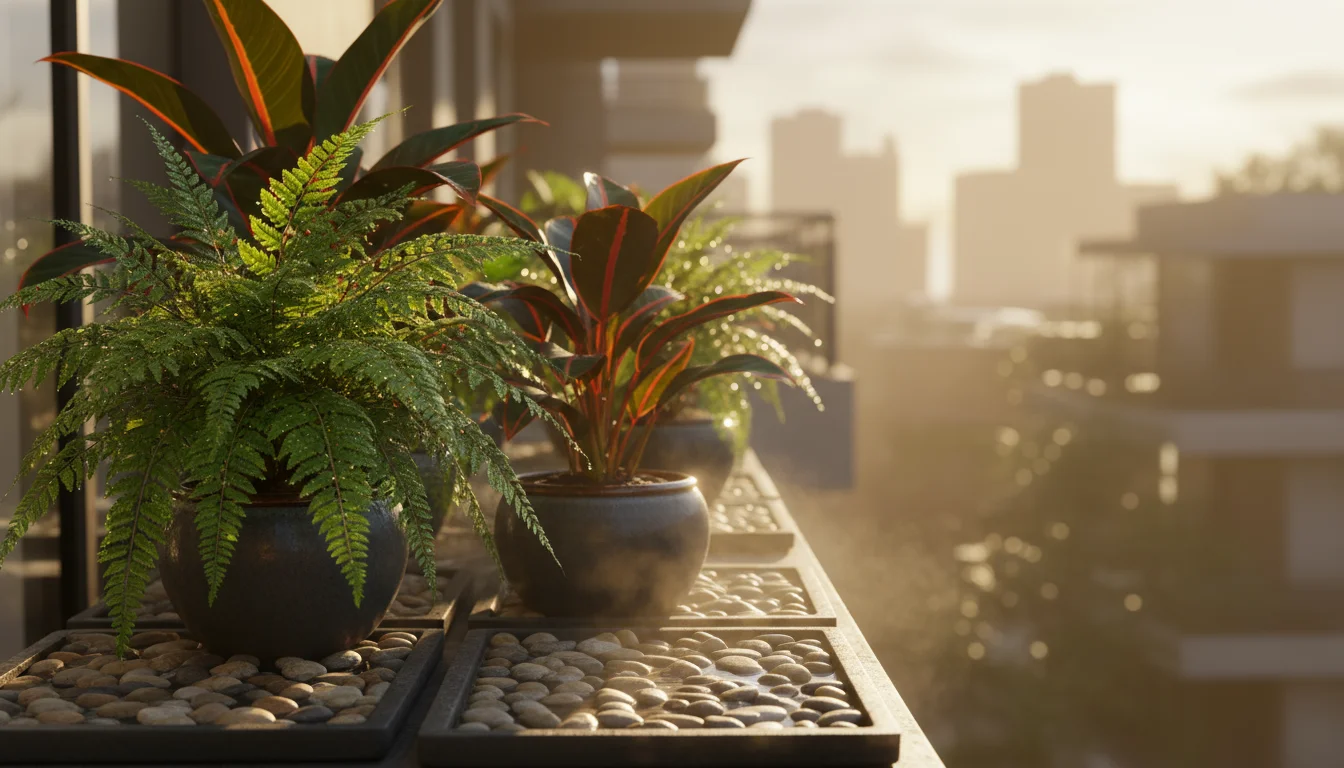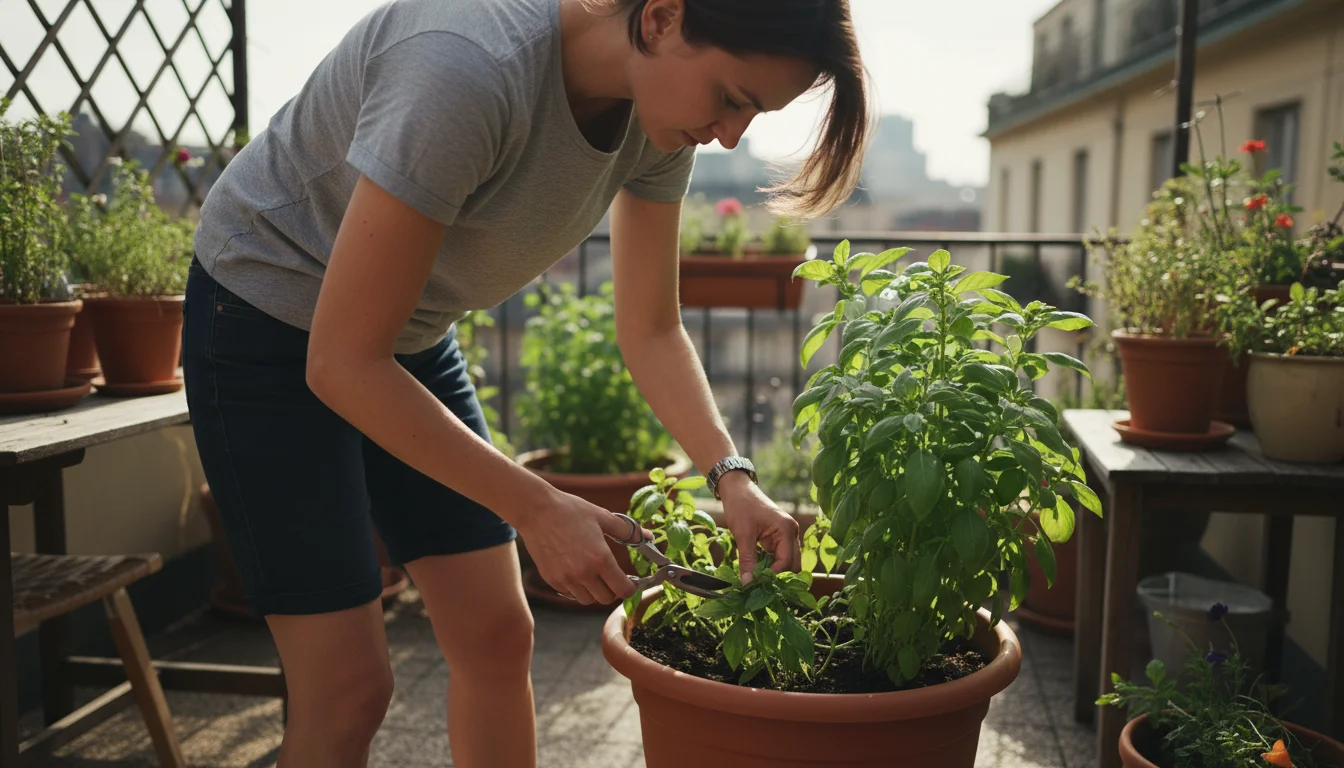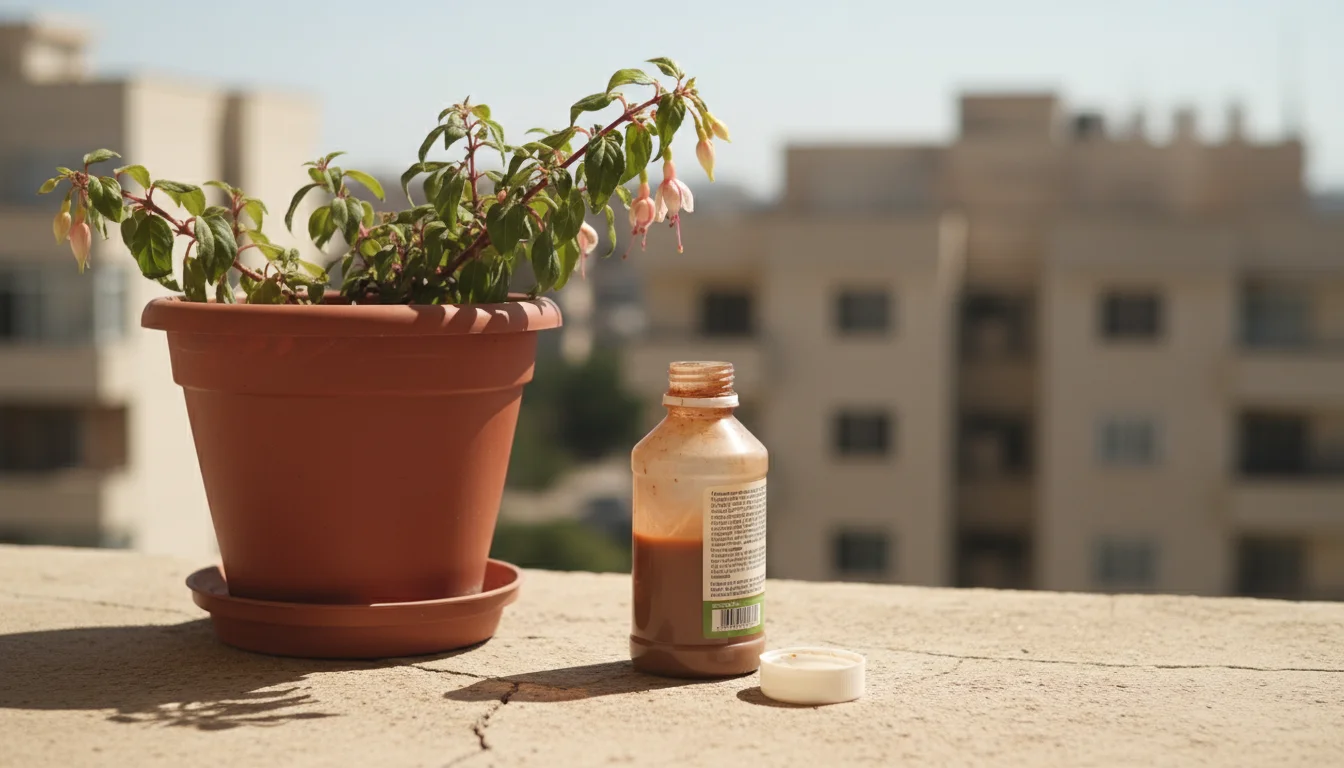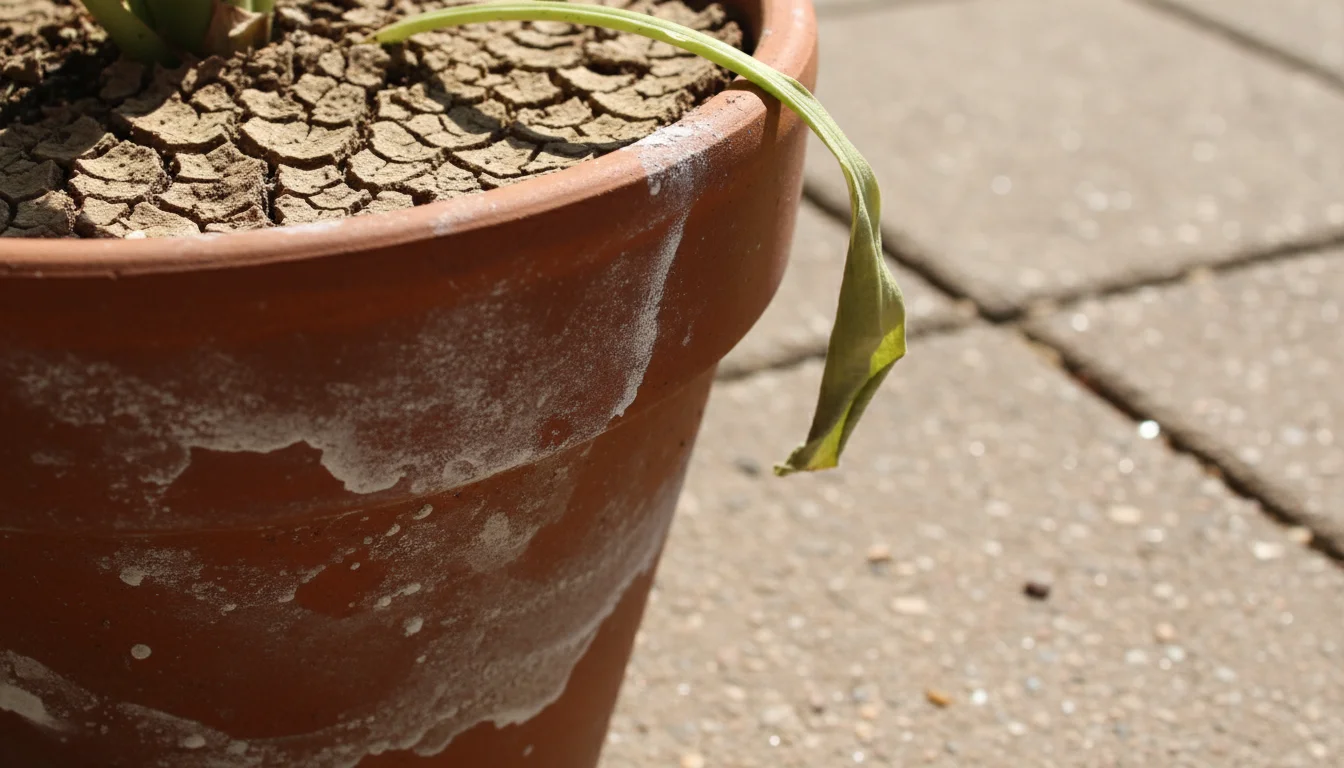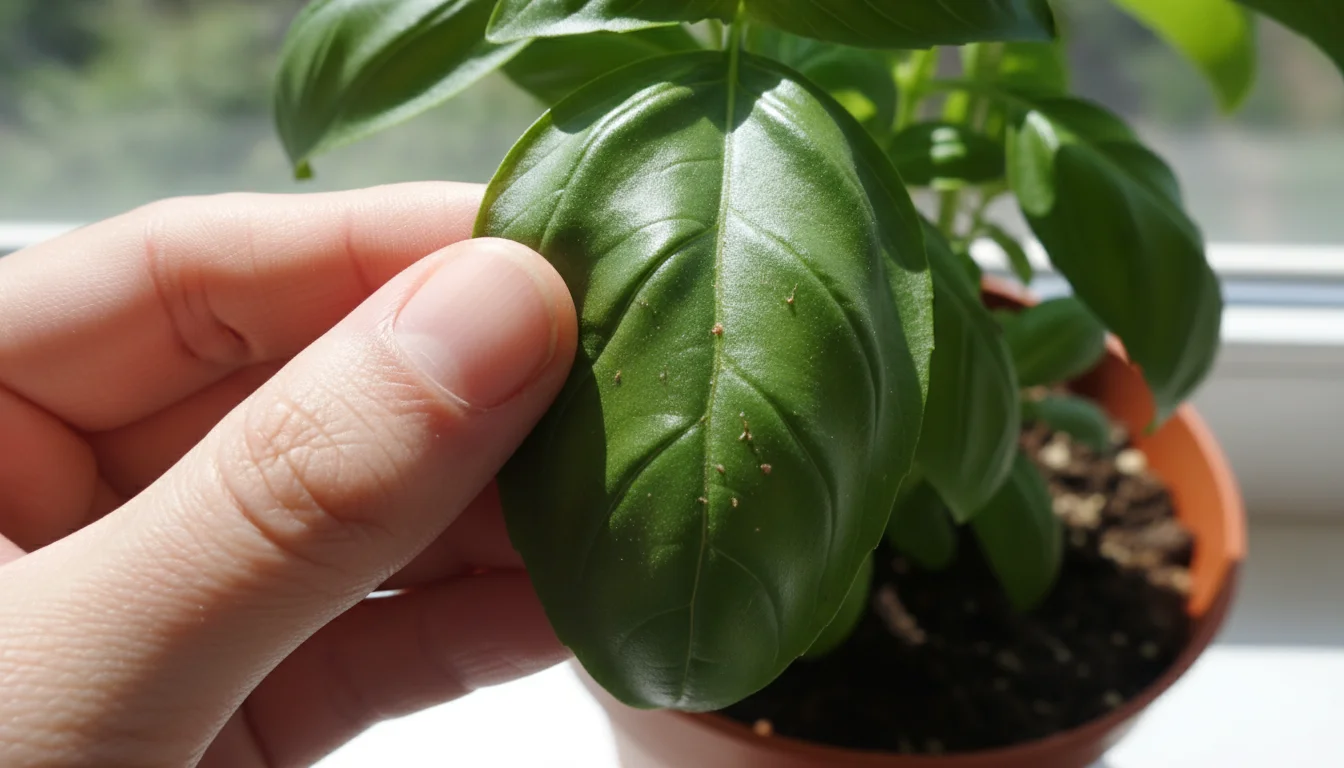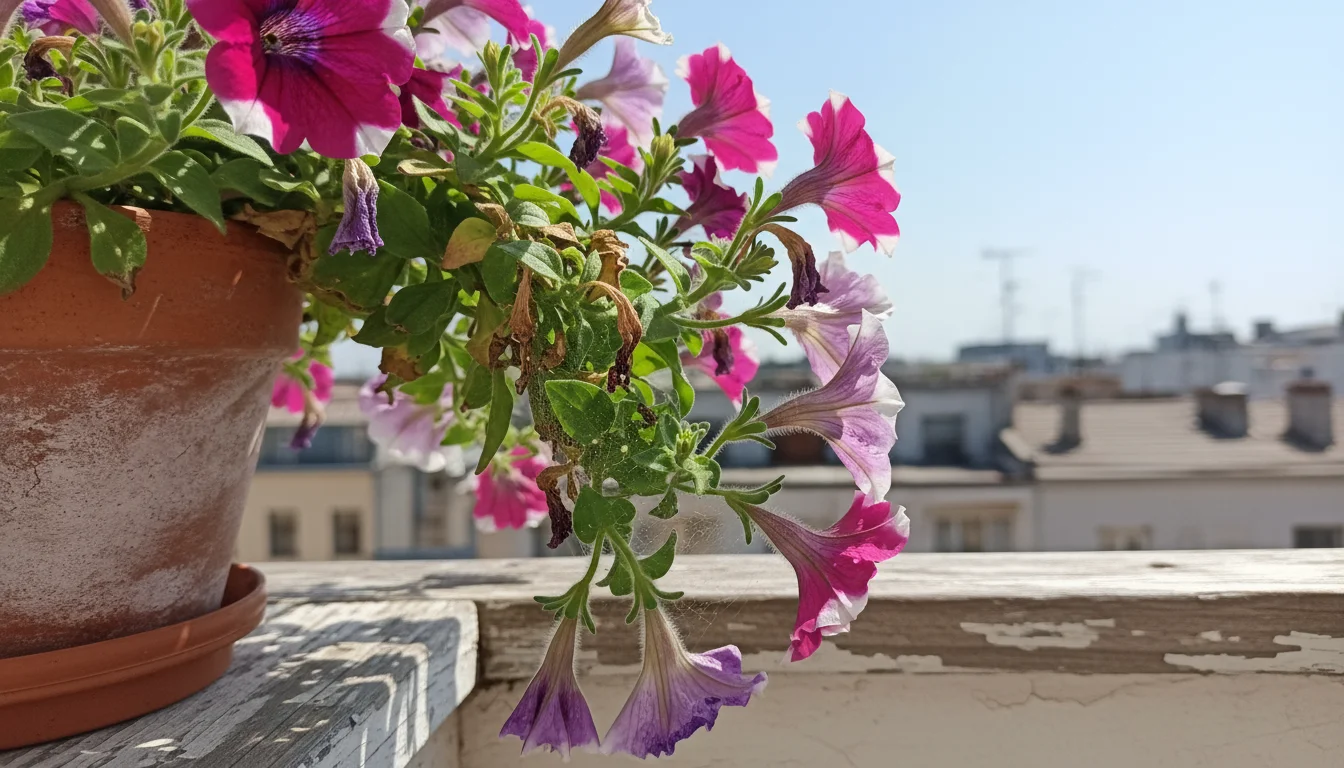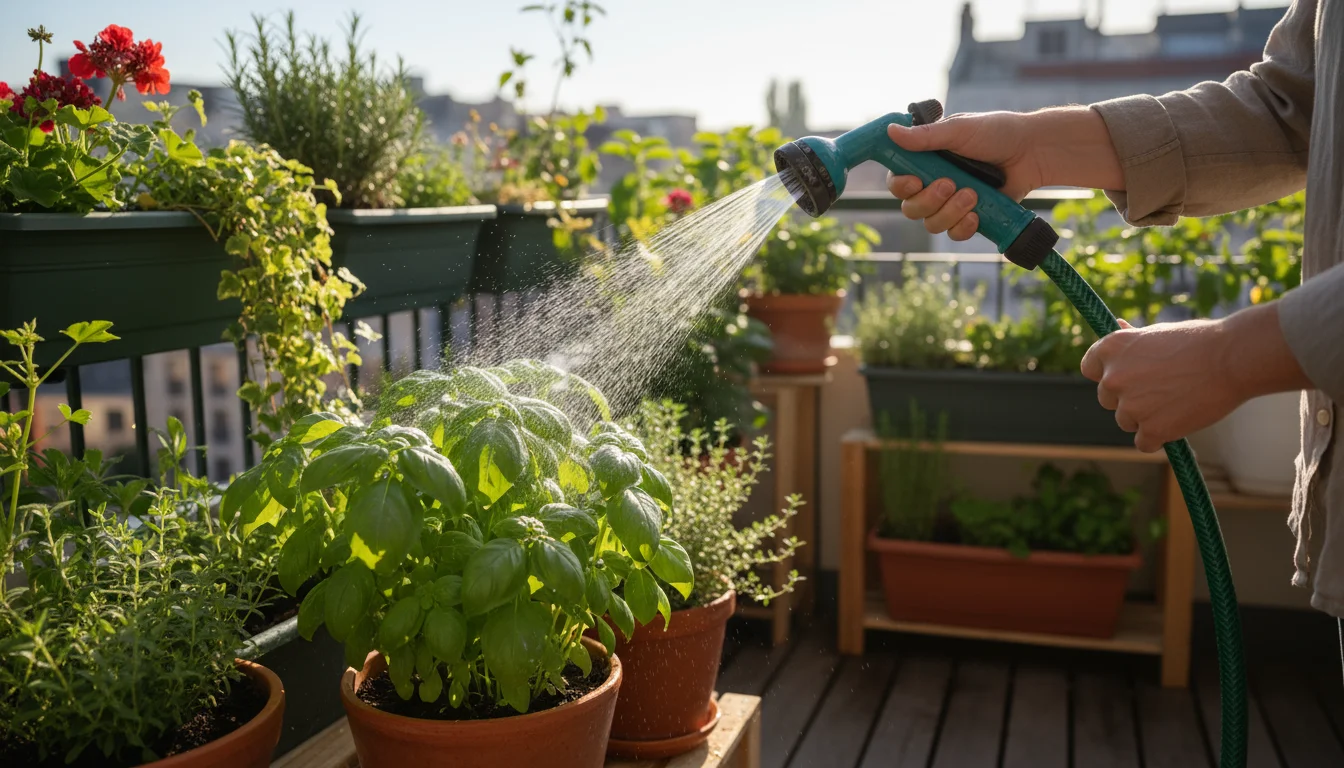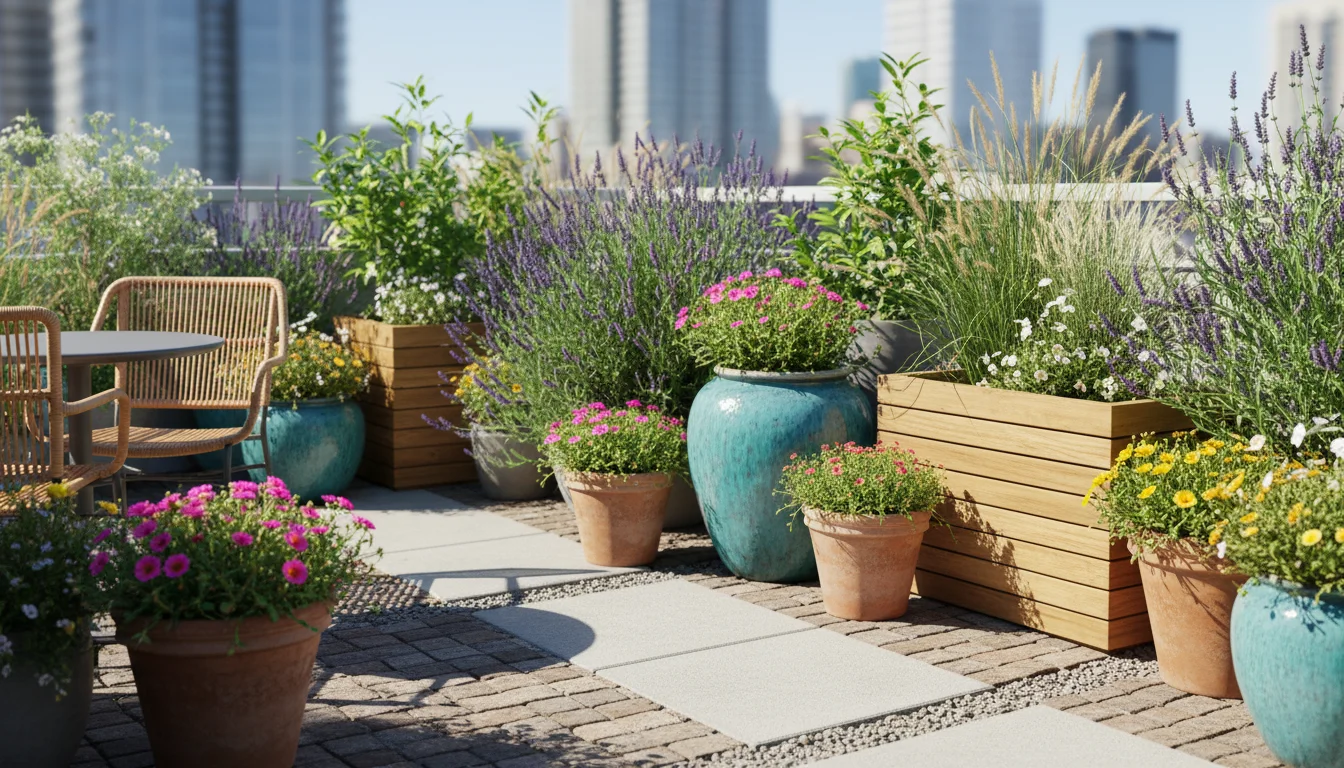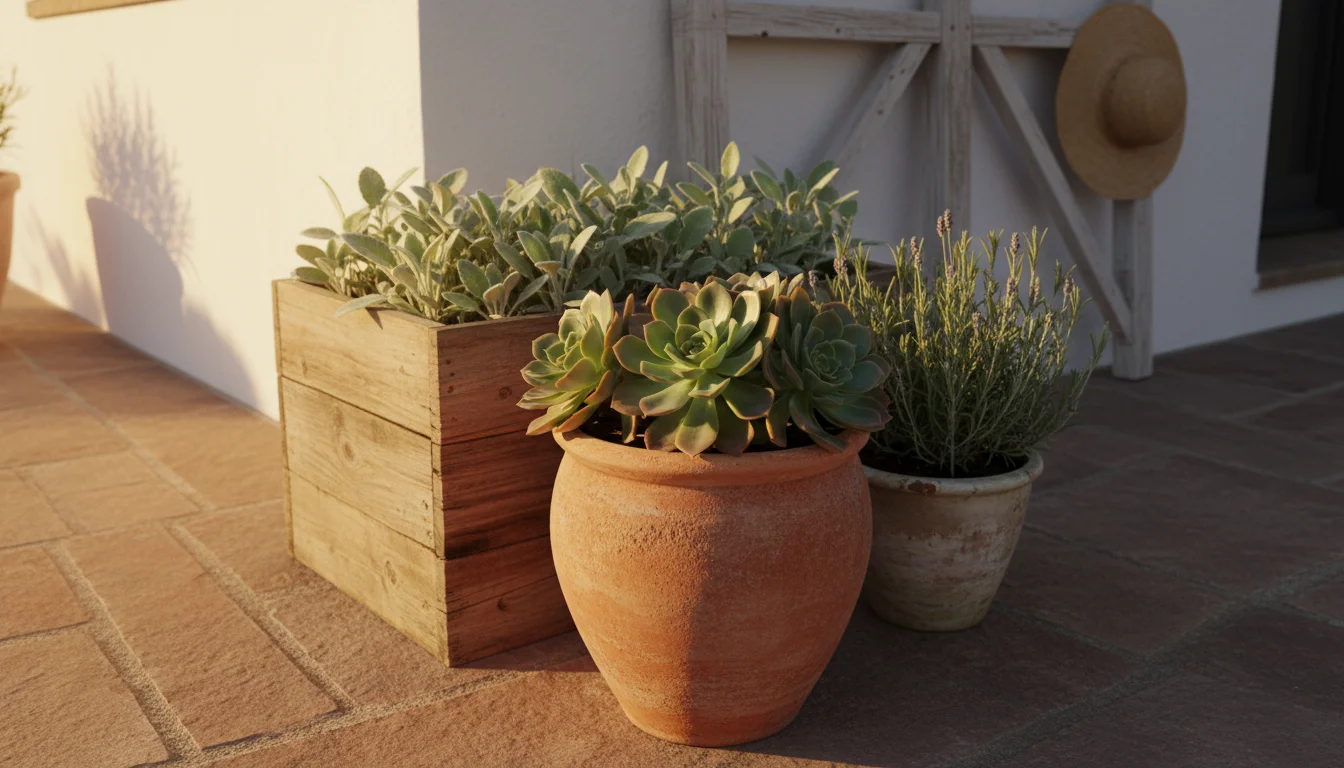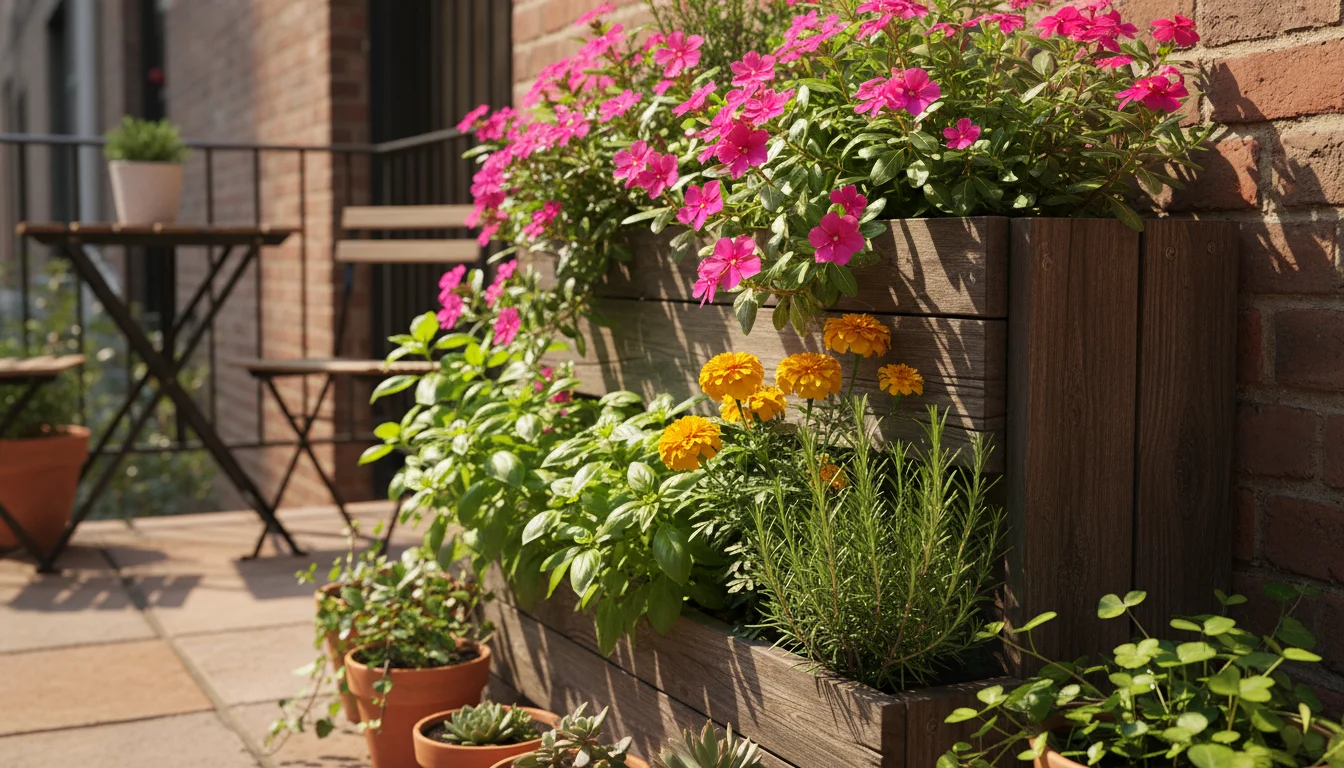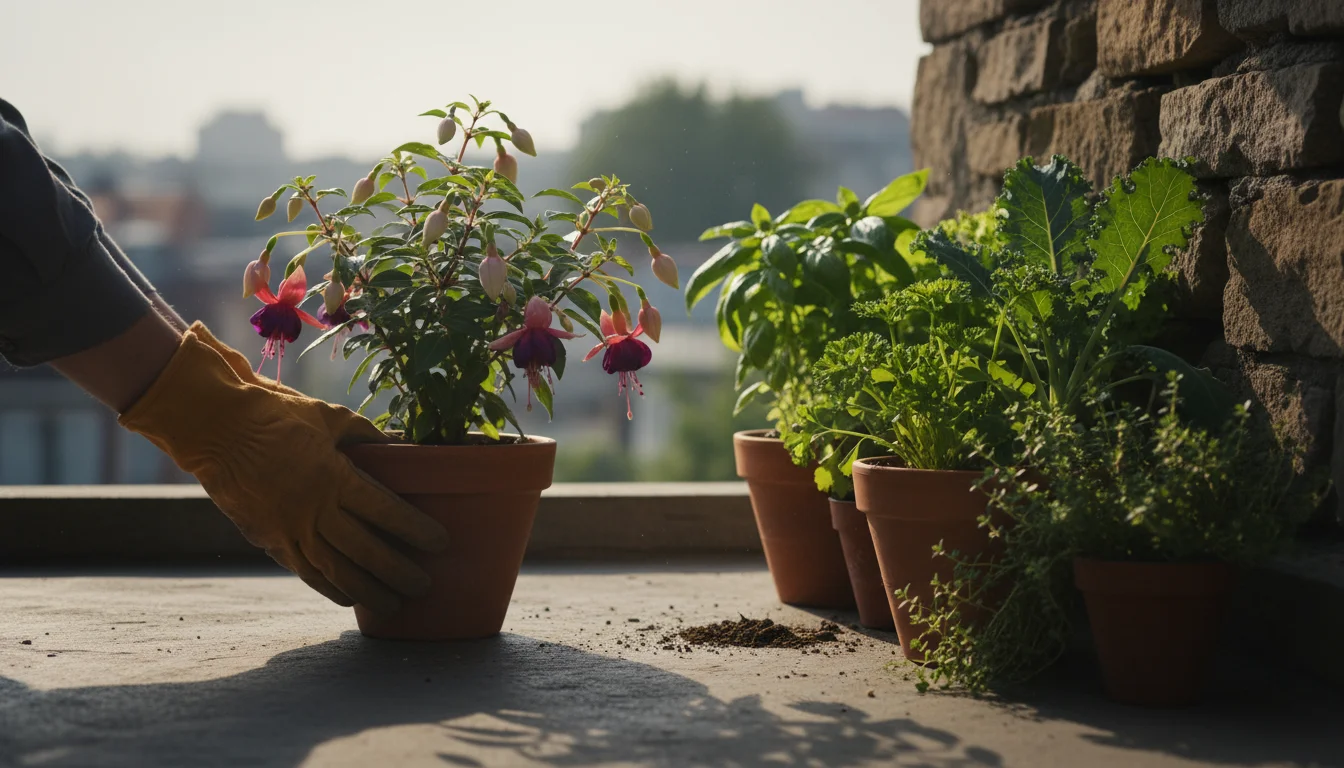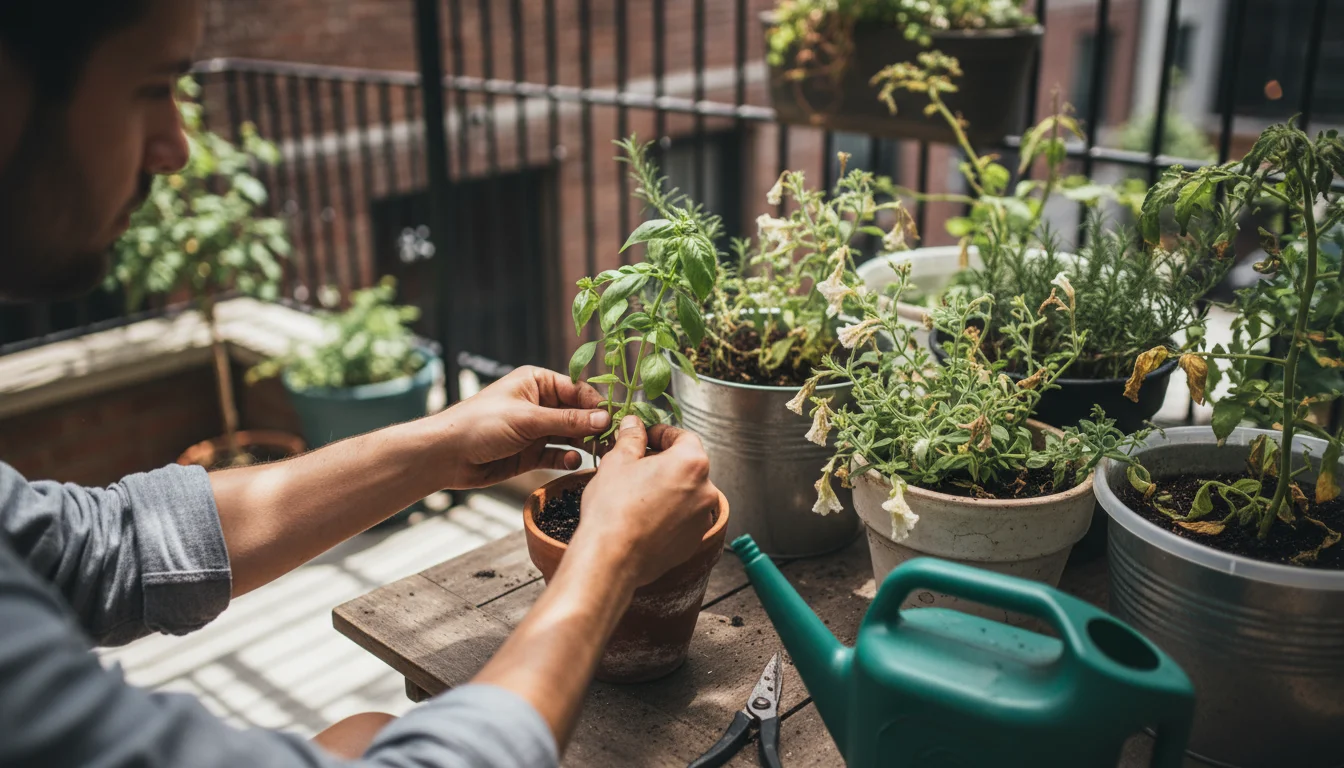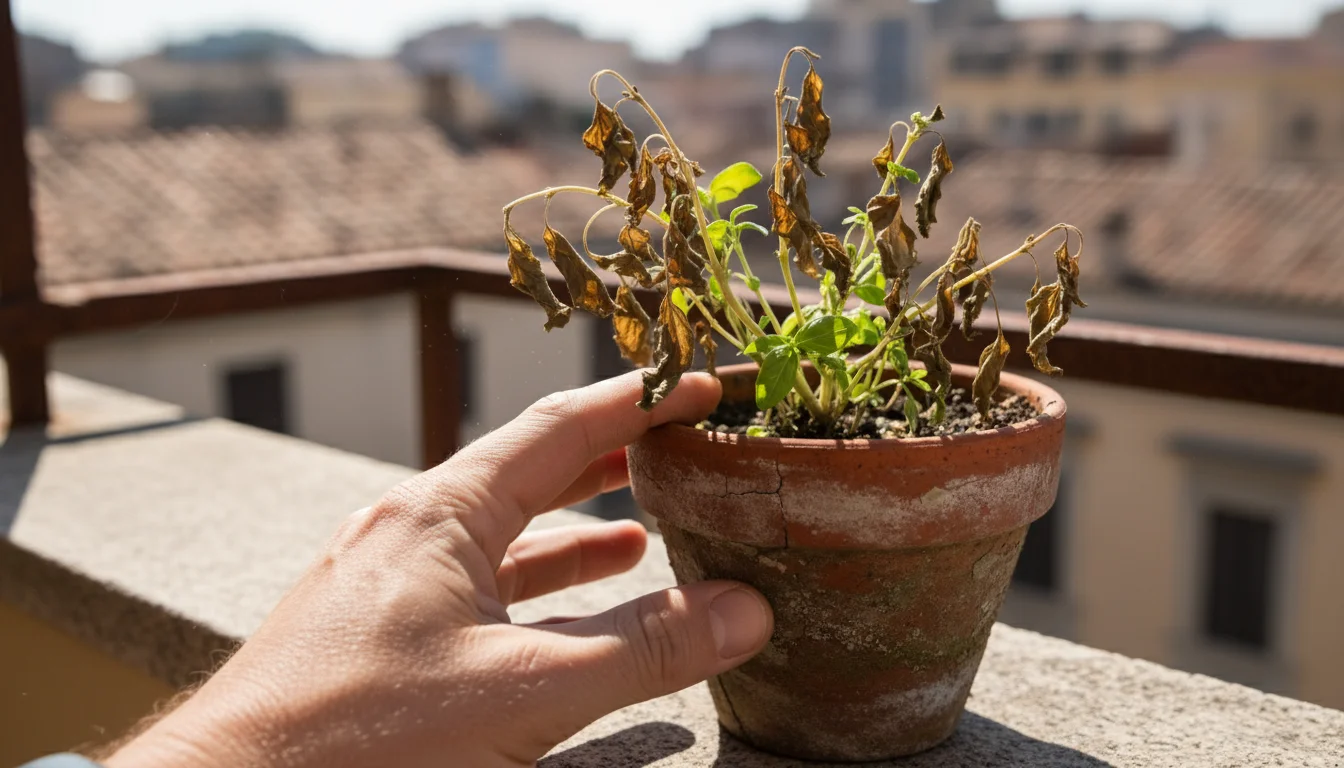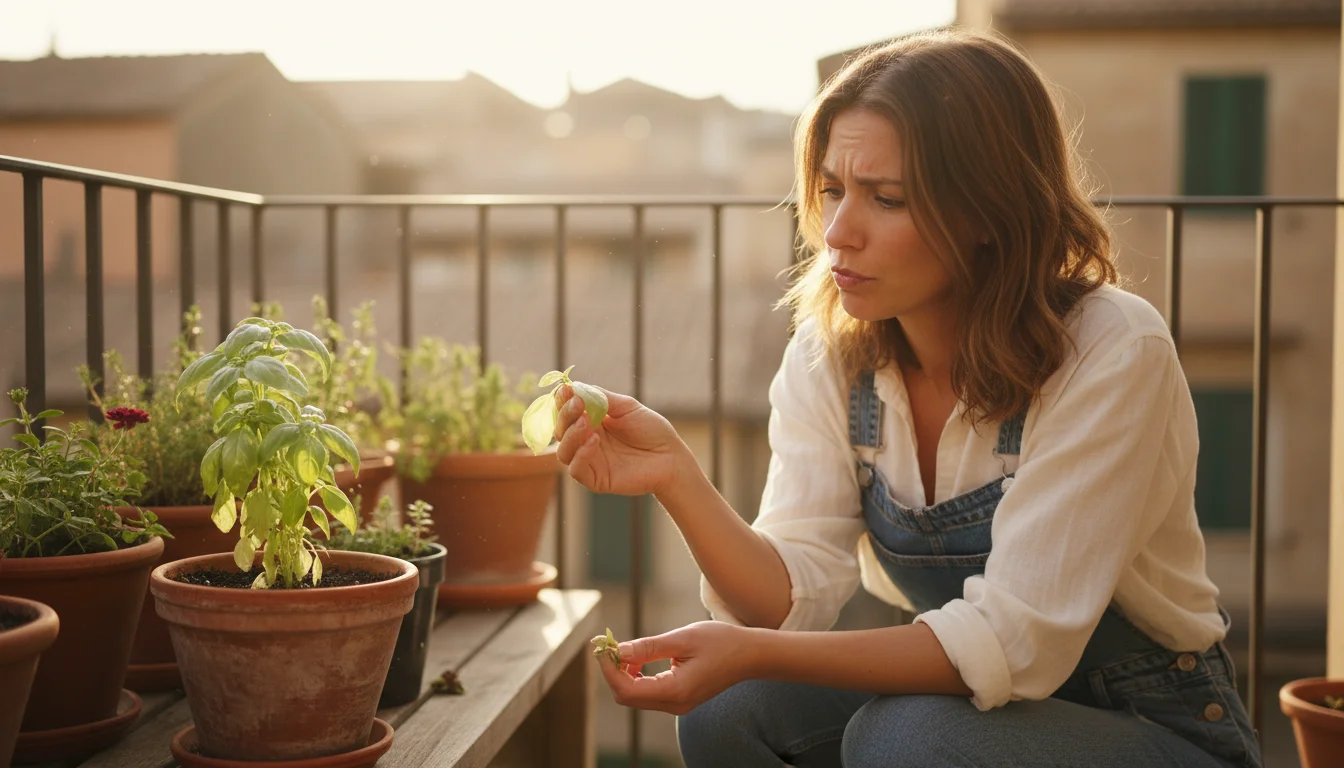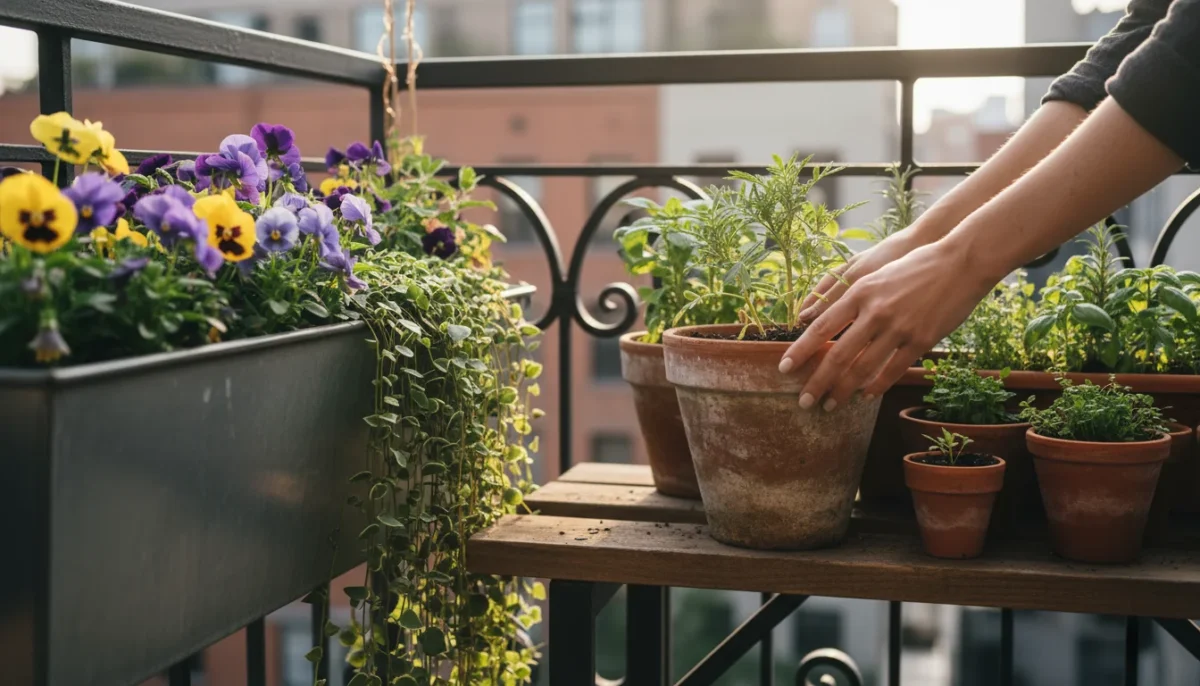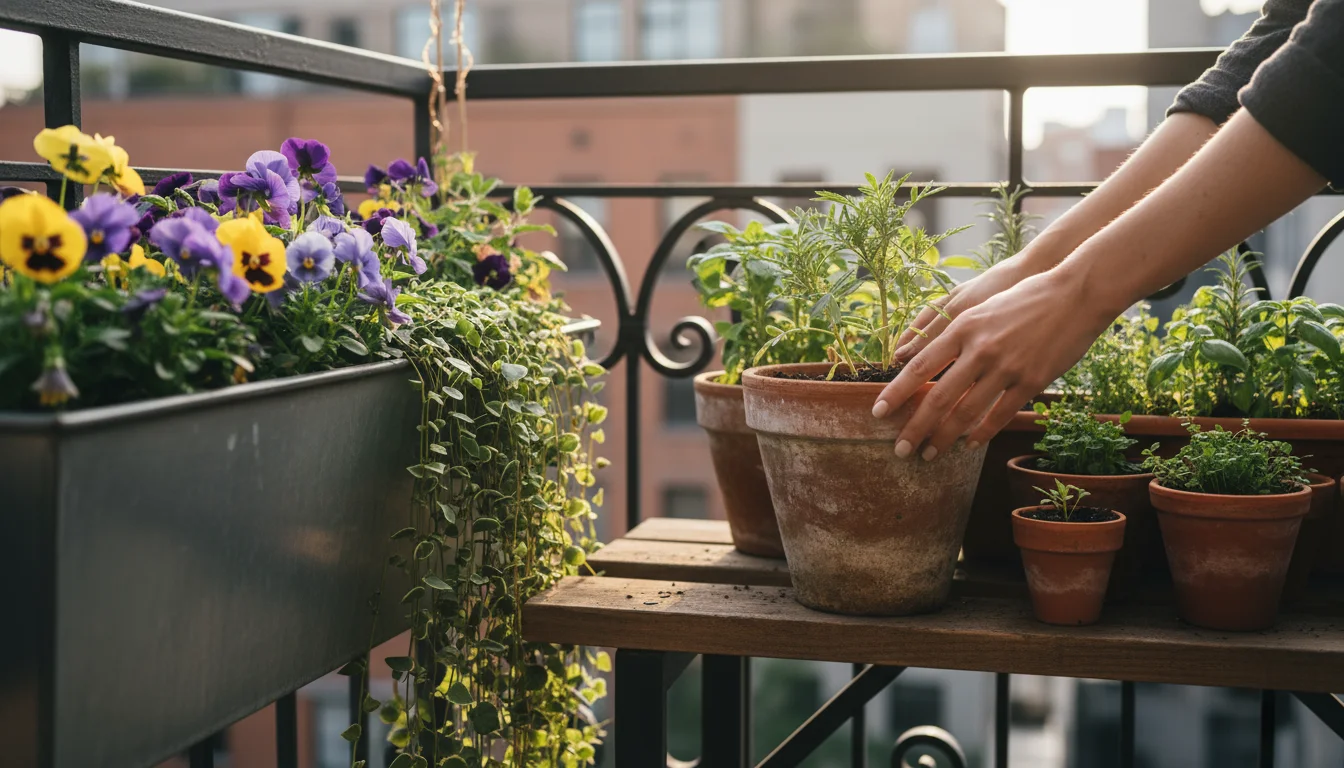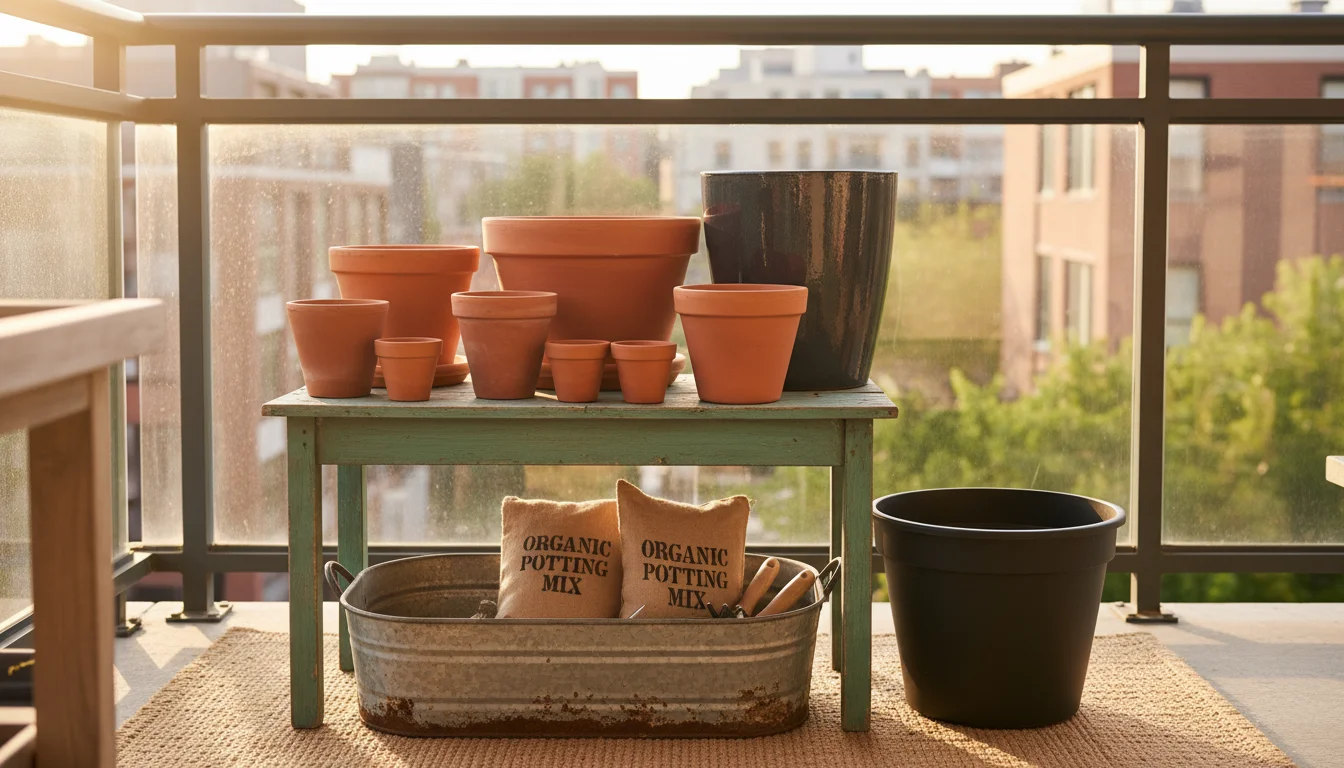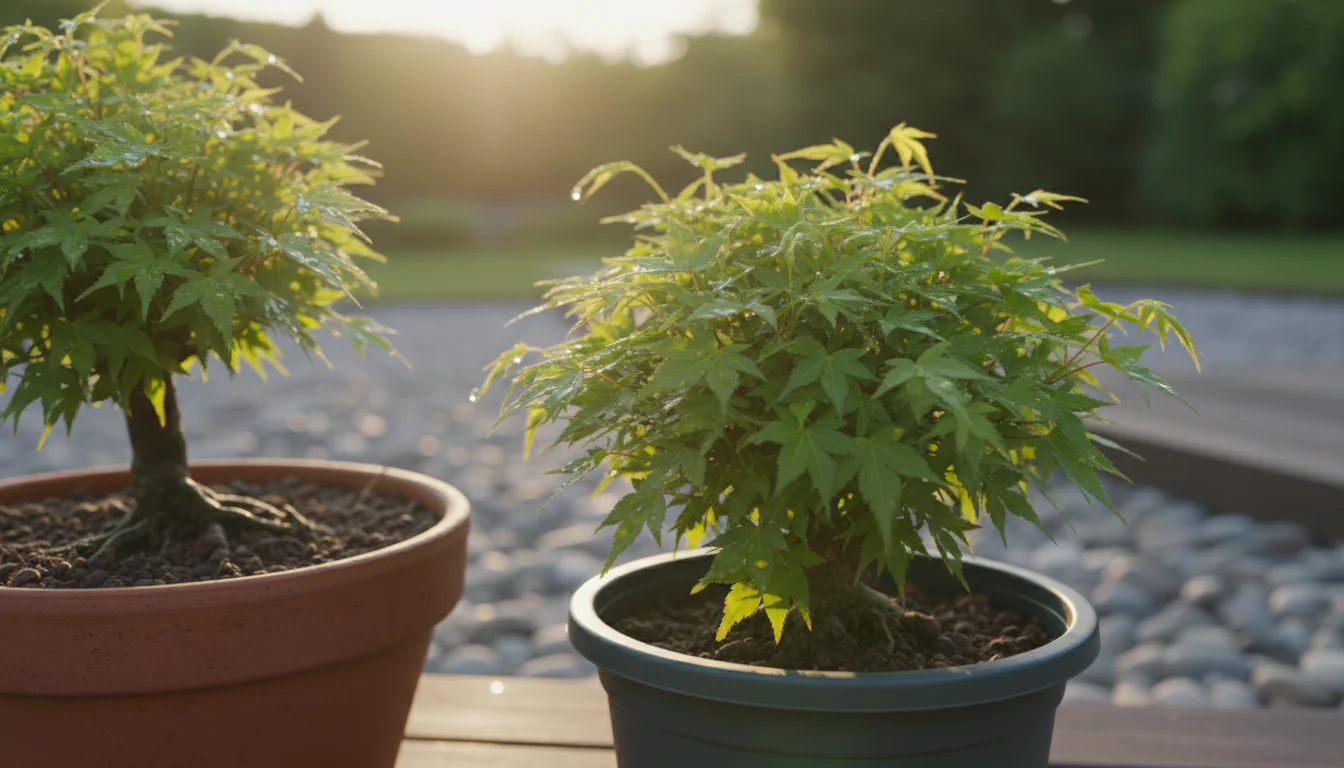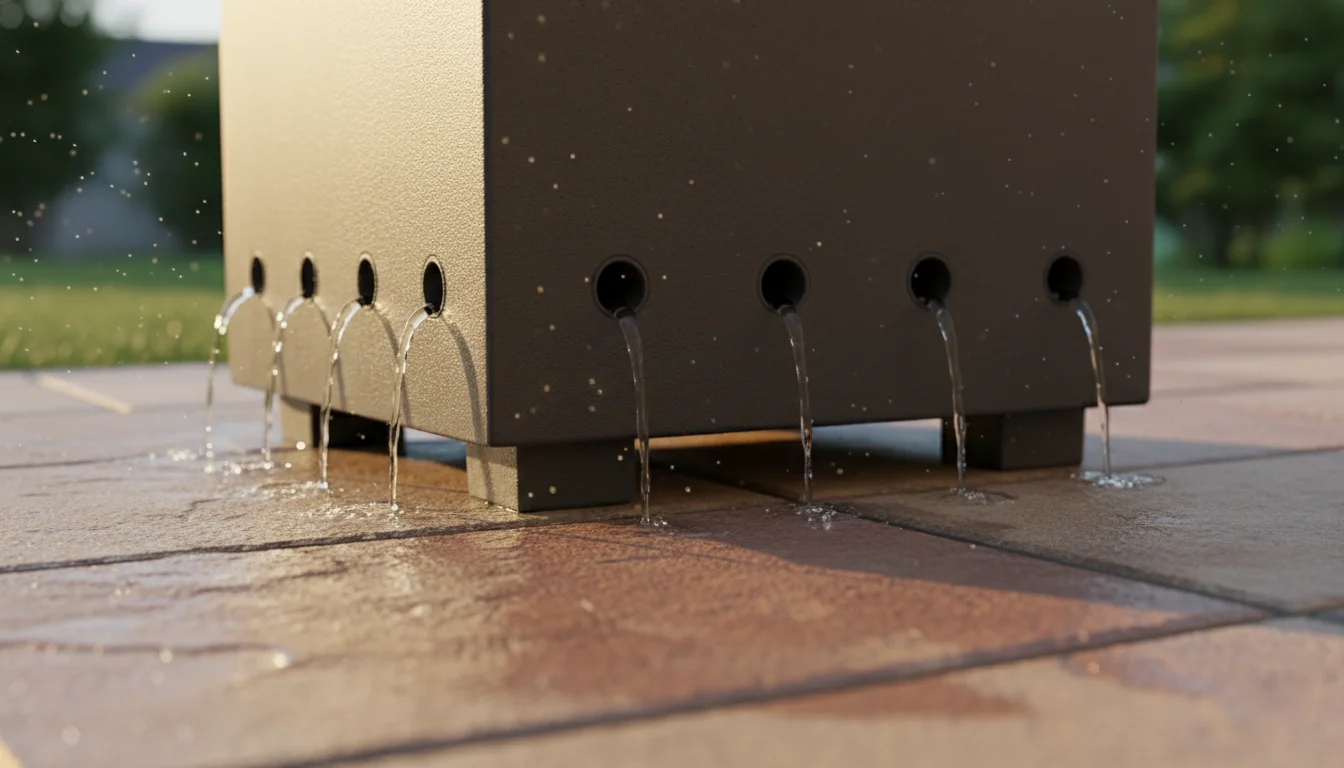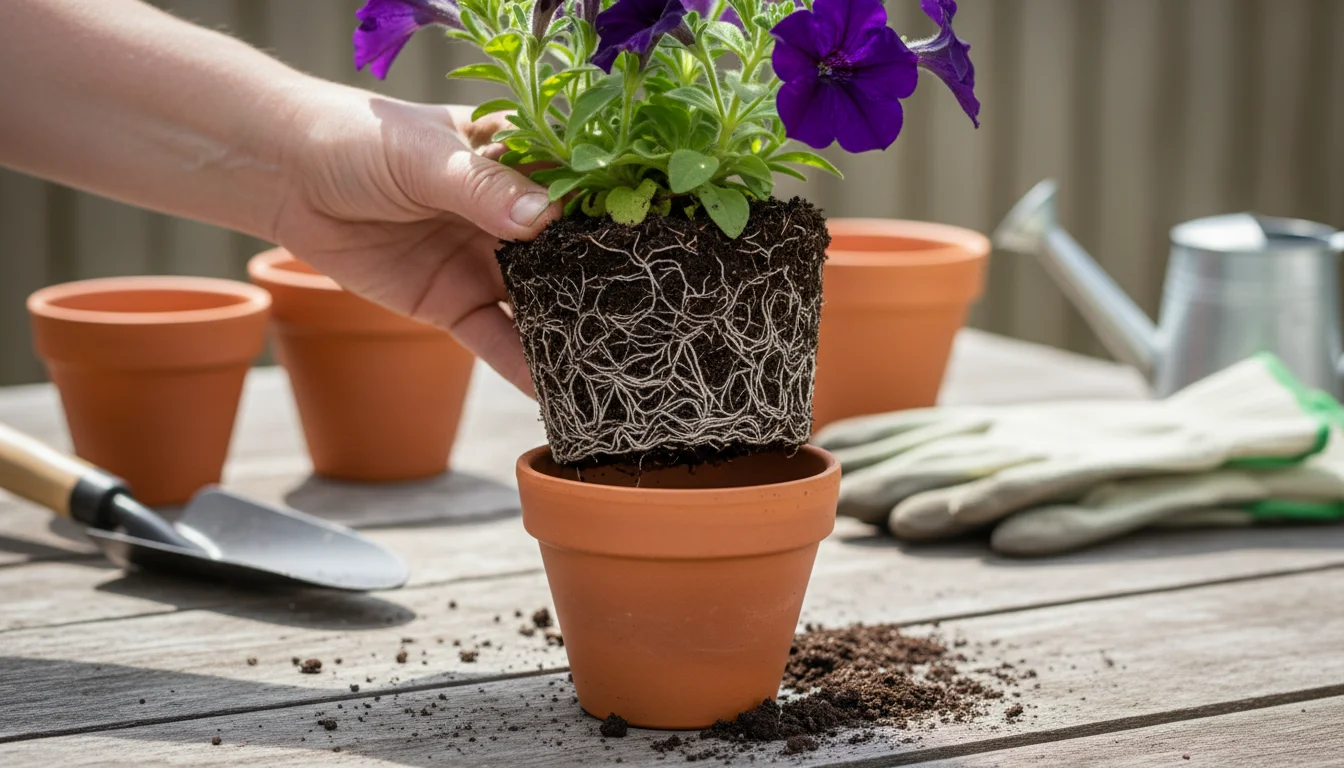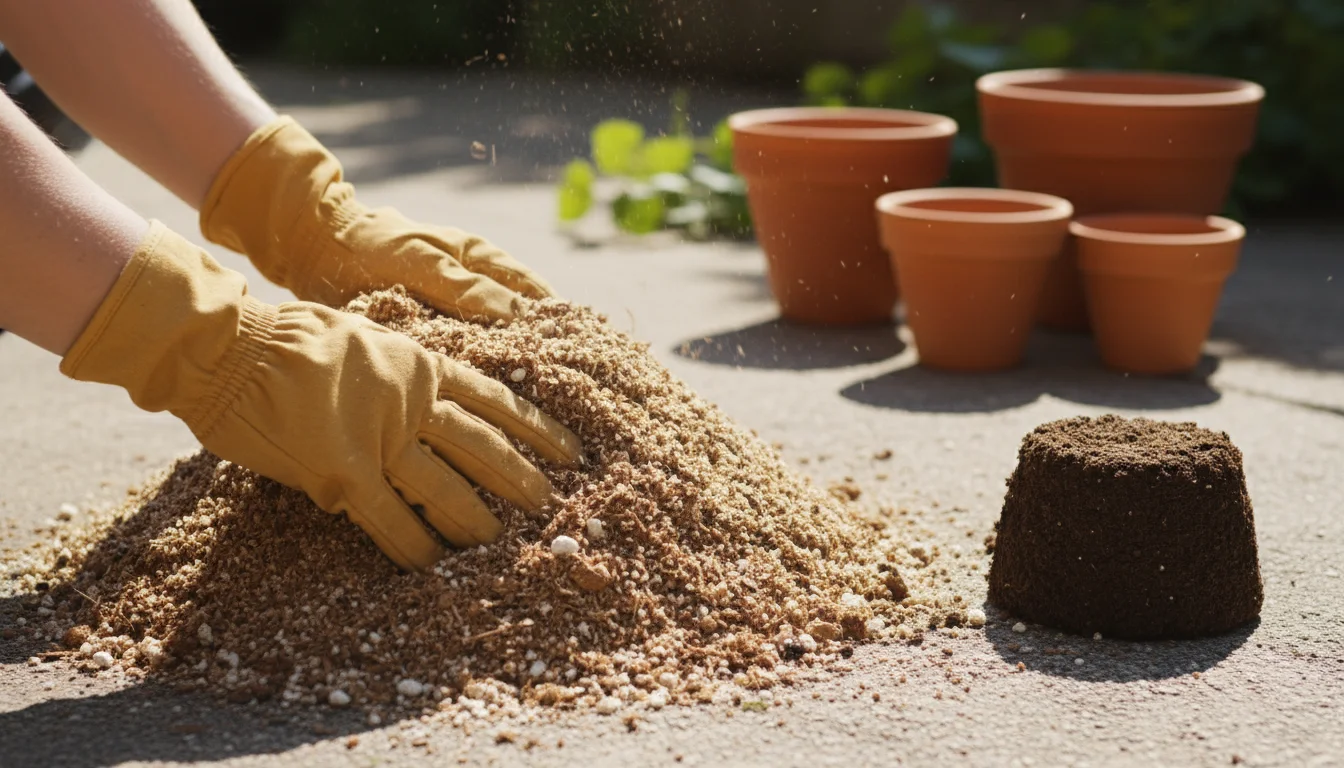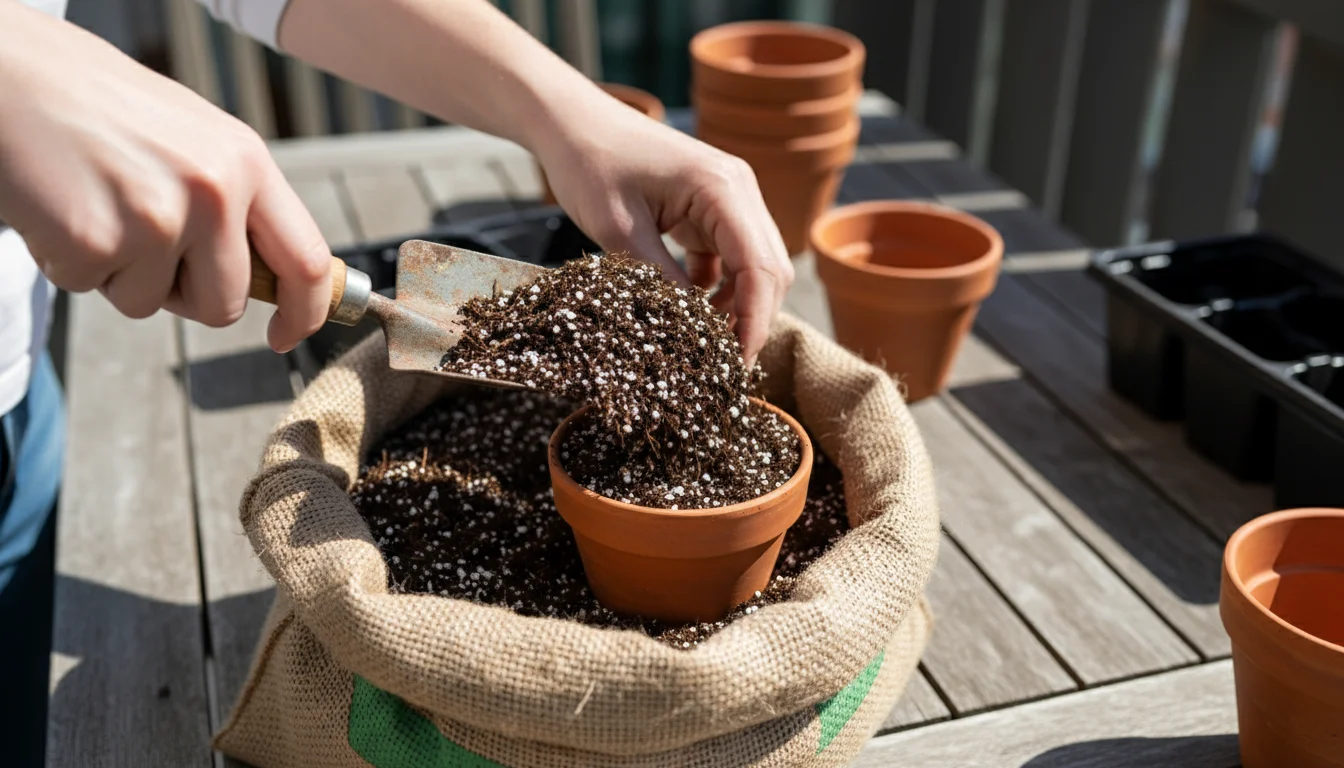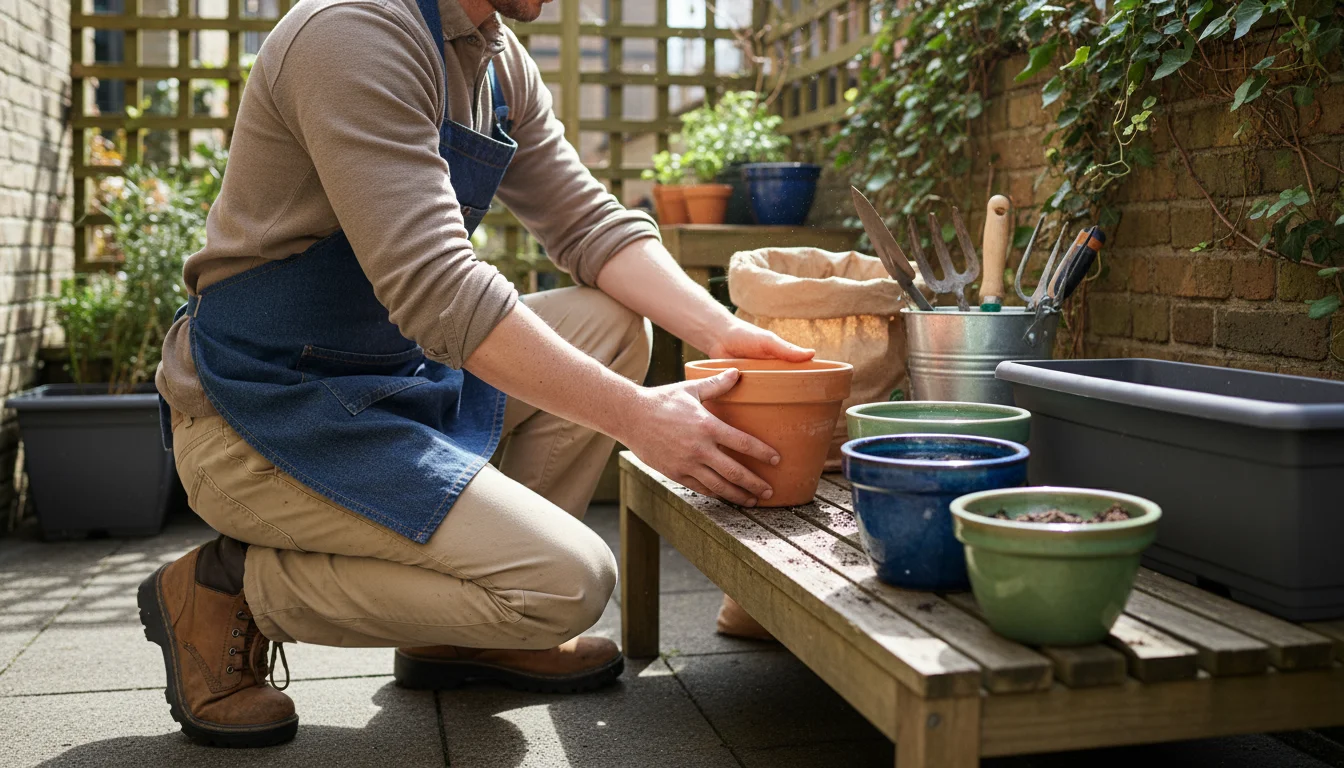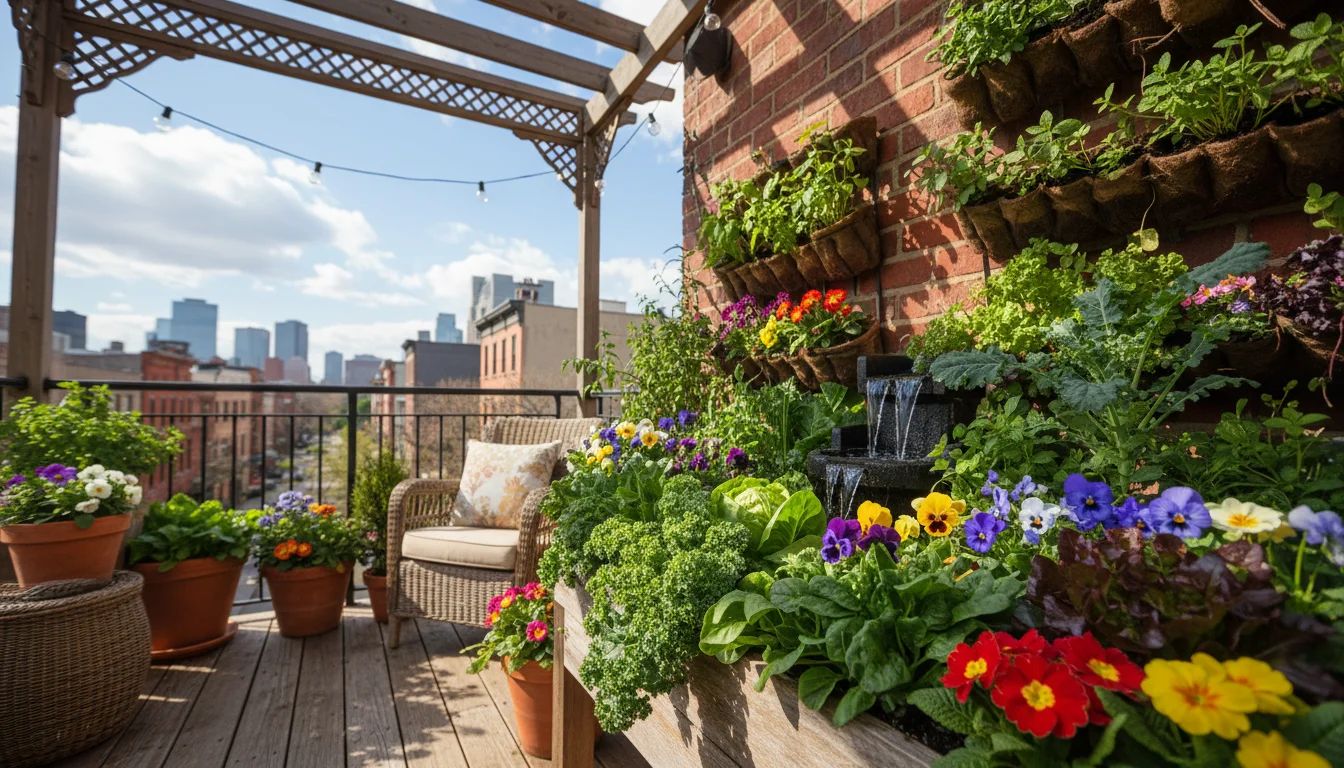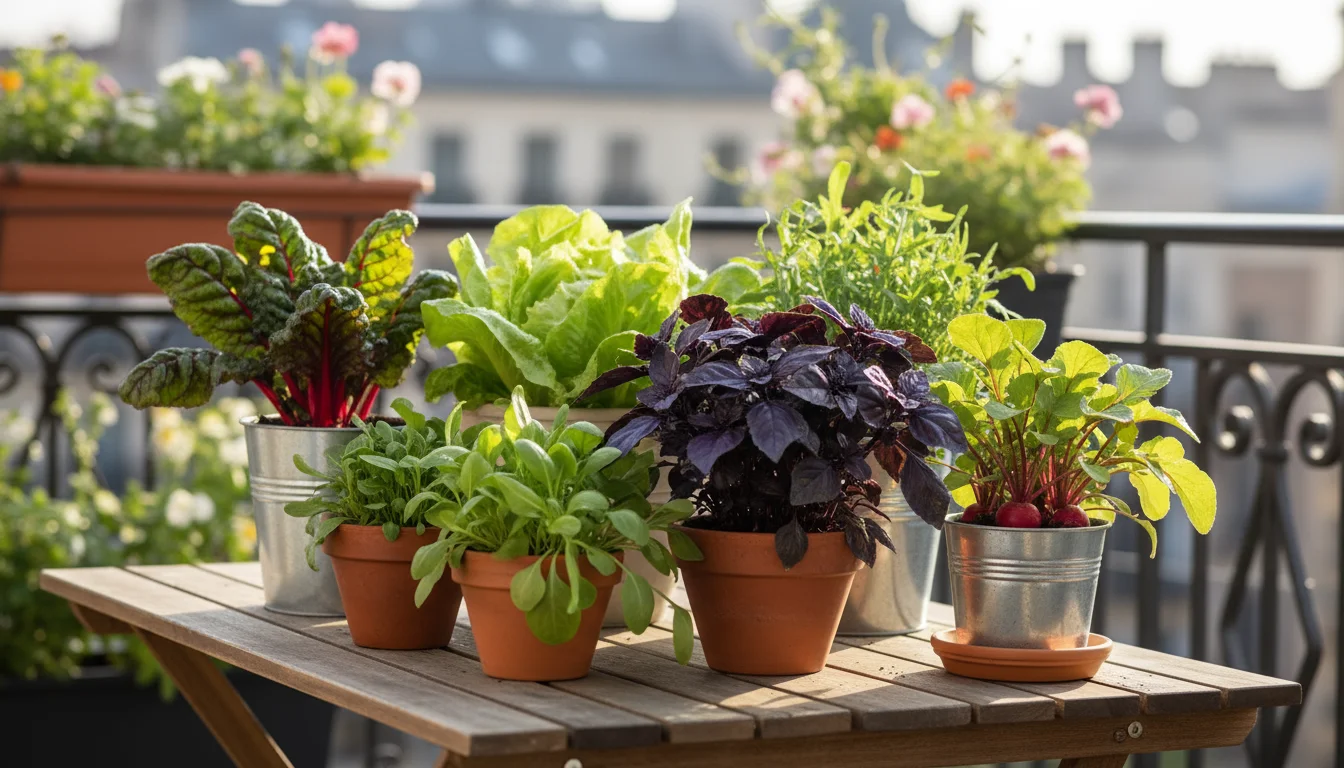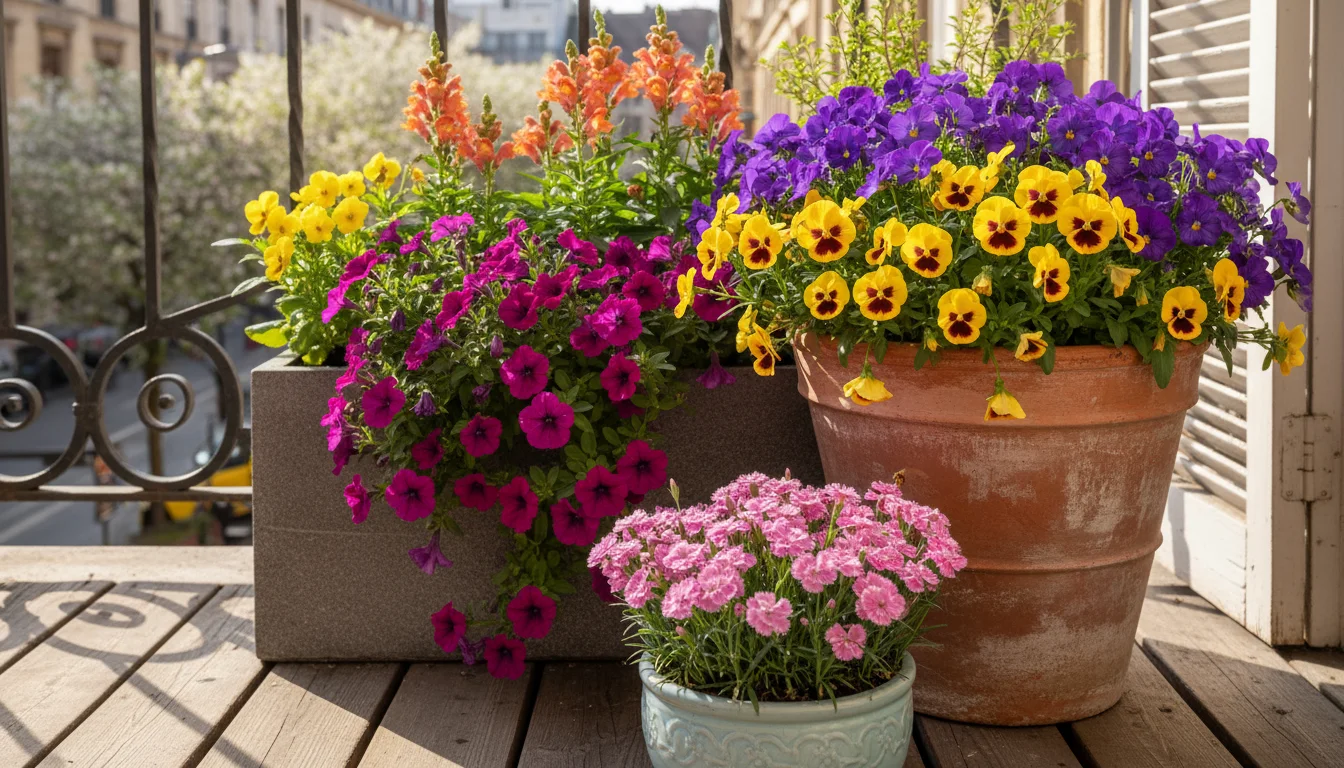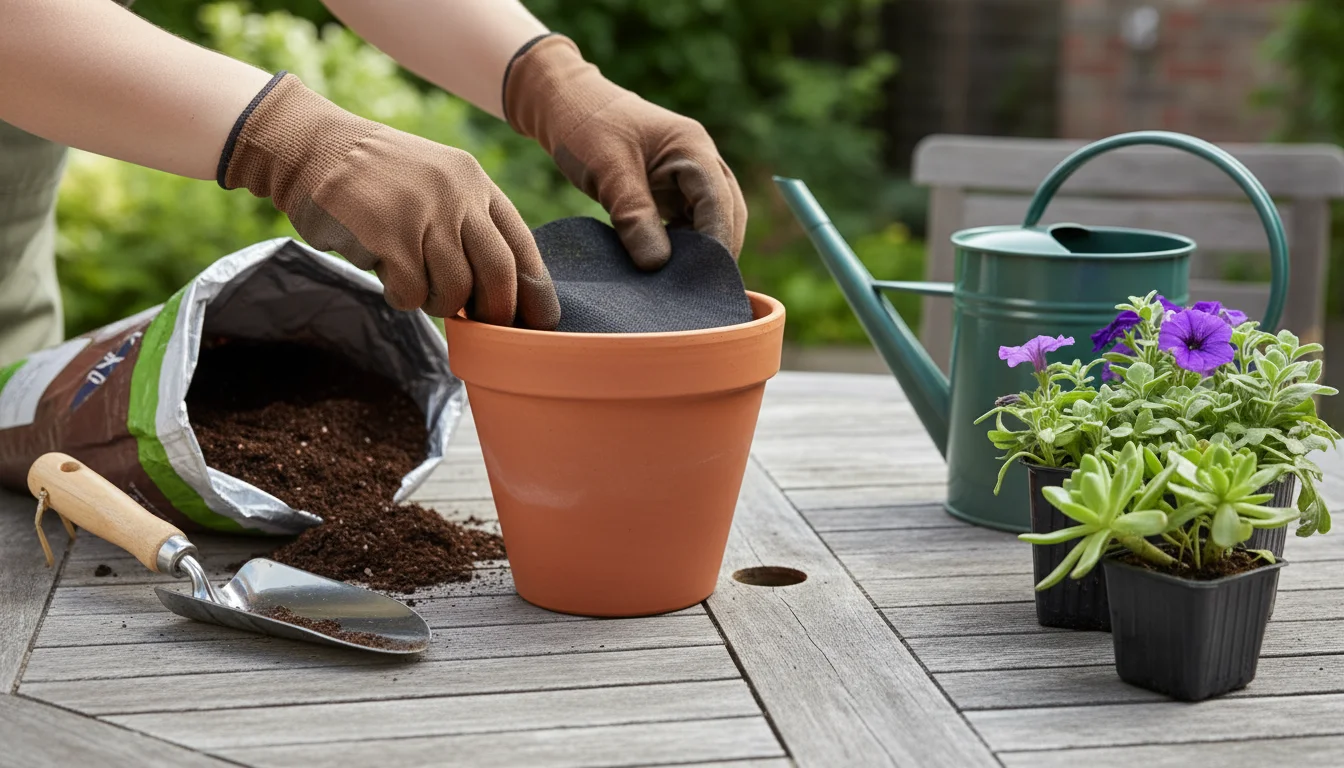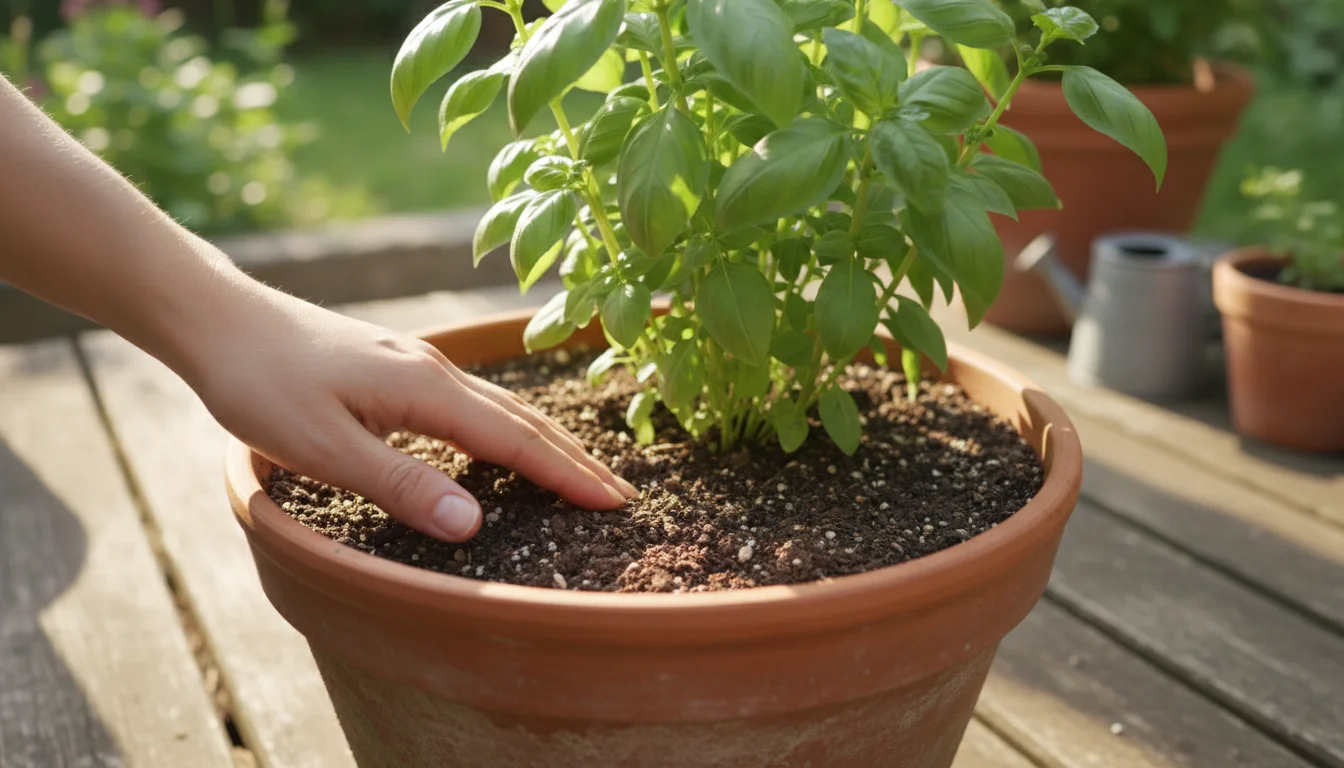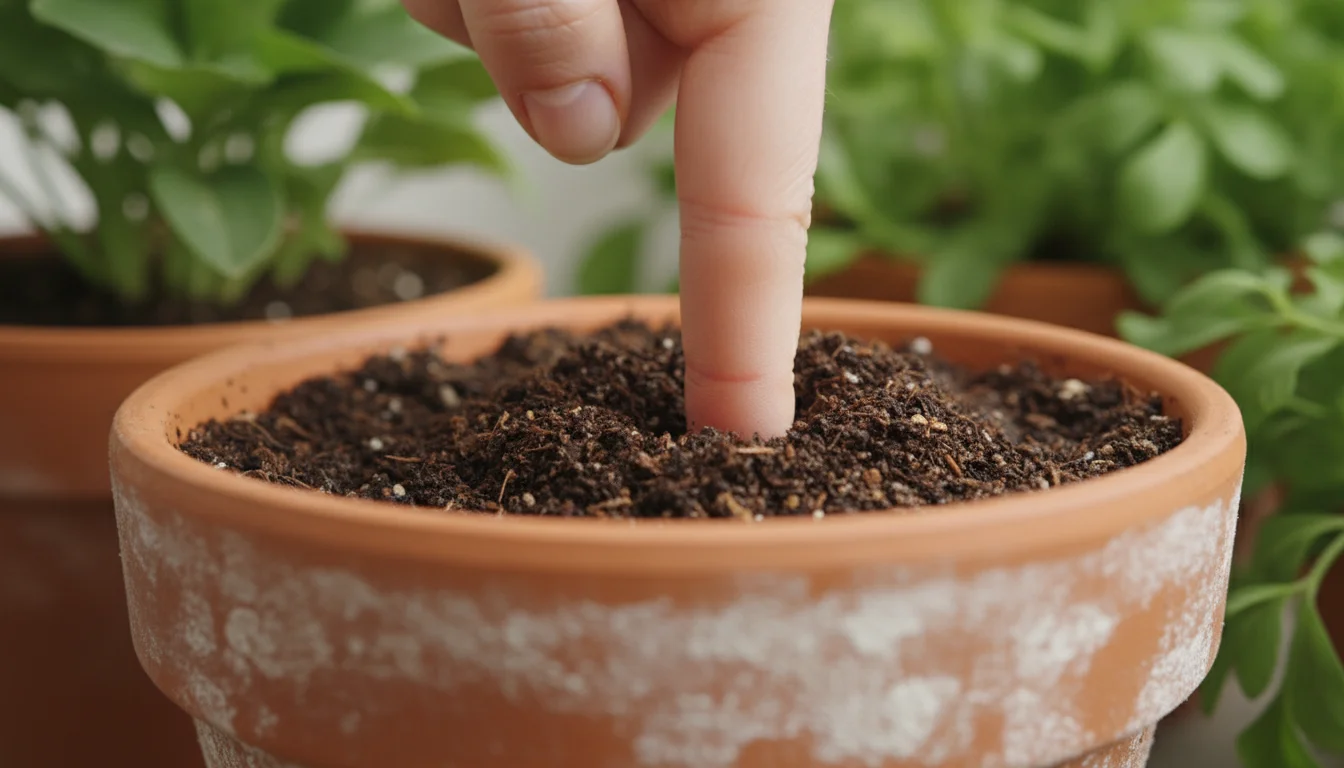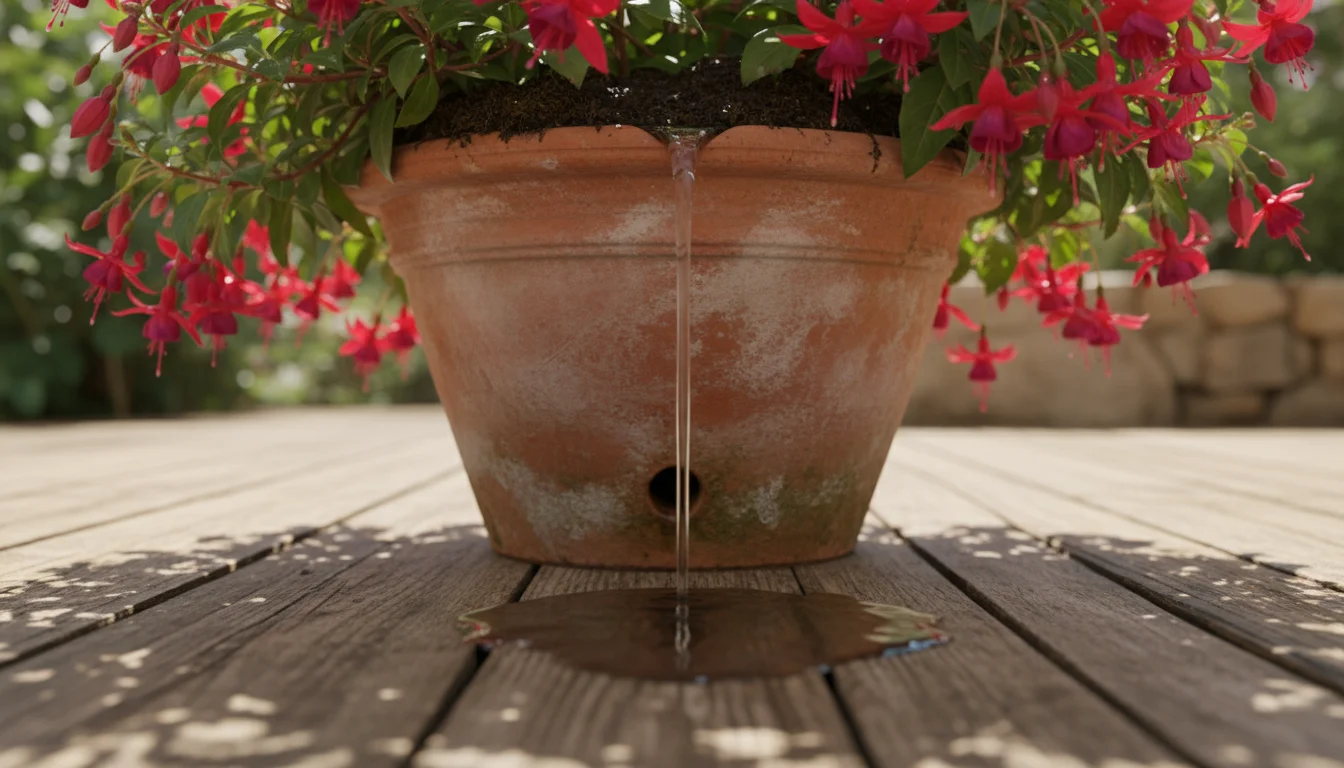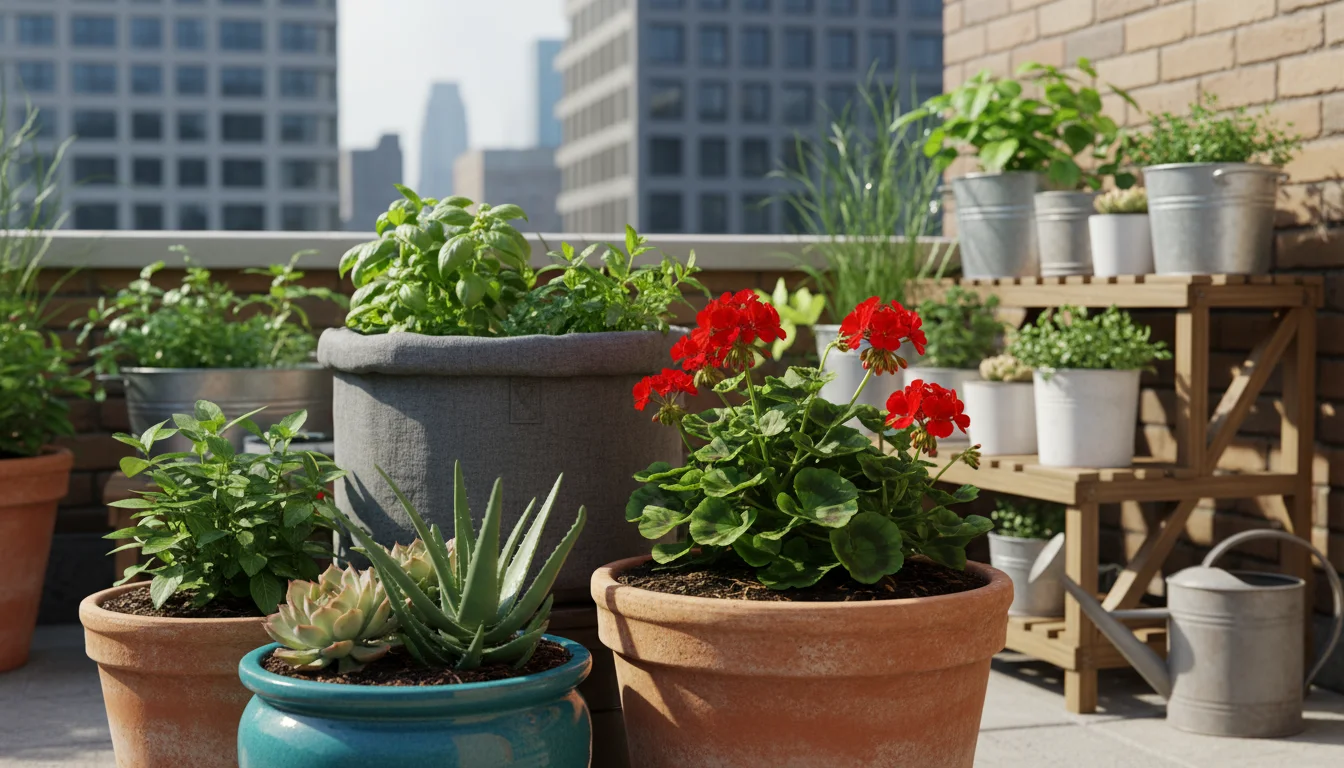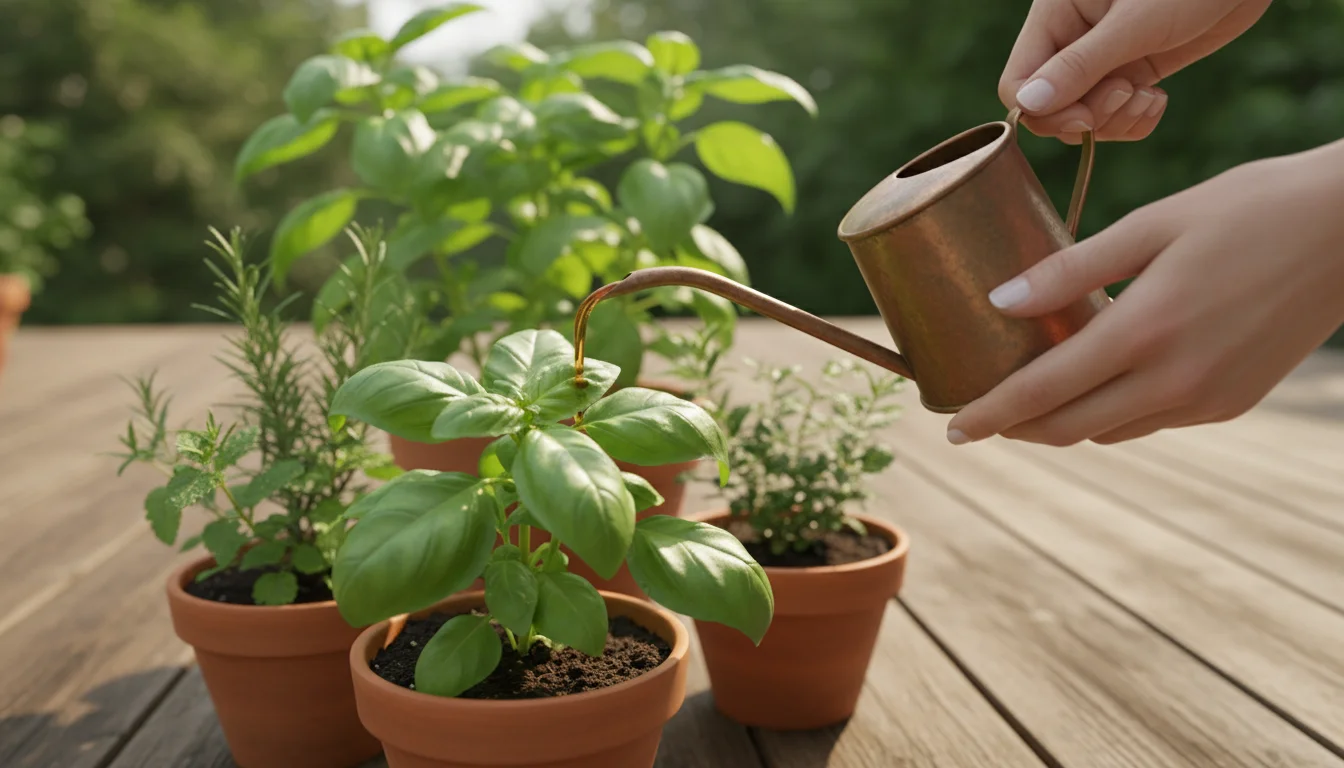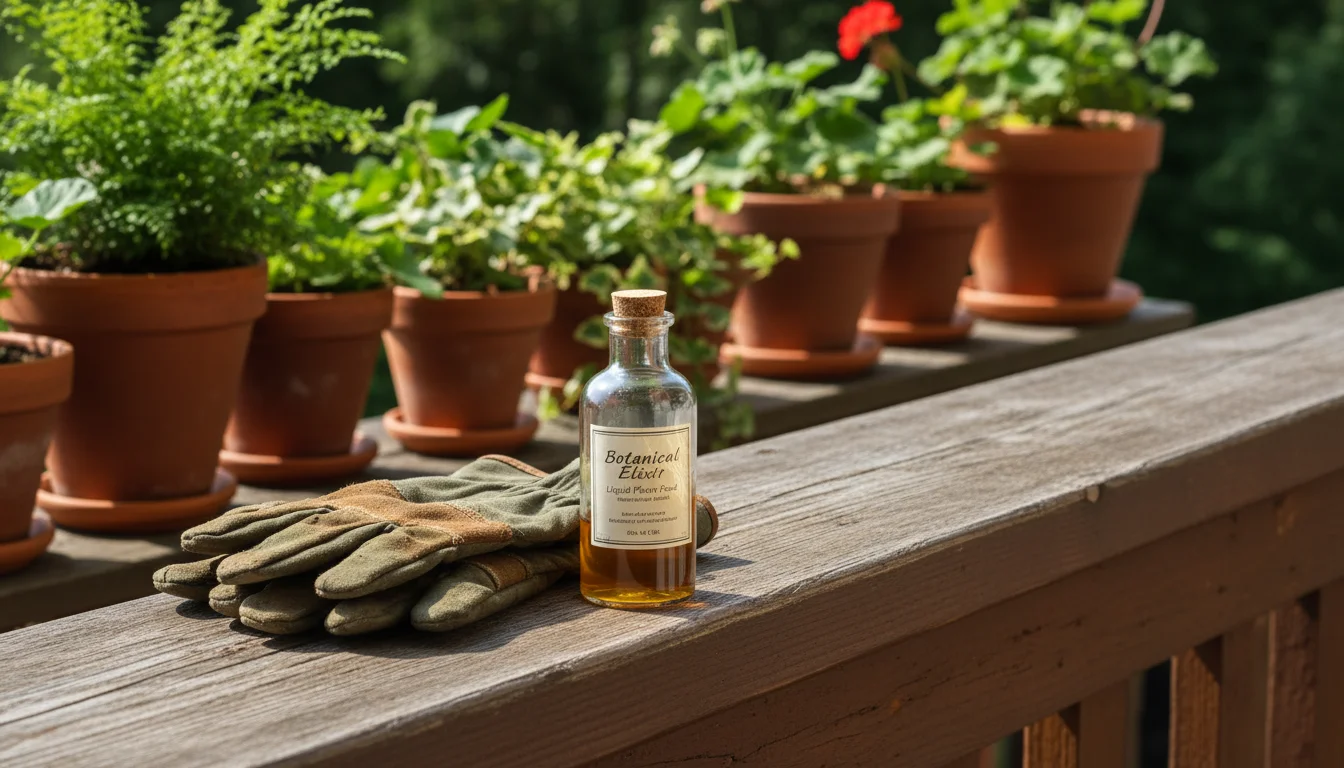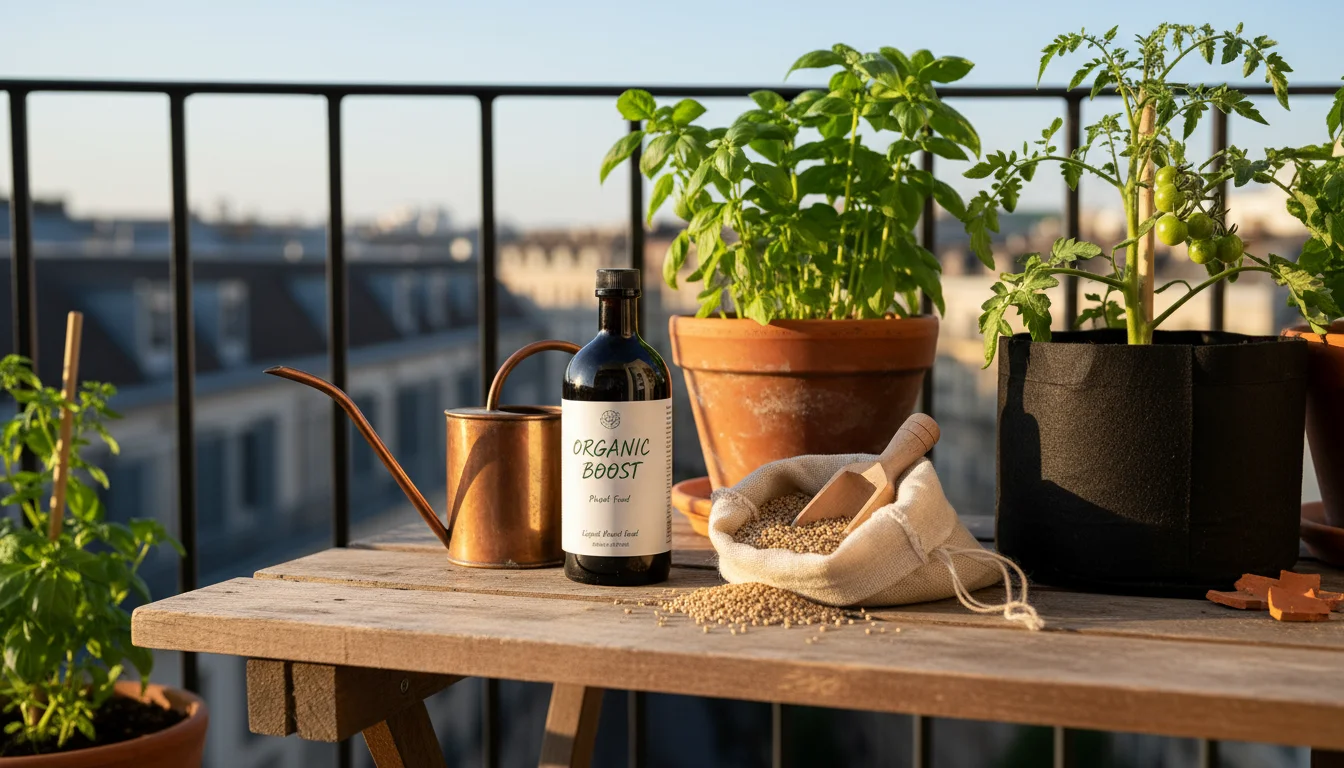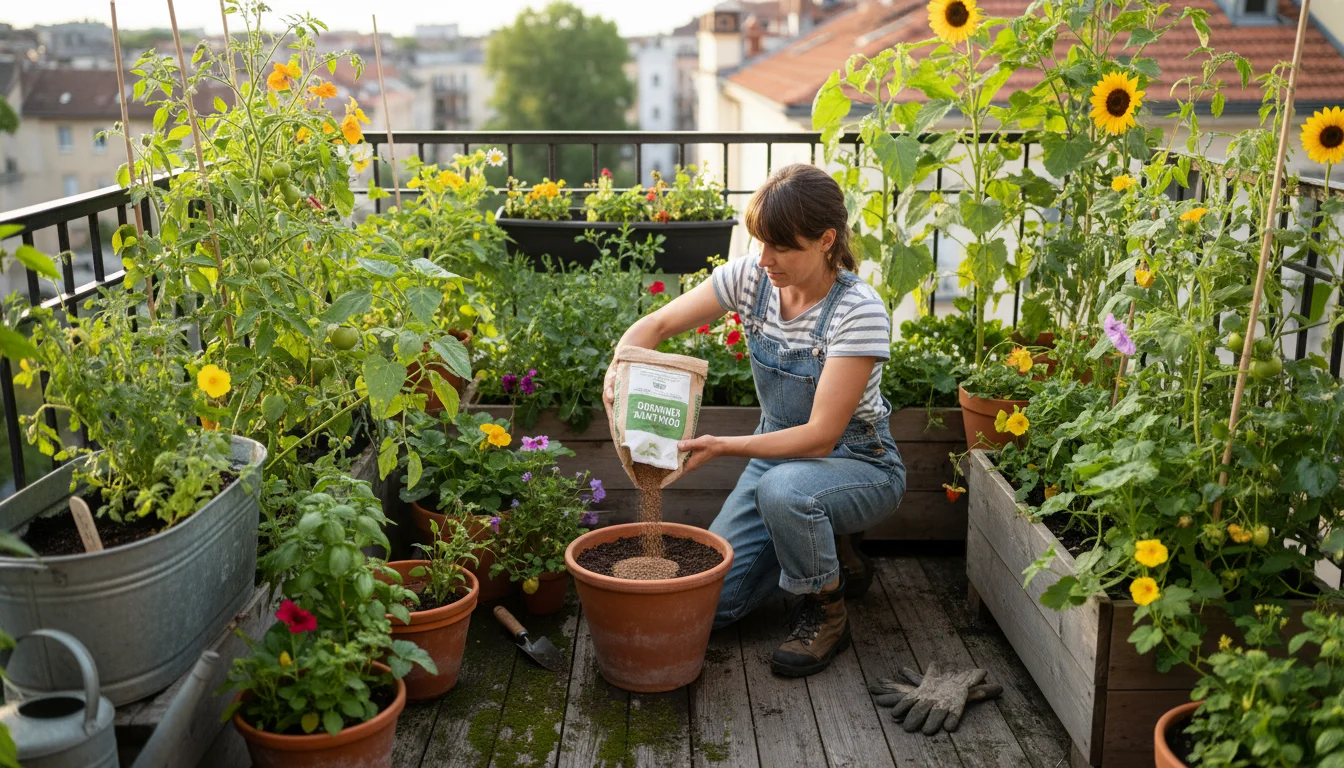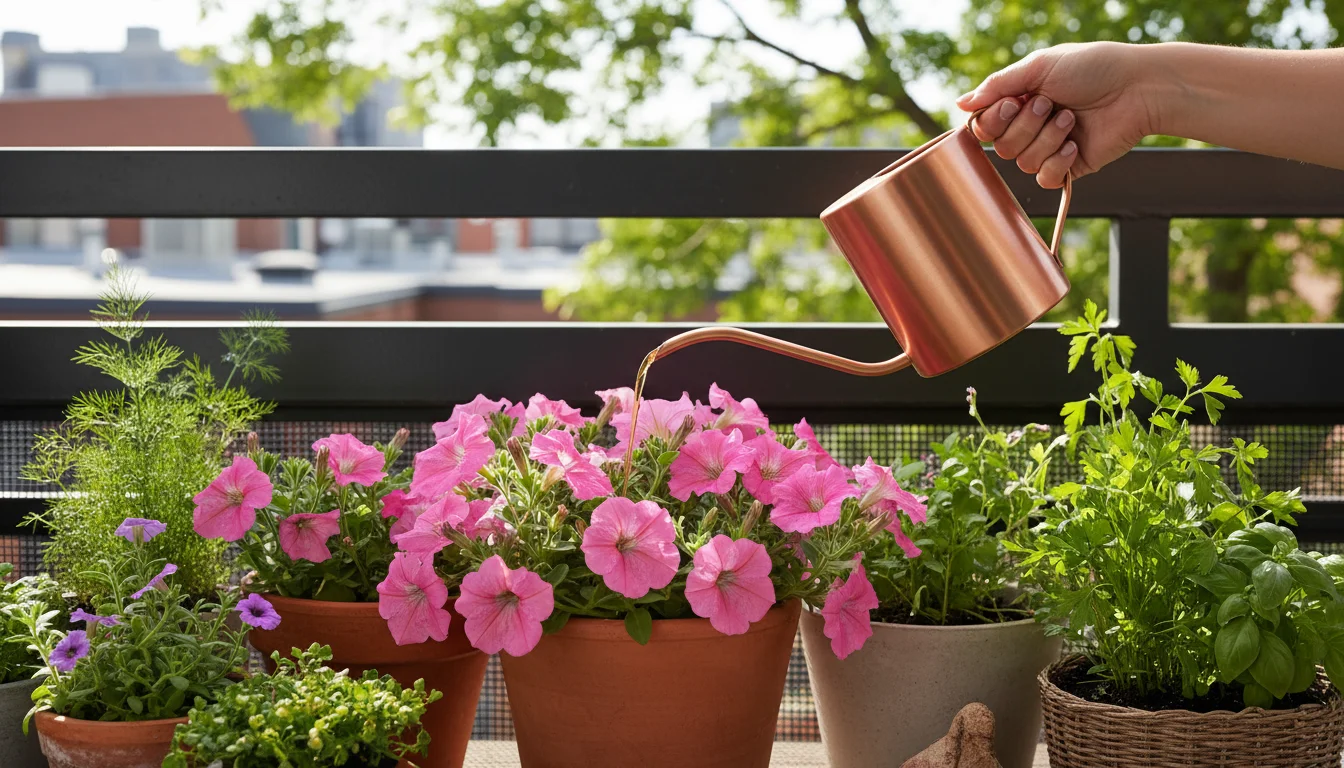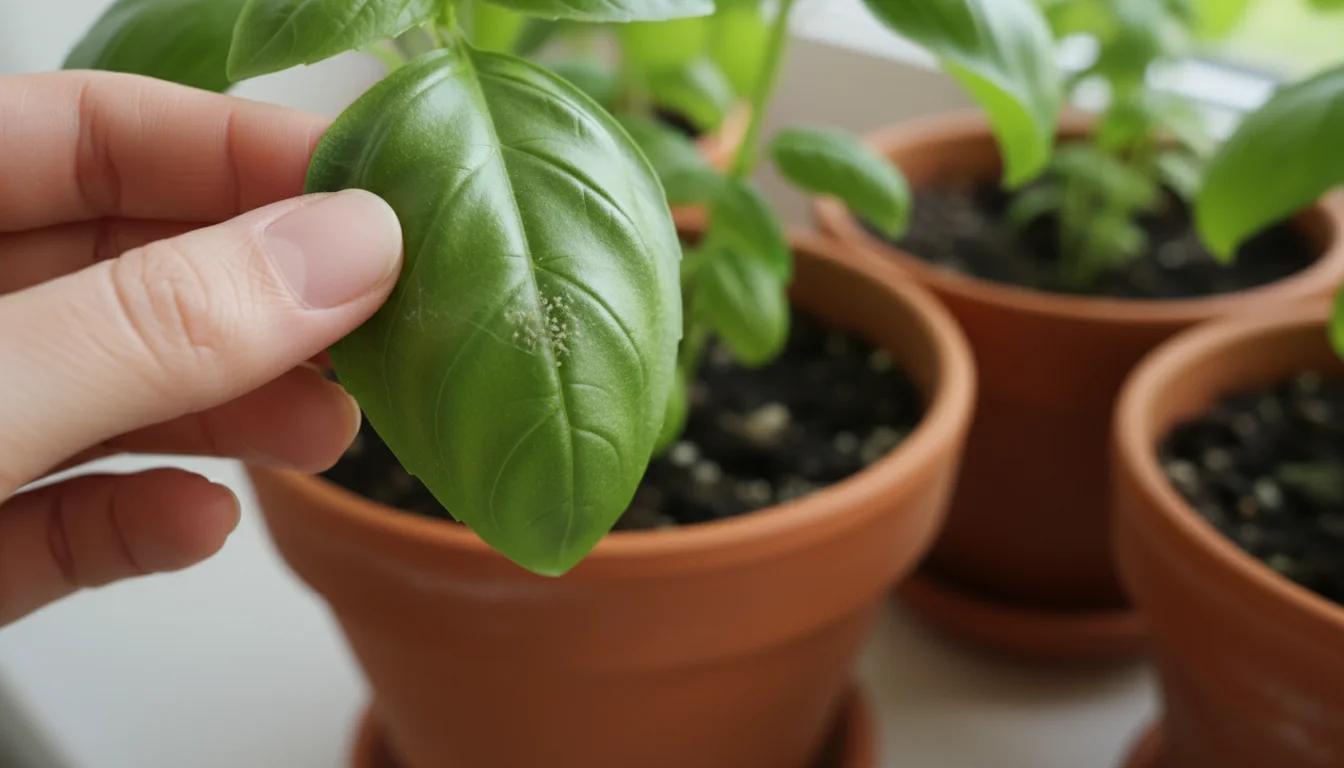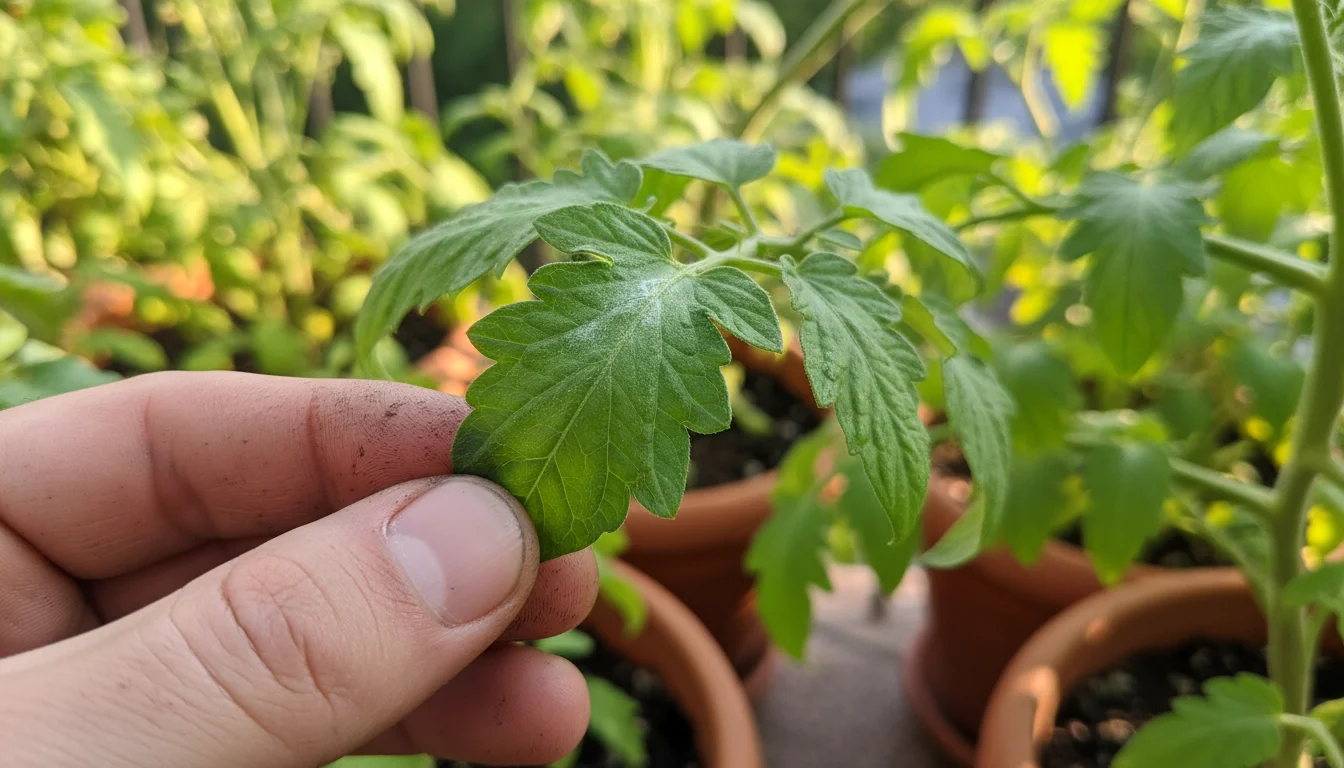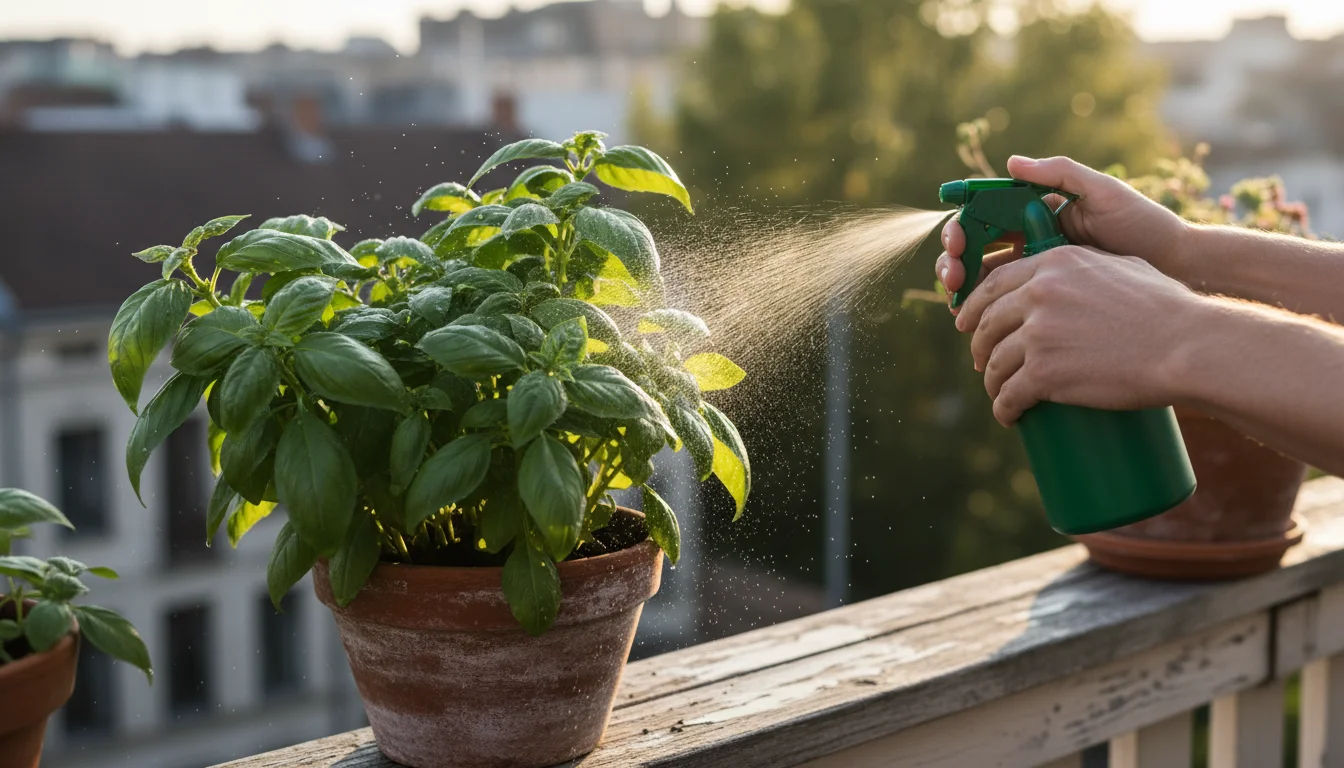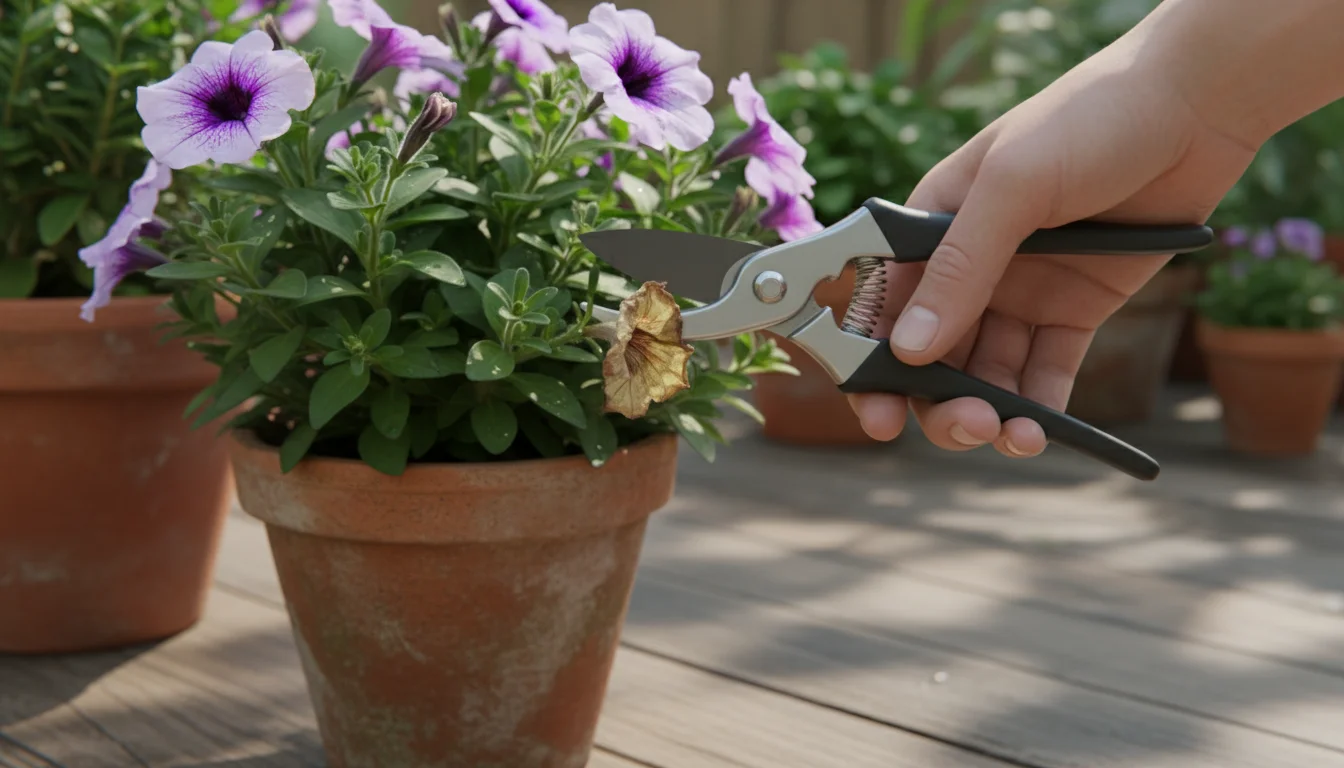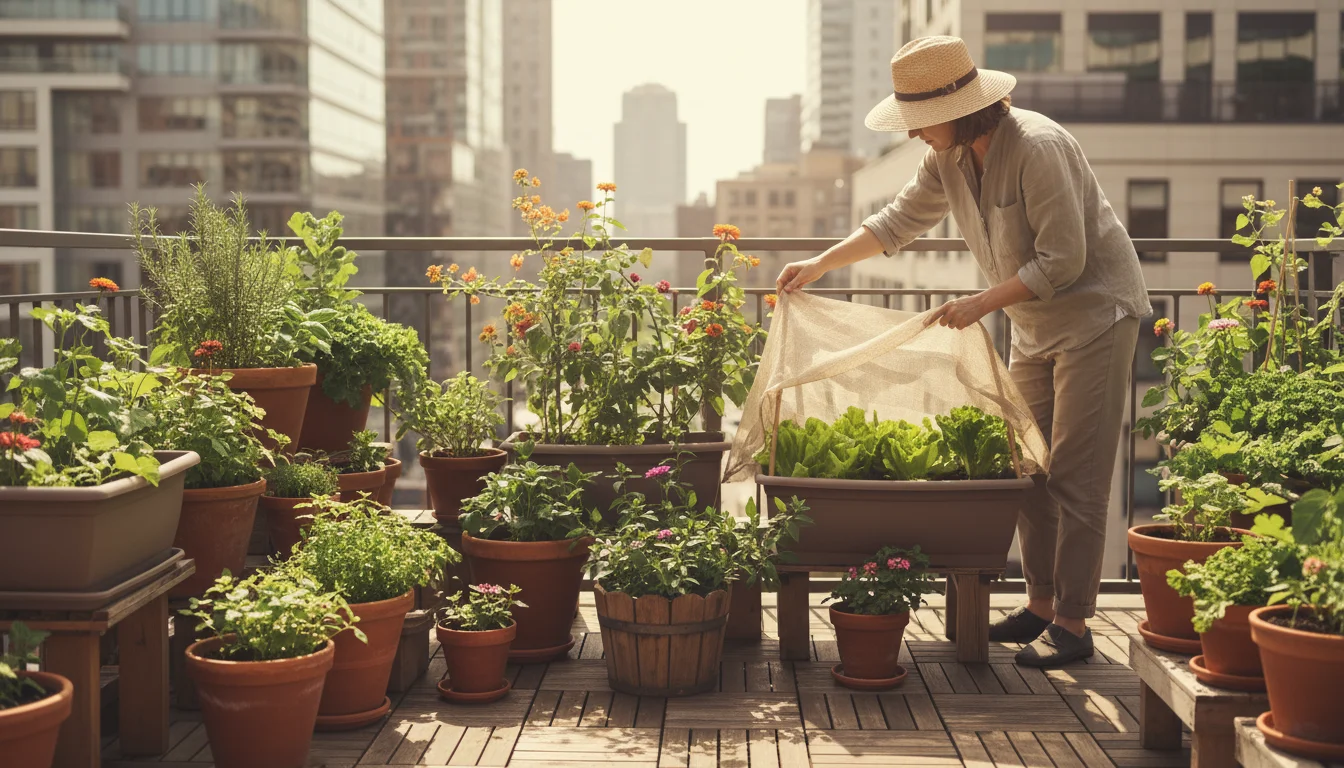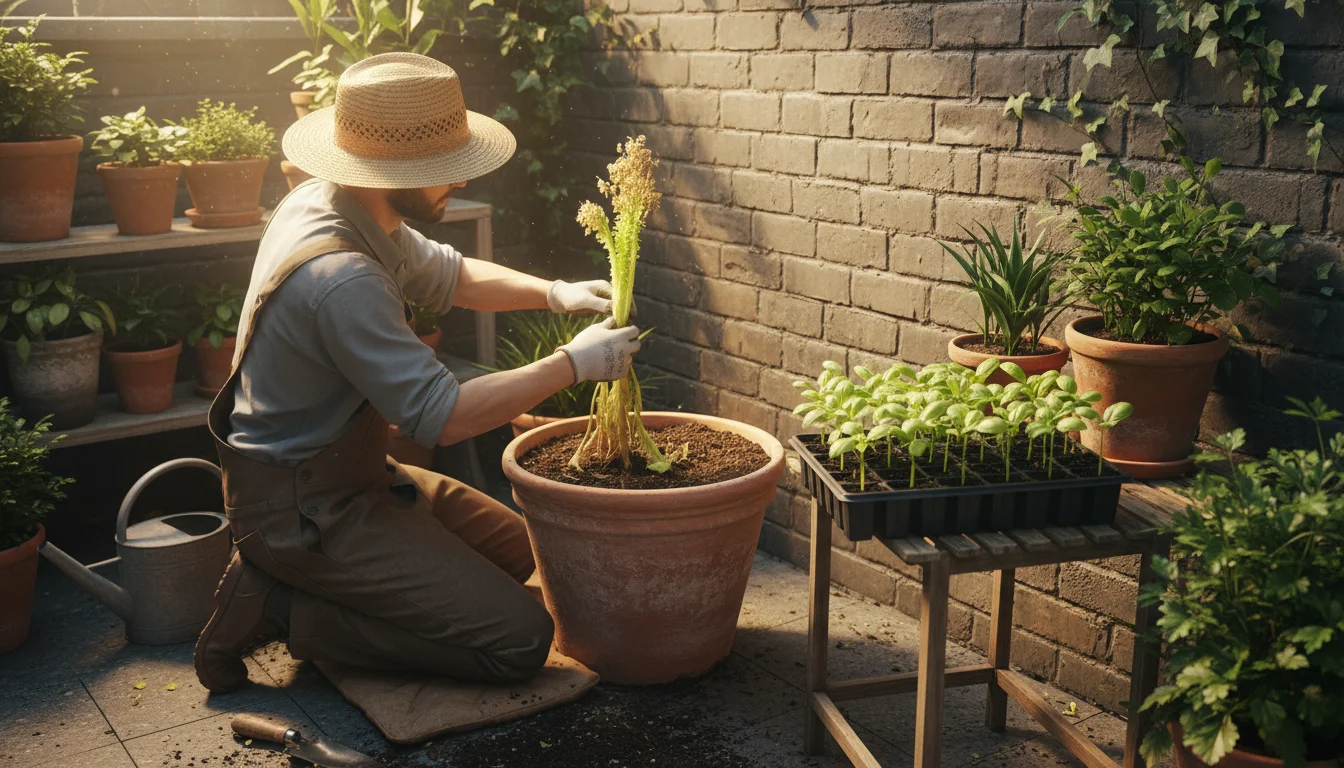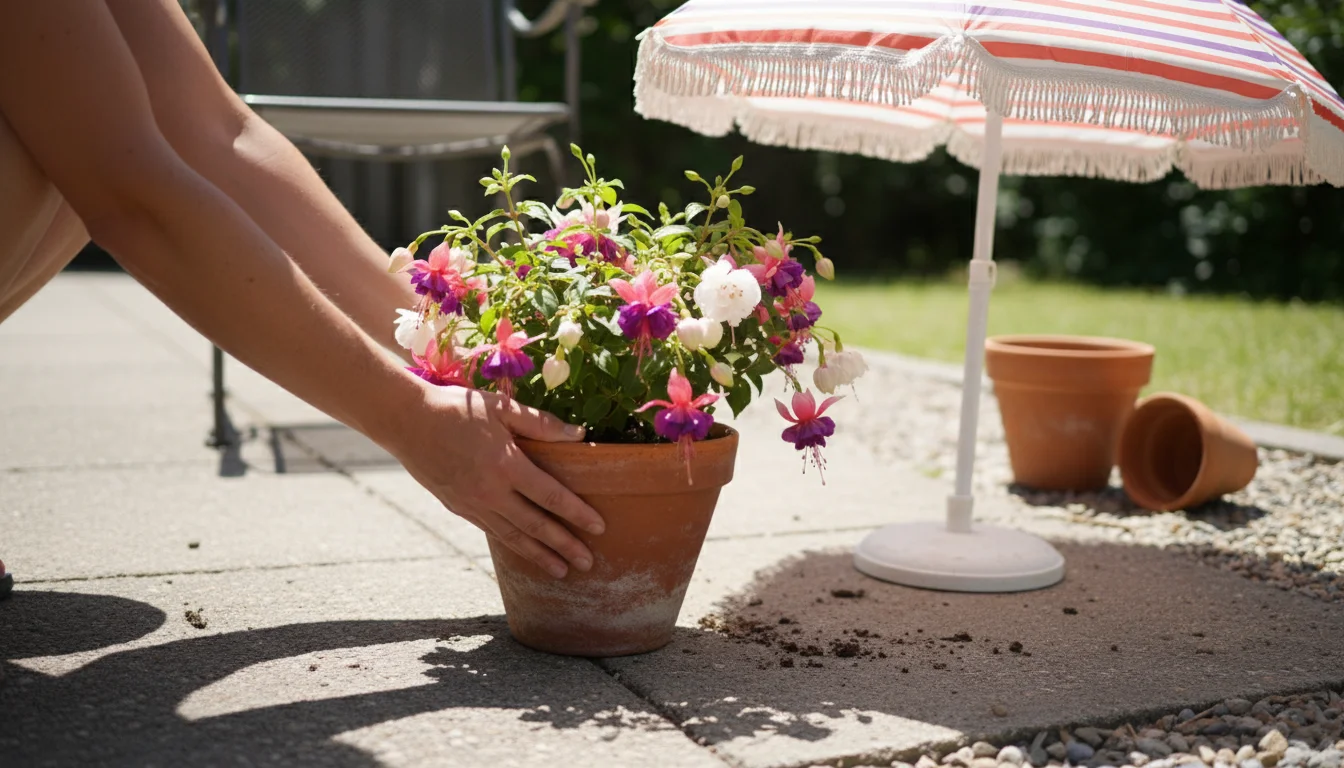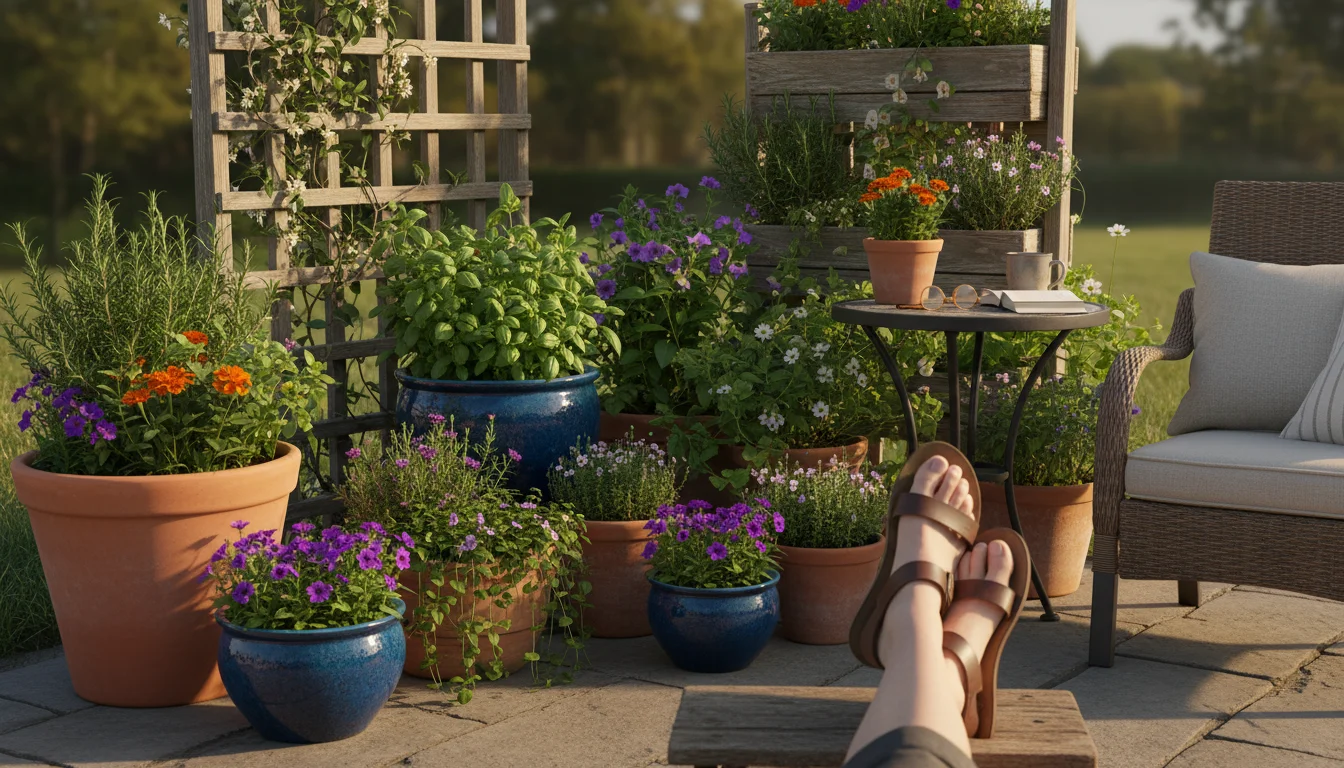Fall signals a beautiful shift in nature, bringing crisp air and vibrant colors. For those of us tending small gardens, patios, or balconies, autumn offers a crucial window for preparing our beloved plants for the colder months ahead. This period is not a time for winding down entirely; it presents an opportunity to set your small garden up for success, ensuring your plants remain healthy and vibrant through winter and burst into life come spring. SimpleGardenJoy.com helps you navigate these essential fall gardening tasks with practical, low-maintenance strategies, ensuring your small space thrives without overwhelming you.
Disclaimer: This article is for informational purposes only and is not a substitute for professional advice. Consult local extension services for region-specific recommendations.
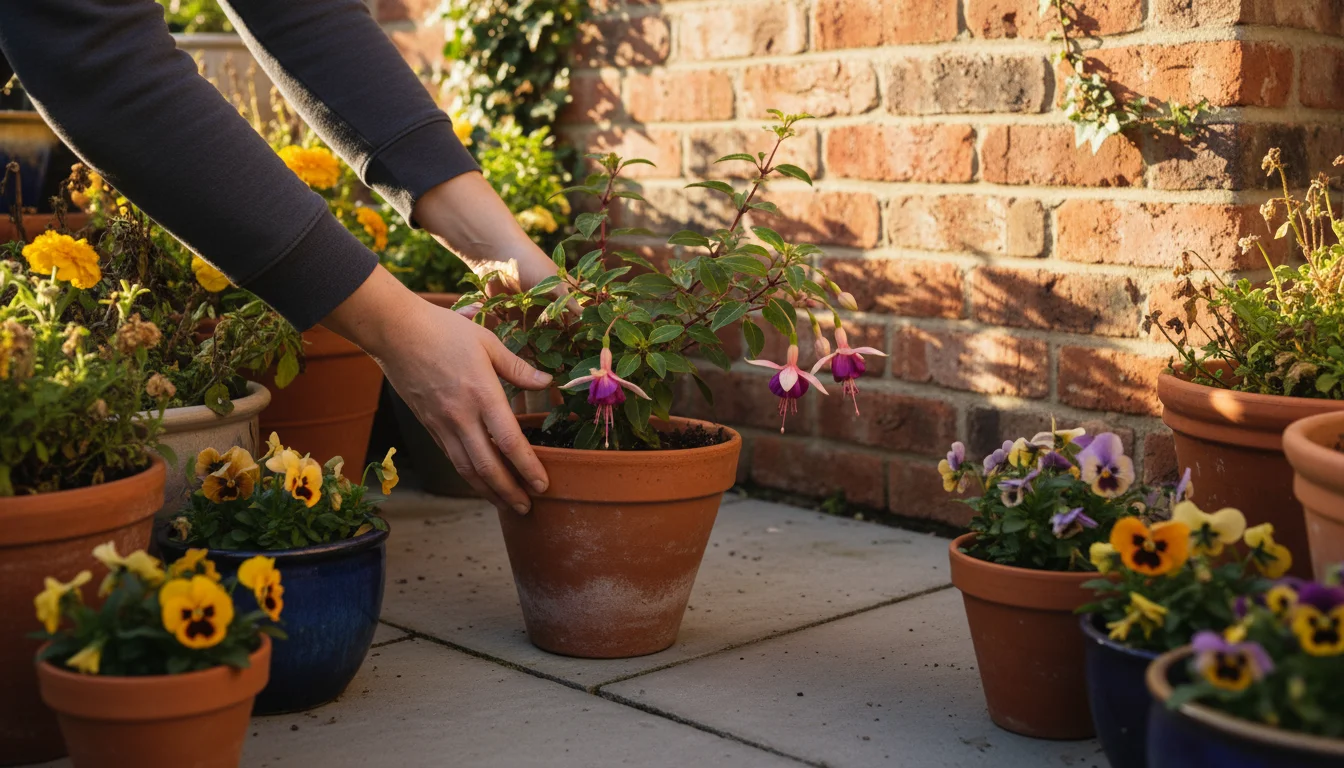
Preparing Your Small Garden for Autumn: Essential Outdoor Tasks
Your small garden still offers beauty and productivity in fall, but it also requires thoughtful preparation for the colder months. These autumn garden prep steps protect your plants and containers, making spring gardening much easier. Focusing on these tasks now saves you significant effort later.
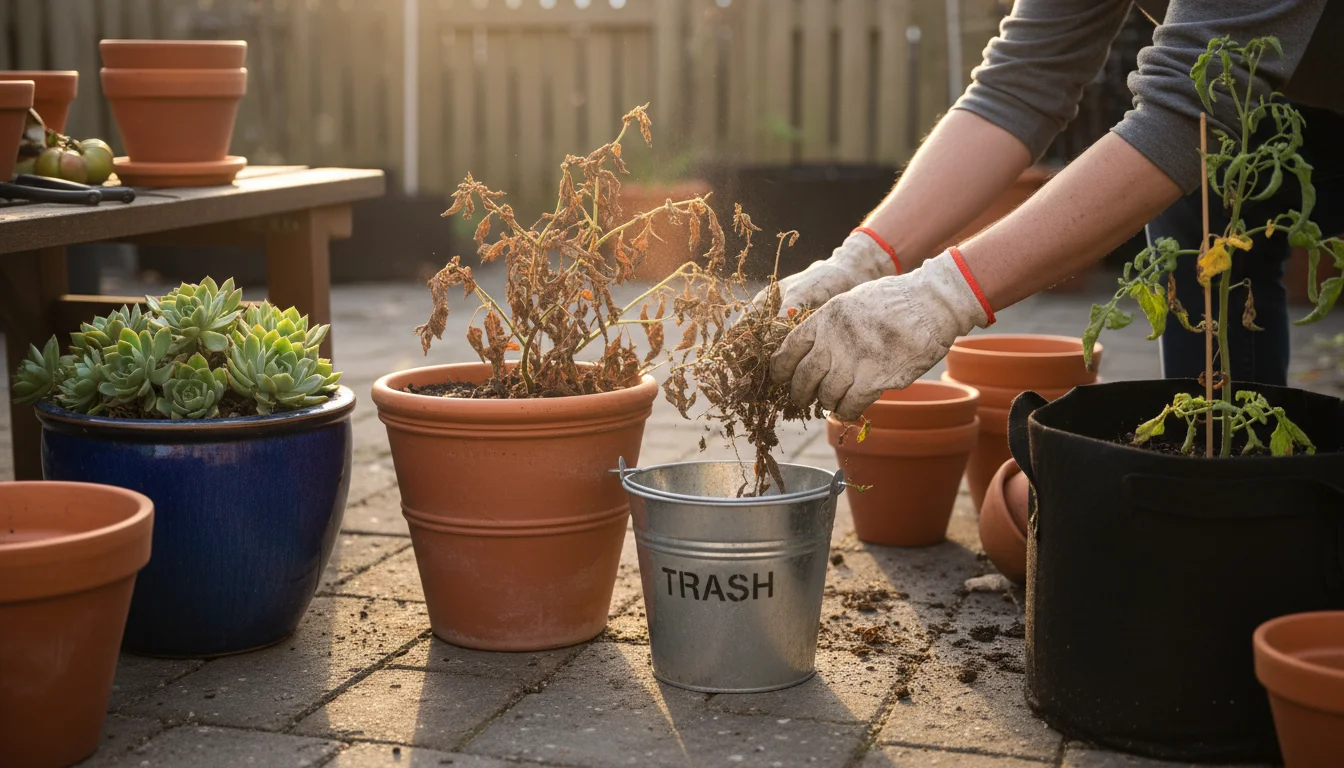
Cleaning Up and Decluttering
Start your fall gardening tasks by removing spent annuals, dead foliage, and any diseased plant material from your containers and raised beds. This prevents overwintering pests and diseases. Remember to dispose of diseased plants in the trash, not your compost pile, to avoid spreading pathogens. Clear pathways and tidy up tools. A clean garden reduces hiding spots for pests and improves air circulation around remaining plants, which is vital for disease prevention.
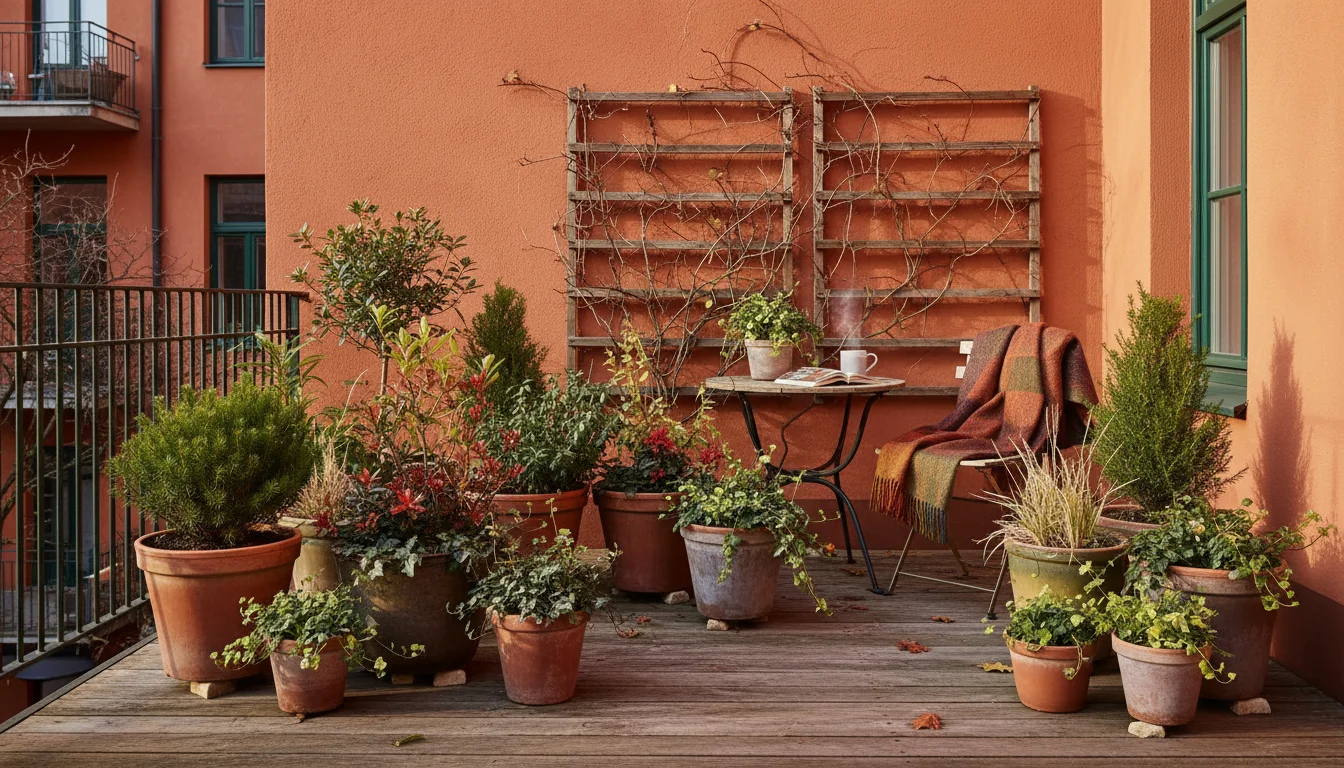
Protecting Outdoor Containers and Perennials
Many plants in small gardens reside in containers, making them more vulnerable to extreme cold than those in the ground. Terra cotta pots, for example, can crack when water freezes and expands inside them. Store empty, delicate pots in a shed or garage. For perennial plants you leave outdoors in durable containers, consider grouping them together in a sheltered spot, such as against a warm wall. This provides a microclimate that offers a few extra degrees of warmth. You can also elevate pots on “pot feet” to improve drainage and prevent roots from sitting in icy water. For additional winter protection, wrap containers in burlap or bubble wrap, or place them inside larger, insulated containers. This layer of insulation slows temperature fluctuations in the soil, protecting roots from frost damage.
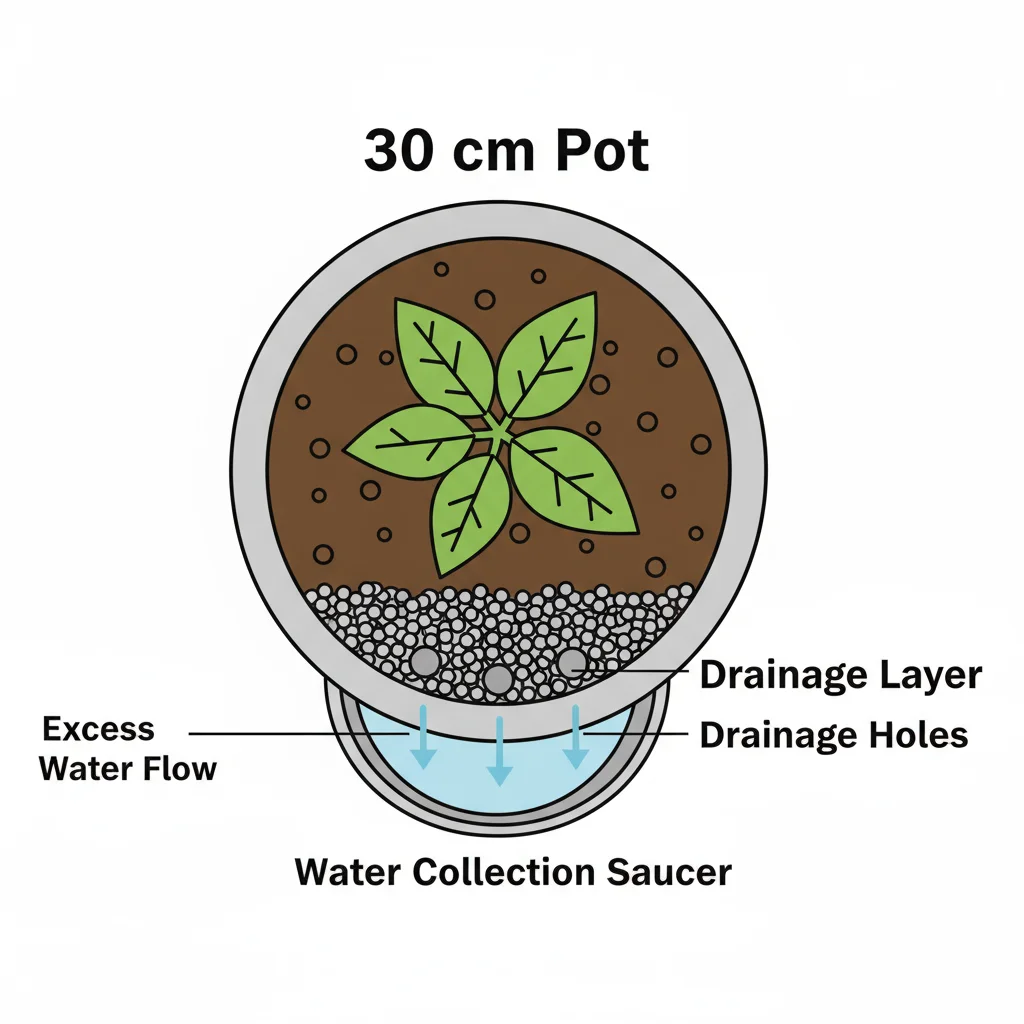
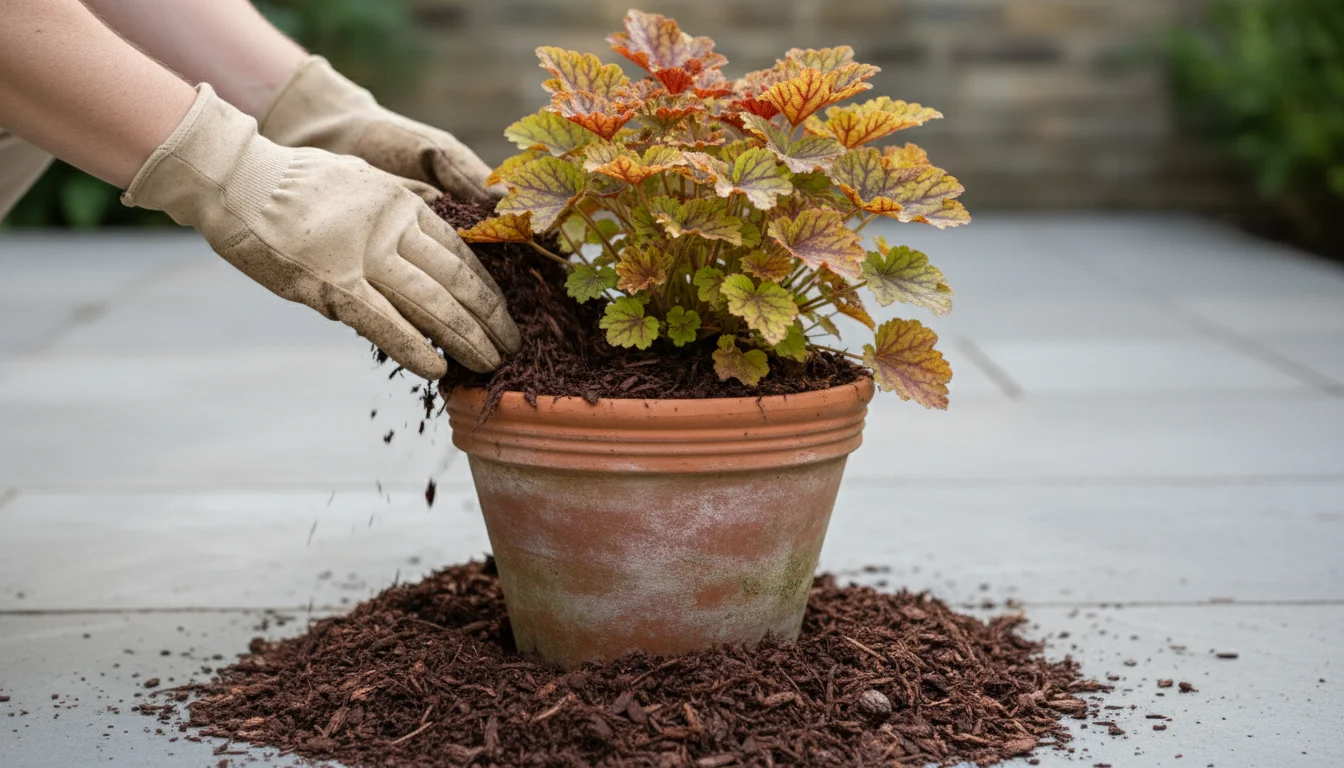
Applying Mulch for Insulation and Soil Health
Mulching is a simple yet powerful fall gardening task for small outdoor spaces. Apply a 2 to 4 inch layer of organic mulch, such as shredded leaves, straw, or pine bark, around the base of perennial plants and over exposed soil in beds and large containers. Mulch acts as an insulating blanket, protecting roots from freezing and thawing cycles that can heave plants out of the soil. It also conserves soil moisture, suppresses weeds, and gradually enriches your soil as it breaks down. Ensure the mulch does not directly touch plant stems or crowns, as this can encourage rot. For more guidance on choosing the right mulch for your plants, you can refer to resources from institutions like the Chicago Botanic Garden.
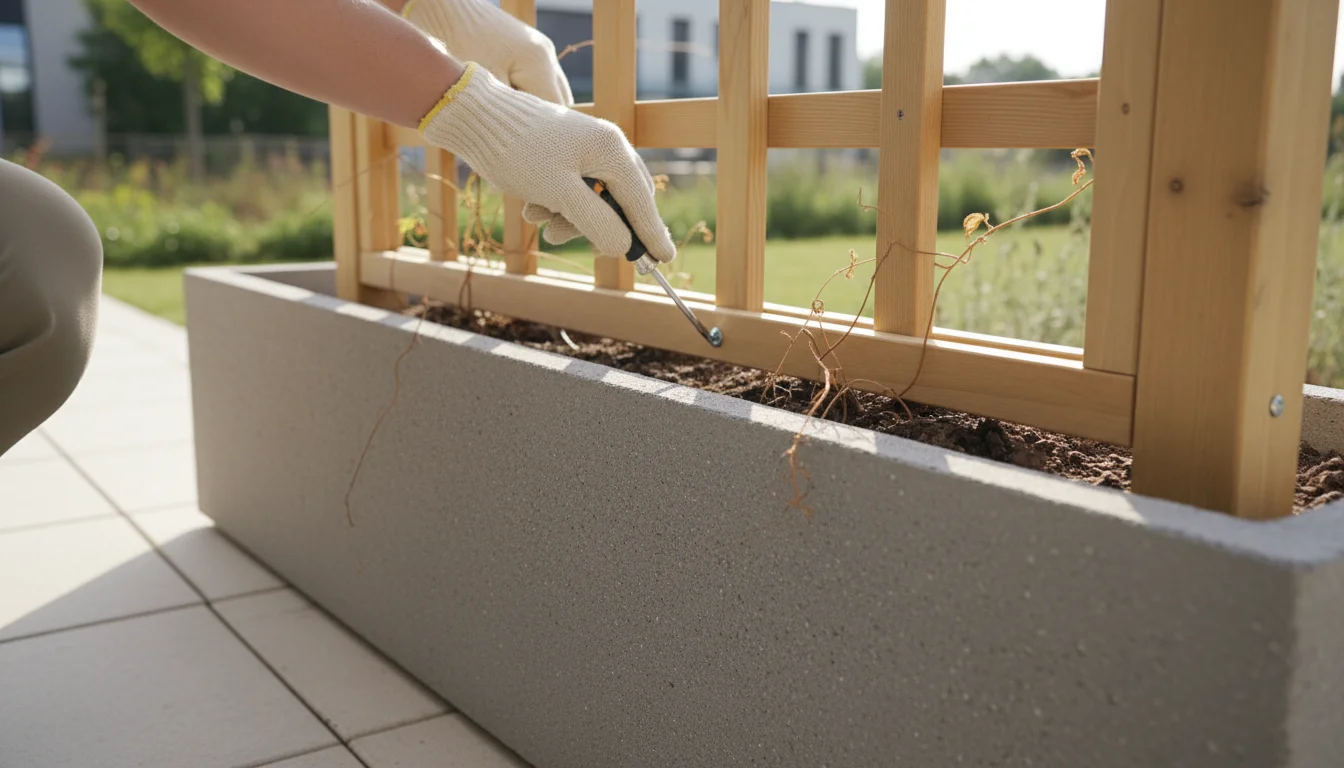
Inspecting and Maintaining Structures
If your small garden includes trellises, raised beds, or other structures, inspect them before winter. Tighten loose screws, reinforce weak joints, and clean off any debris or climbing plant remnants. Ensuring structures remain sturdy prevents damage from winter winds and heavy snow. Cleaning and storing smaller, collapsible trellises also prolongs their lifespan.
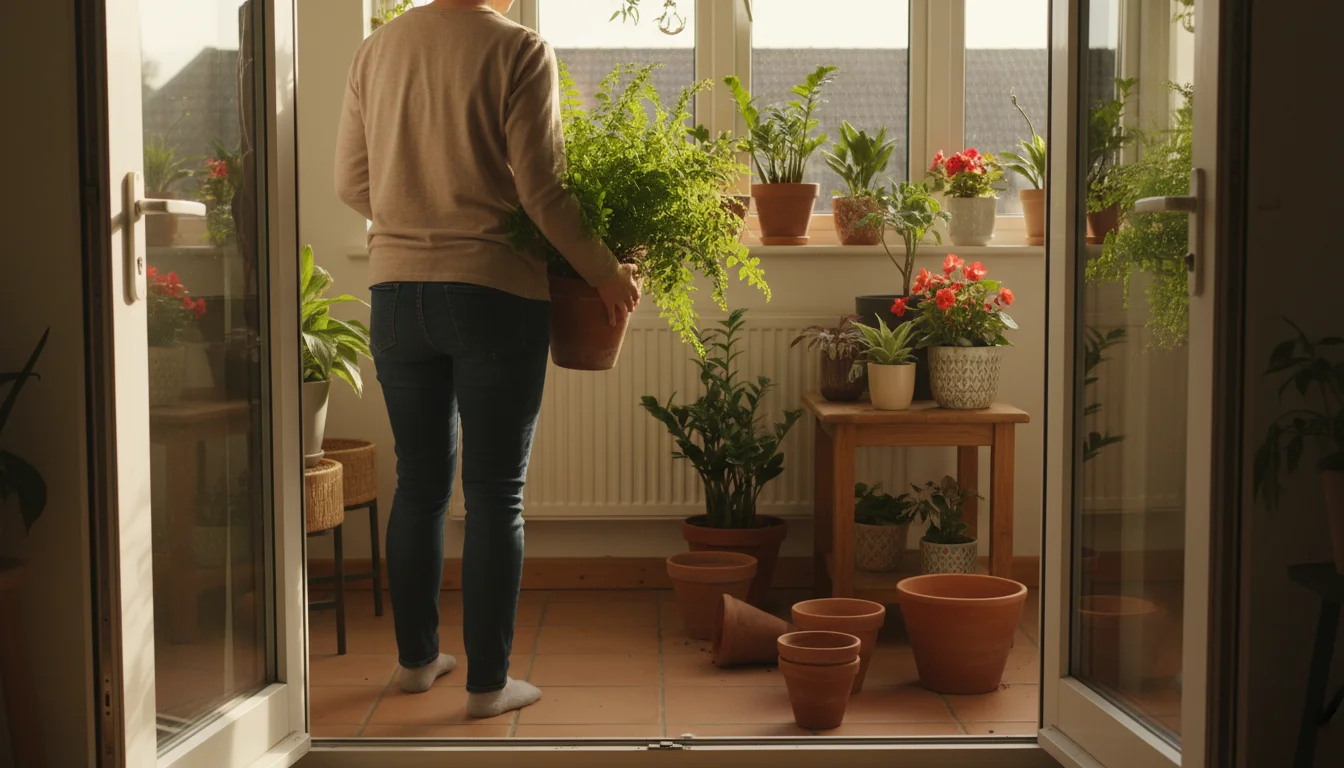
Transitioning Indoor Plants: A Smooth Move for Winter
Bringing your tender plants indoors is a crucial part of your autumn garden prep, especially for small-space gardeners who rely on containers. This process needs careful attention to prevent pests and minimize stress for your plants. A smooth transition ensures your plants remain healthy throughout the cooler months, continuing to provide greenery and life indoors.

Timing Your Move
Begin the transition before nighttime temperatures consistently drop below 50 degrees Fahrenheit (10 degrees Celsius) for most tropical plants. For more sensitive varieties, aim for when temperatures fall to 55-60 degrees Fahrenheit (13-15 degrees Celsius). A sudden cold snap can shock plants, making them more susceptible to pests and diseases. Observing the weather forecast helps you determine the ideal window for your specific plants.
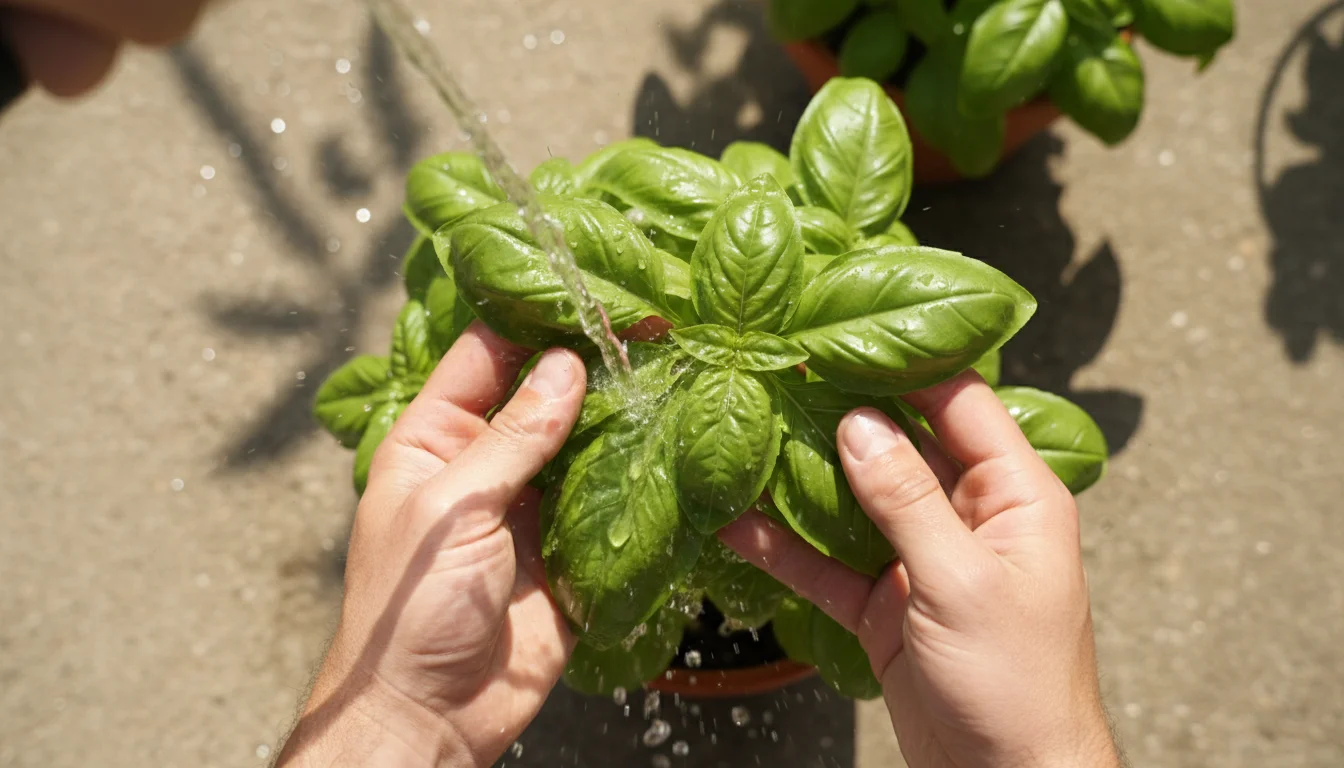
Pest Inspection and Treatment
This is arguably the most critical step. Outdoor plants can harbor a host of pests that will gladly move indoors with them. Thoroughly inspect every part of your plant: the tops and undersides of leaves, stems, and the soil surface. Look for aphids, spider mites (tiny webs often indicate their presence), mealybugs (cottony masses), and fungus gnats. Even small garden fall pests can quickly multiply in a new environment.
- Shower or Spray: Use a strong stream of water from a hose or shower to dislodge pests from foliage. Gently scrub stems with a soft brush if needed.
- Insecticidal Soap: Treat plants with an insecticidal soap solution, ensuring complete coverage of all plant surfaces. Repeat this treatment once or twice at 5-7 day intervals before bringing plants inside to break pest life cycles. Always follow product instructions carefully.
- Systemic Granules: For plants prone to specific pests, you might consider systemic granules. These are applied to the soil and absorbed by the plant, making the plant toxic to feeding insects. Use these with caution, especially on edible plants, and always read labels.
- Quarantine: Even after treatment, isolate newly indoor plants for two to three weeks in a separate room or area. This allows you to catch any missed pests before they spread to your existing houseplants.
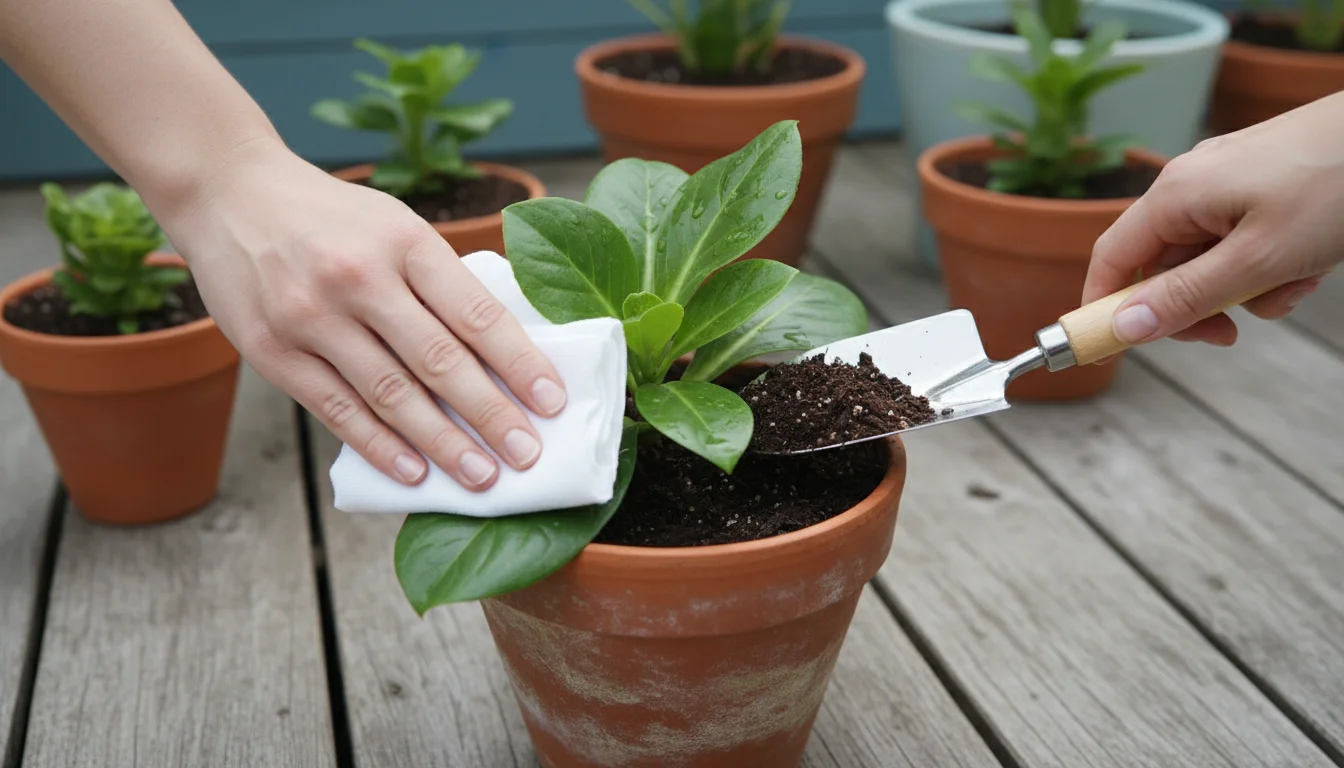
Cleaning and Repotting
Clean your plant’s foliage by wiping leaves with a damp cloth to remove dust and dirt. This improves light absorption and overall plant health. For plants that appear root-bound, meaning their roots circle tightly around the pot, fall is an acceptable time for repotting, though spring is generally preferred. If you must repot, choose a pot only one size larger, ensuring good drainage. Refresh the top inch or two of soil with fresh, peat-free potting mix for all plants, even if you do not fully repot them.
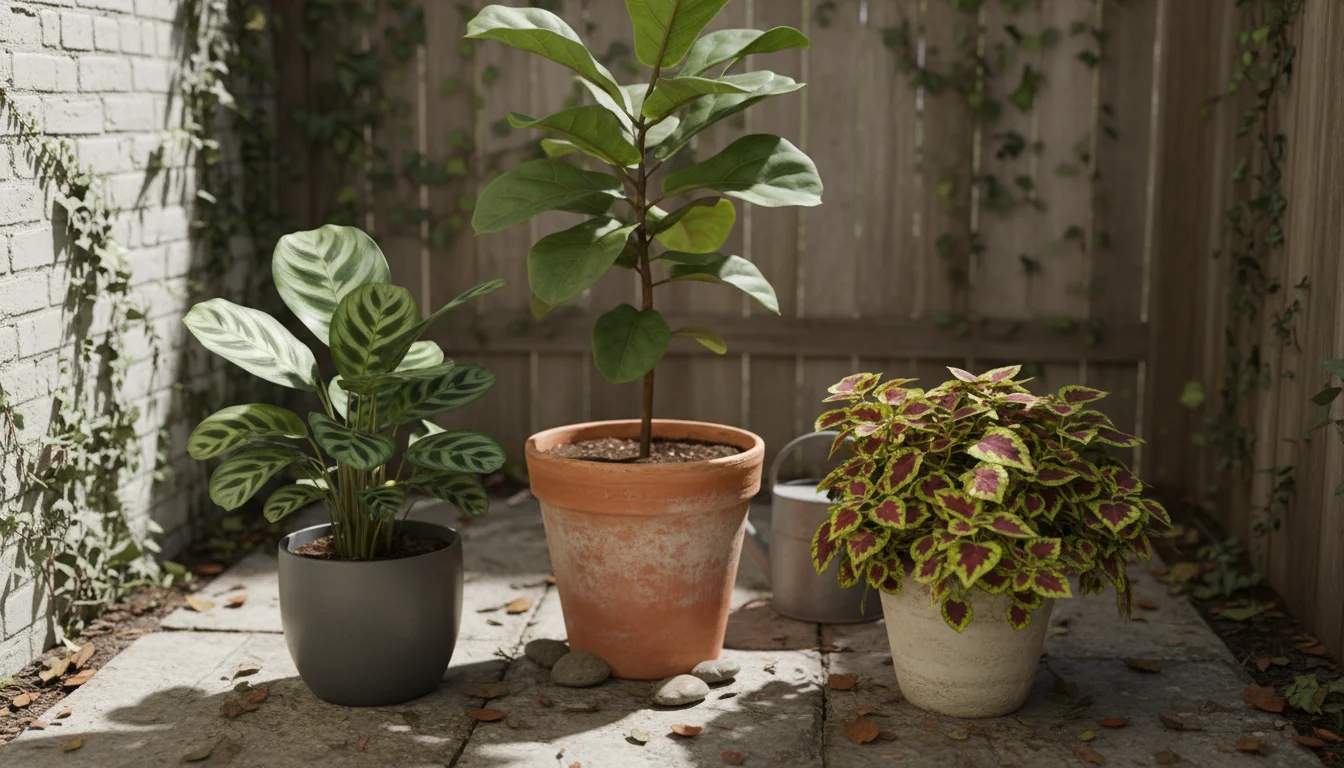
Acclimating Plants to Indoor Conditions
The transition from outdoor sunshine and humidity to indoor drier air and lower light can stress plants. Gradually acclimate them by moving them to a shadier outdoor spot for a week or two before bringing them fully inside. Once indoors, place them in a location that mimics their outdoor light exposure as closely as possible. Provide extra humidity with a pebble tray or humidifier, especially for tropical varieties. Expect some leaf drop; this is a normal reaction to environmental change.
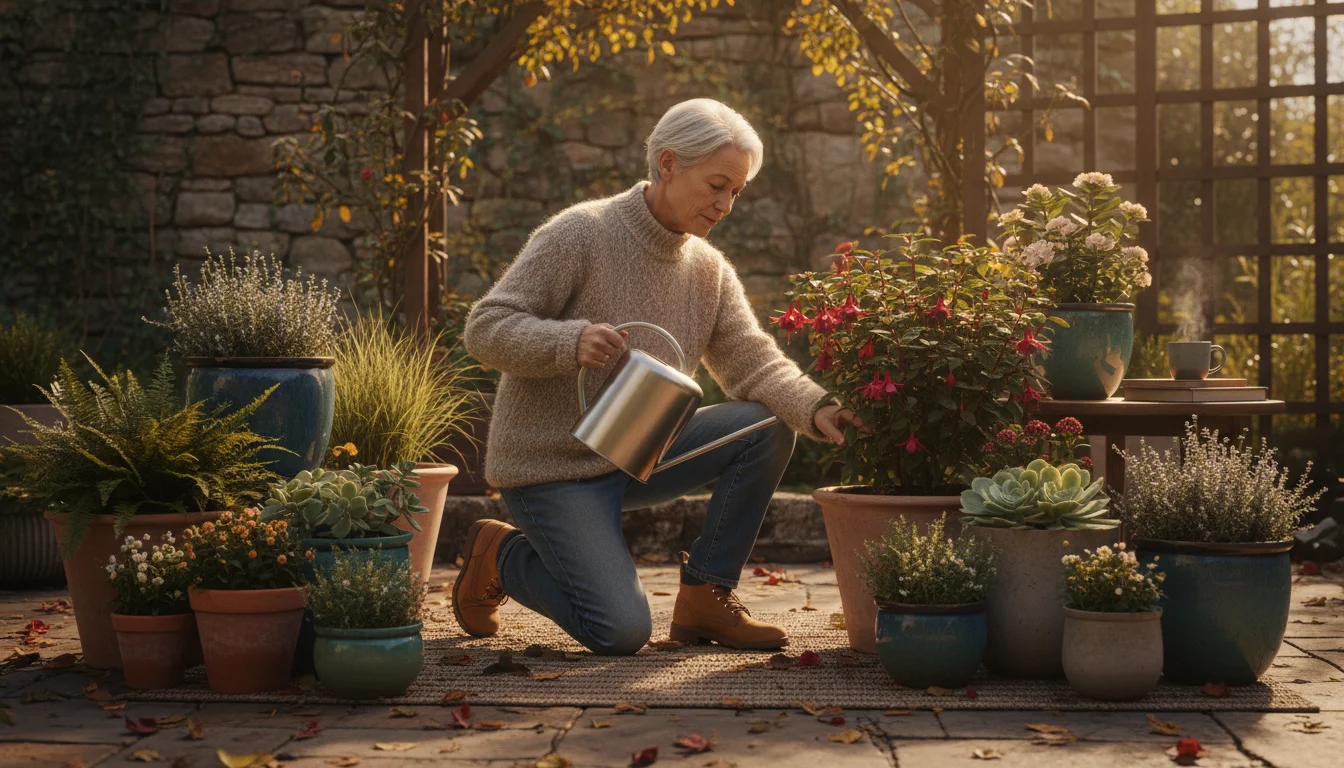
Mastering Fall Watering and Fertilizing for Container Plants
As daylight hours shorten and temperatures drop, your plants’ growth naturally slows. This change significantly impacts their water and nutrient needs. Adjusting your watering and fertilizing routines for the fall season is one of the most important fall gardening tasks, preventing common issues like root rot and nutrient burn.
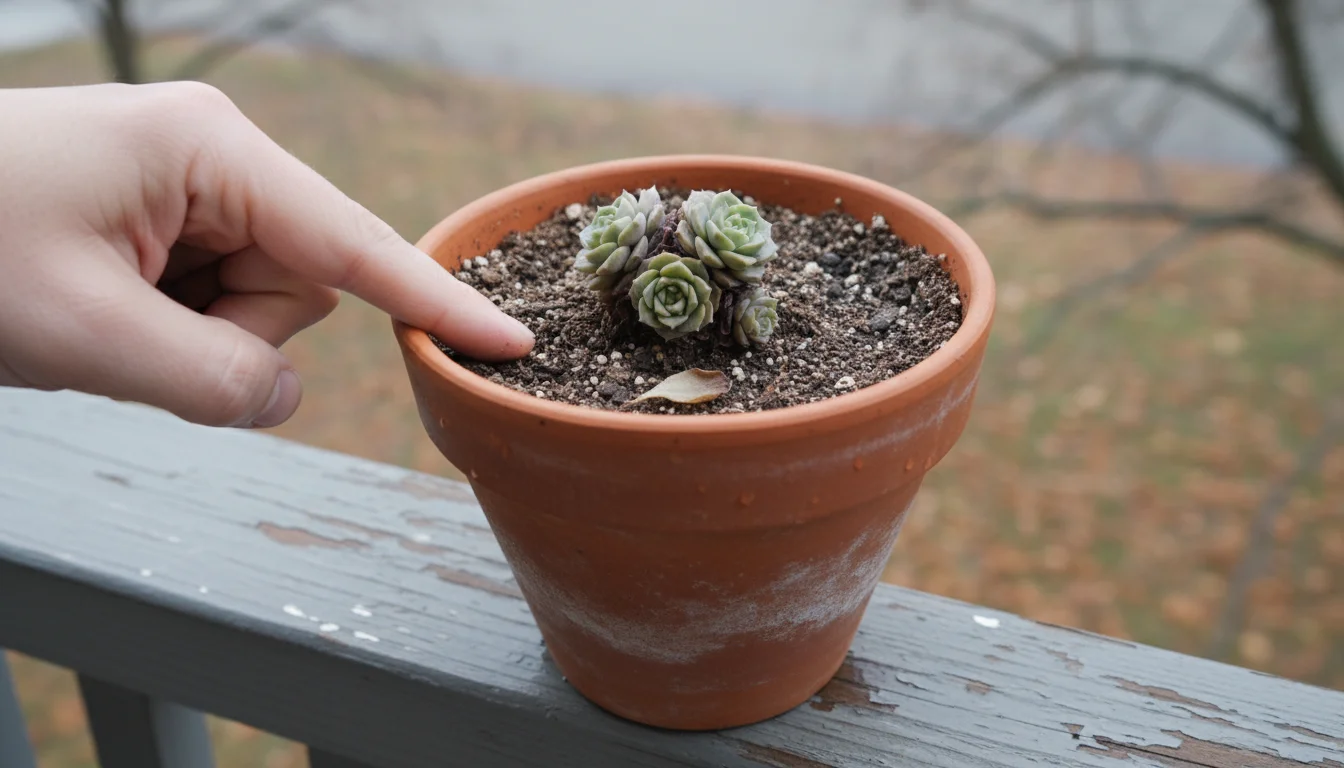
Watering Adjustments for Cooler Weather
Your plants require less water in fall and winter. Overwatering is a leading cause of houseplant death, especially during dormancy. Roots sitting in consistently wet soil can quickly succumb to root rot, a fungal disease that causes roots to decay.
- Feel the Soil: Always check the soil moisture before watering. For most plants, allow the top inch or two of soil to dry out completely between waterings. Insert your finger into the soil or use a moisture meter for accuracy.
- Reduce Frequency: You will likely water outdoor containers less often due to increased rainfall and cooler temperatures, and indoor plants will also need water far less frequently than during peak growing seasons. For example, a plant you watered weekly in summer might only need water every two to three weeks in fall.
- Water Thoroughly: When you do water, ensure you soak the soil until water drains from the bottom of the pot. This encourages deep root growth. Always empty any saucers to prevent roots from sitting in standing water.
- Consider Plant Type: Succulents and cacti, for example, need very little water in fall and winter, often only once a month or less. Tropical plants still need consistent moisture, but the interval between waterings will increase.
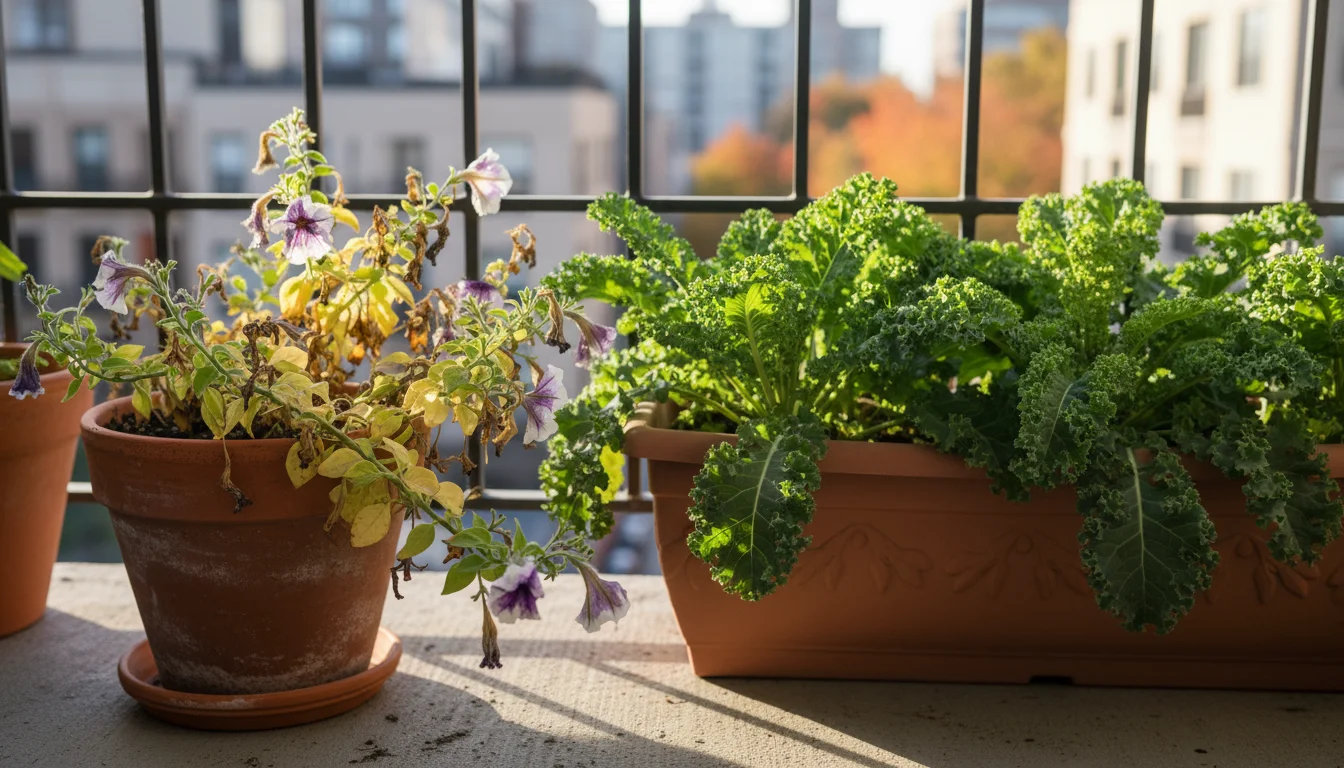
Scaling Back on Fertilization
Plants enter a period of reduced activity or dormancy in fall. They do not actively produce new foliage or flowers. Continuing to fertilize them during this time wastes nutrients and can even harm the plant. Excess fertilizer salts build up in the soil, potentially burning roots.
- Halt Fertilizing: For most container plants, cease fertilization entirely by late summer or early fall. Resume a light feeding schedule in early spring as new growth emerges.
- Exceptions: If you grow plants that continue to flower or produce fruit throughout fall (like some cool-season edibles or specific ornamental varieties), you can continue a very diluted feeding regimen (quarter-strength) until their active growth truly slows. Always use sustainable fertilizers, opting for organic, slow-release granular options or liquid feeds that are balanced and easy for plants to absorb.
Understanding these adjustments ensures your small garden plants receive precisely what they need, minimizing stress and setting them up for robust growth in the next season. For further reading on seasonal watering, consult resources from botanical gardens such as the New York Botanical Garden.
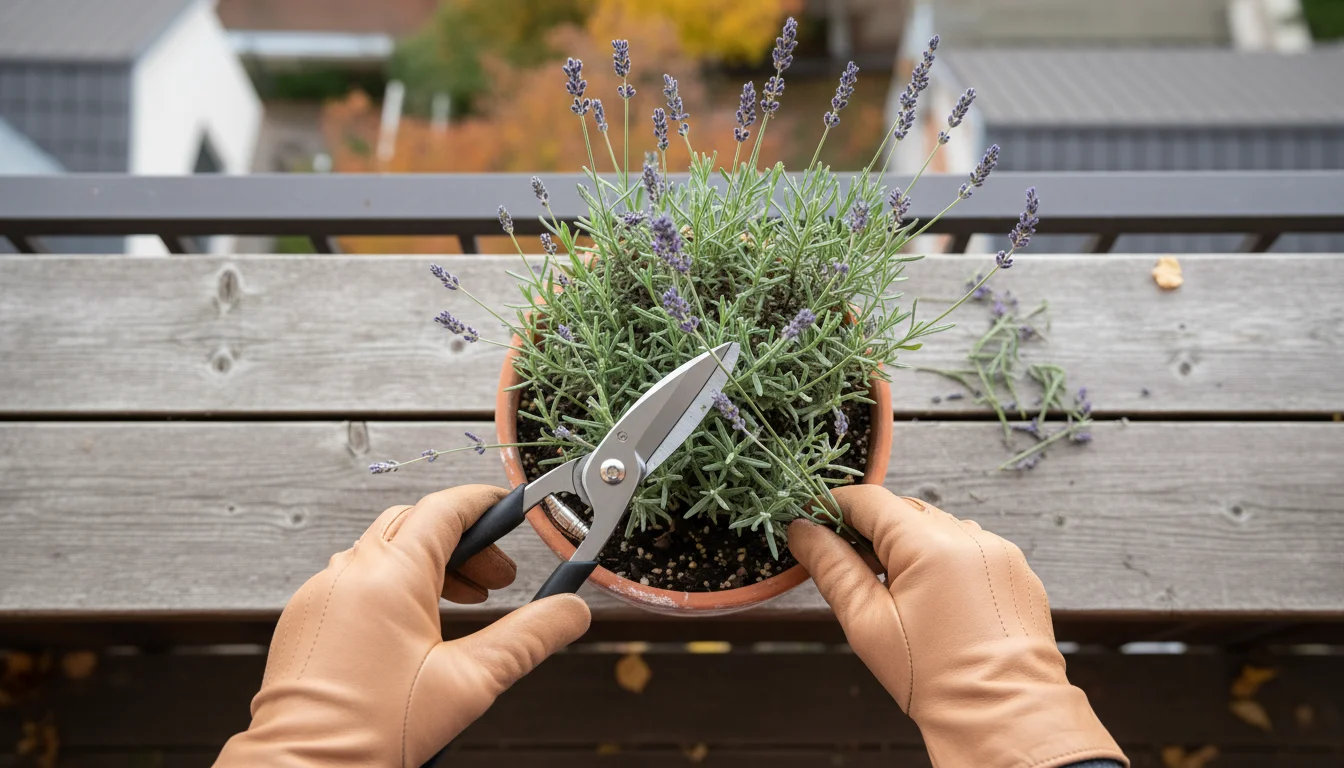
Strategic Pruning and Tidying for Winter Resilience
Pruning in fall serves several vital purposes for your small garden, from promoting plant health to shaping for future growth. Performing these fall gardening tasks proactively keeps your plants robust and reduces the risk of disease spread, especially important in compact spaces.
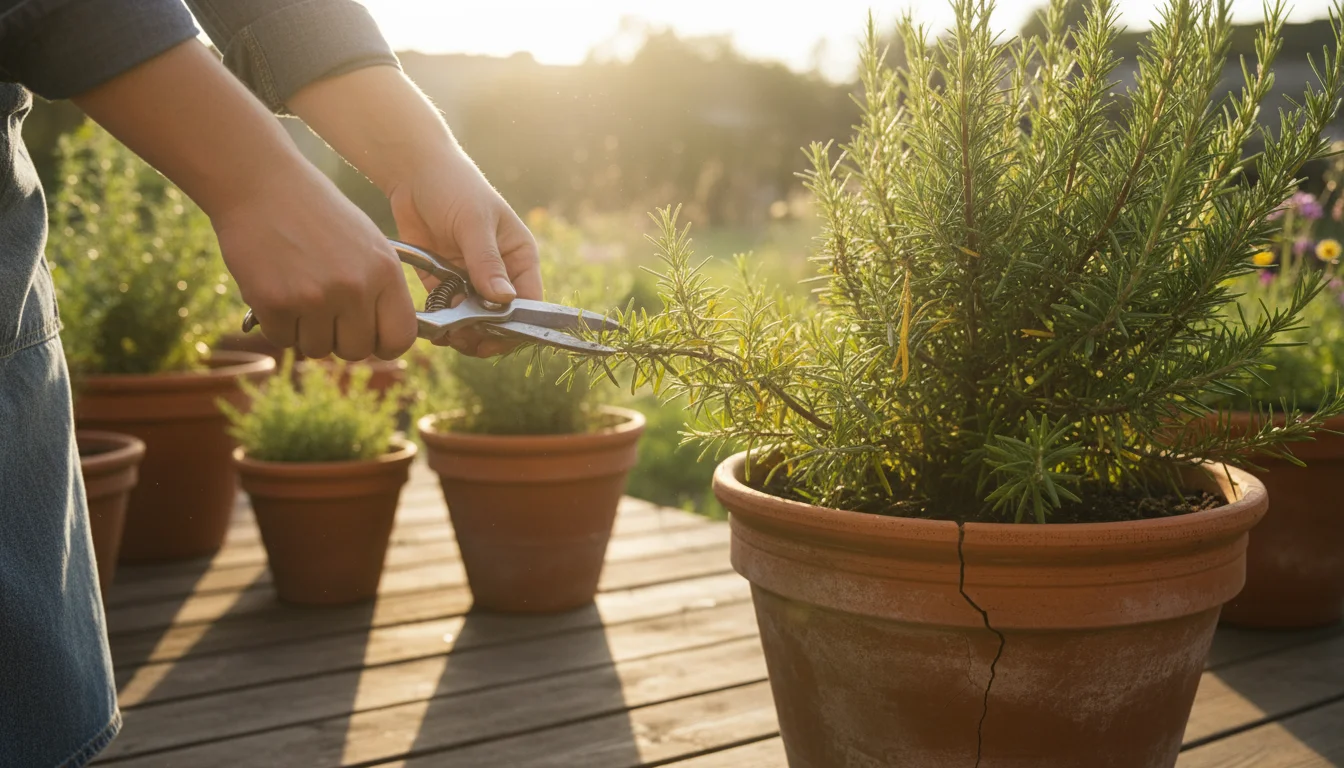
Why Prune in Fall?
Autumn pruning primarily focuses on sanitation and structural integrity. You are removing material that could harbor pests or diseases over winter, reducing potential problems. It also improves air circulation and sunlight penetration for the remaining plant structure. This is often a lighter pruning than the more extensive shaping done in spring.
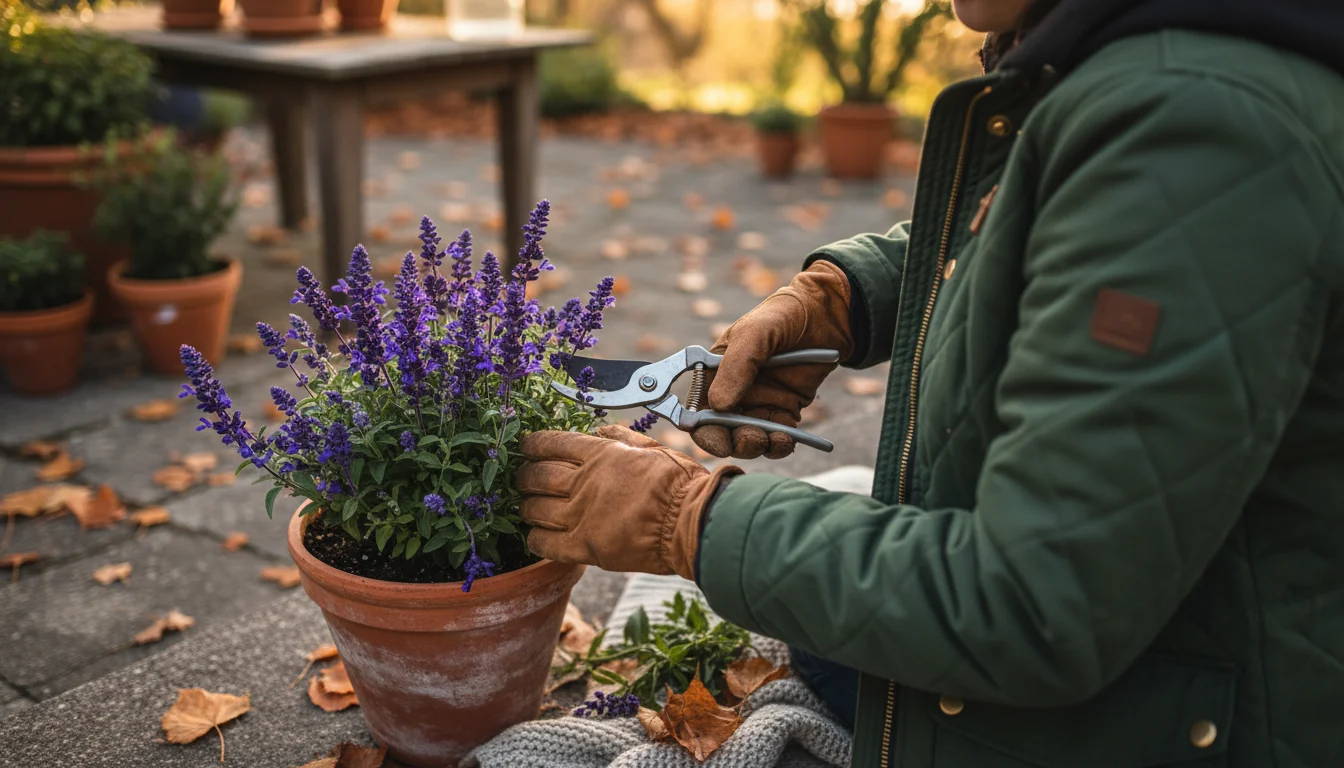
What to Prune and How
- Dead or Diseased Material: Always remove any dead, damaged, or diseased branches or leaves as soon as you spot them. Make clean cuts back to healthy wood, ensuring you cut just above a leaf node or a main branch. This prevents diseases from spreading and encourages the plant to heal cleanly.
- Crossing or Rubbing Branches: In your small garden, space is at a premium. Remove any branches that cross or rub against each other. Such friction points can create wounds, inviting pests and diseases.
- Spent Flower Heads and Seed Pods: For many perennials and annuals, removing spent flowers, also known as deadheading, redirects the plant’s energy from seed production back into root development or storing energy for winter. This can also encourage a final flush of blooms in early fall.
- Overgrown Stems: For some vigorous plants, you might lightly trim back overgrown stems that are flopping or interfering with other plants. Aim for minimal removal, as extensive pruning can stimulate new growth that is too tender to survive winter frosts.
- Do Not Prune Evergreens or Spring-Flowering Shrubs Heavily: Avoid heavy pruning of evergreens in fall, as new growth might not harden off before winter. Similarly, spring-flowering shrubs often set their buds in late summer or fall; pruning them now removes next spring’s blooms. Light tidying is acceptable, but save major shaping for after they flower in spring.
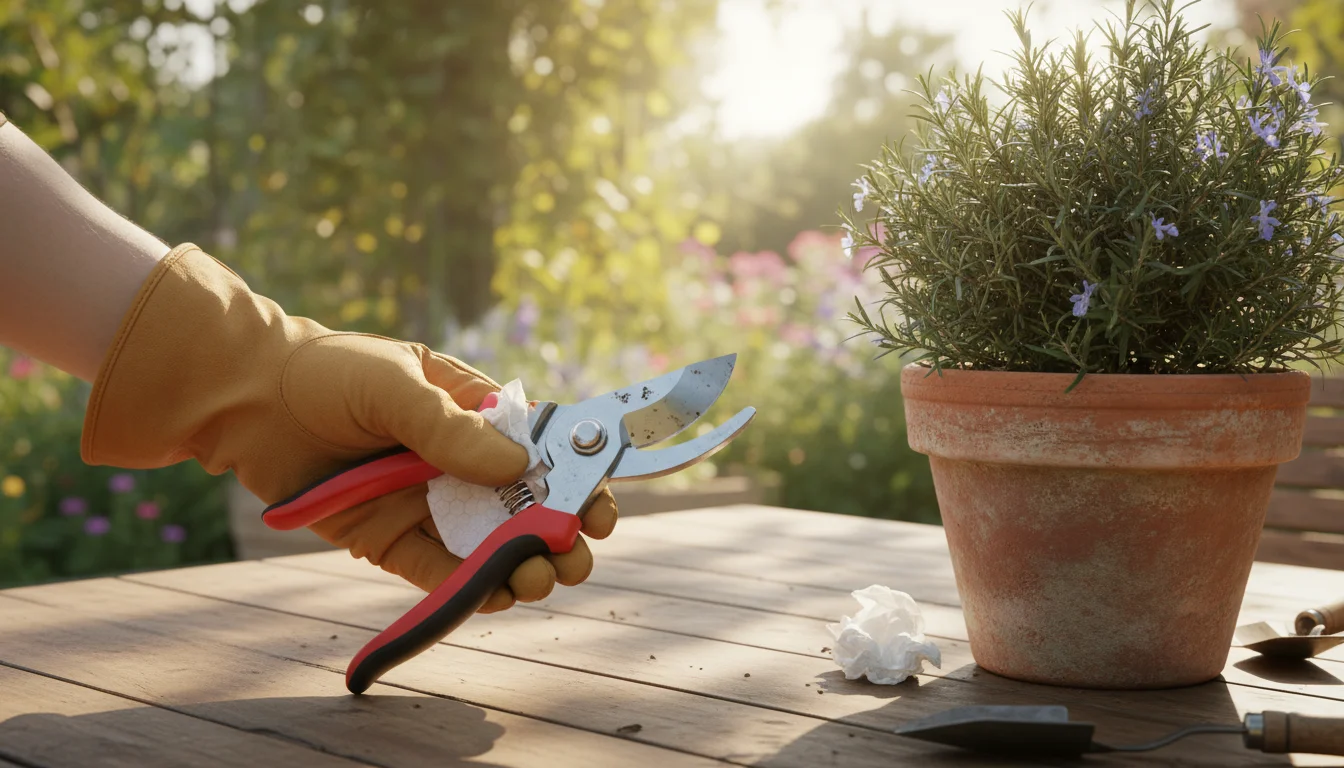
Pruning Tools and Hygiene
Use clean, sharp pruning shears or snips. Dull tools can tear stems, making them vulnerable to disease. Sterilize your tools with rubbing alcohol or a 10% bleach solution between plants, especially when pruning diseased material. This simple step prevents the unwitting transfer of pathogens throughout your small garden.
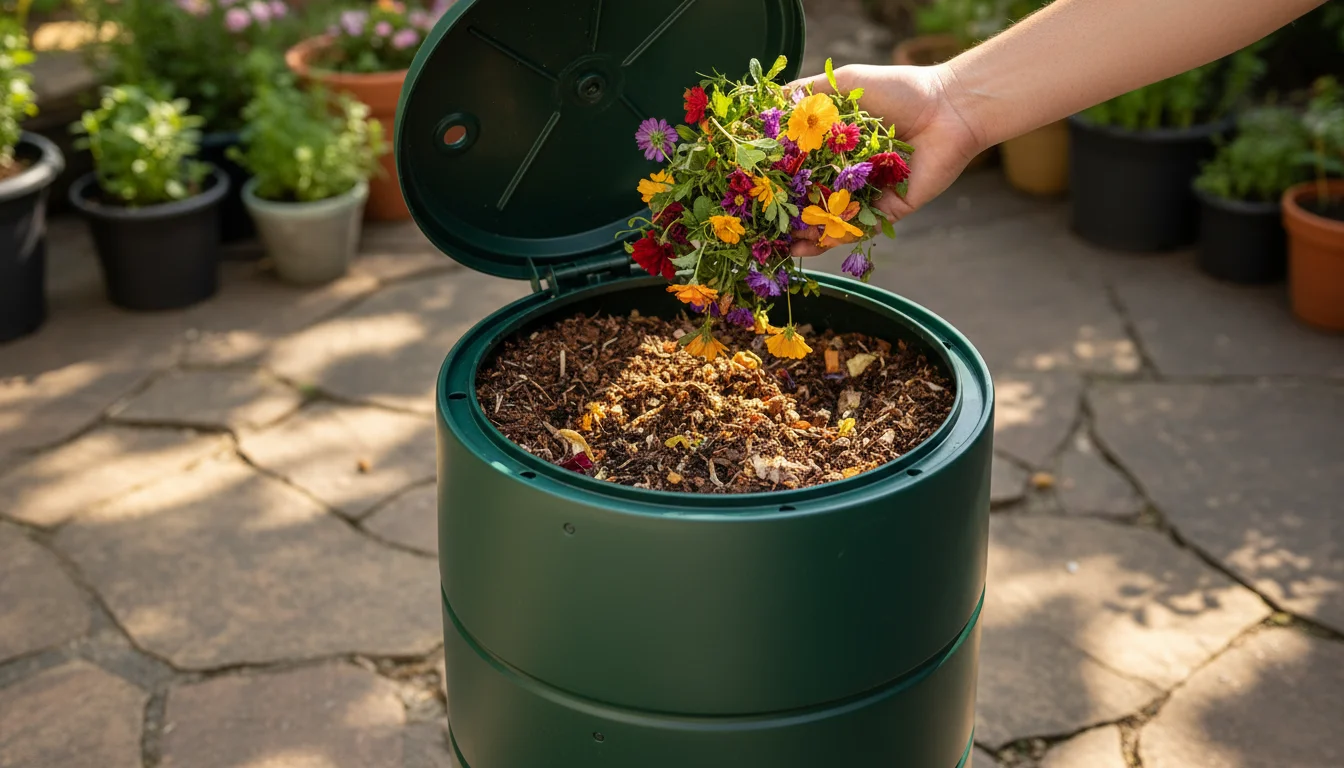
Composting Prunings Sustainably
Healthy plant trimmings, such as spent annuals, leaves, and small branches, are valuable additions to your compost pile. Composting reduces waste and creates nutrient-rich soil amendments for future use. Avoid composting any plant material that shows signs of disease, as these pathogens can survive and spread through your compost.
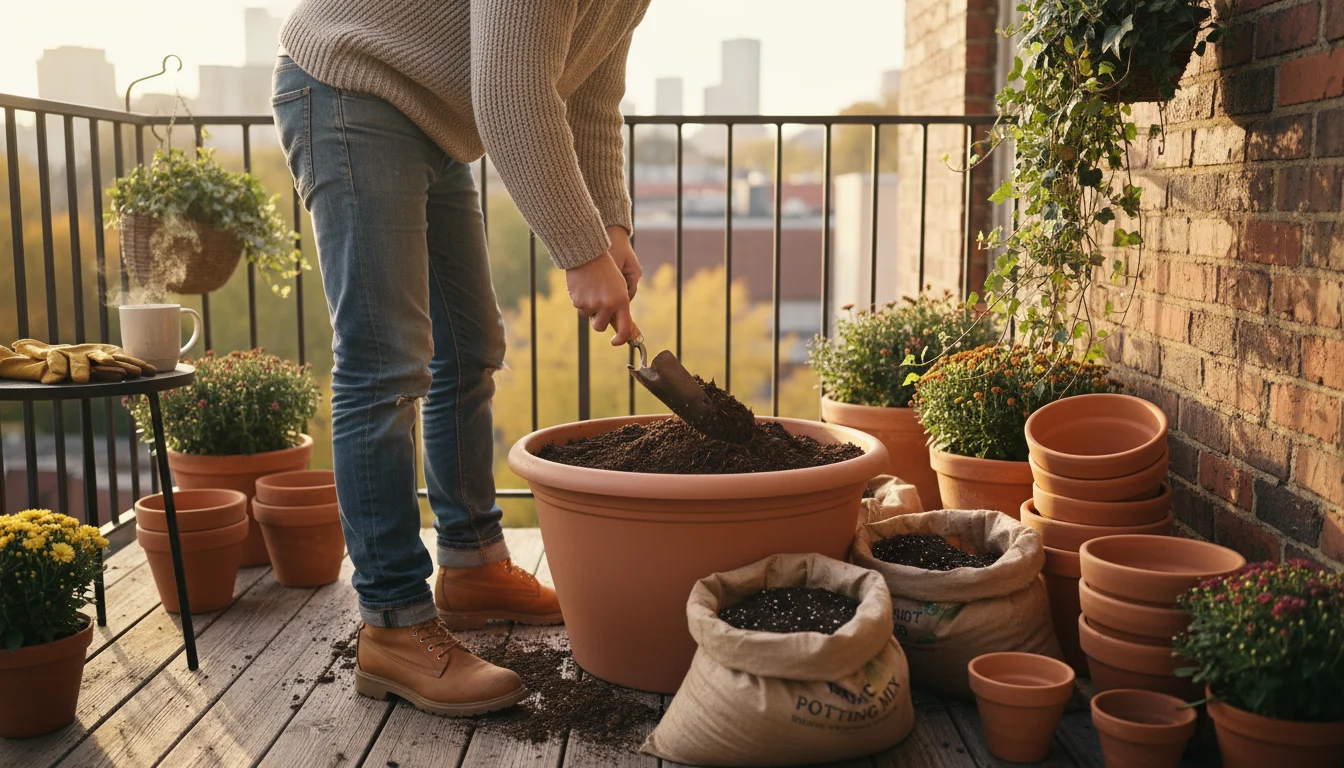
Revitalizing Your Garden Soil: Autumn Prep for Spring Success
Healthy soil forms the foundation of a thriving small garden. Fall provides an excellent opportunity to focus on soil health, ensuring your plants have the best possible start come spring. This critical autumn garden prep improves structure, nutrient content, and beneficial microbial activity, making it a cornerstone of successful fall gardening tasks.
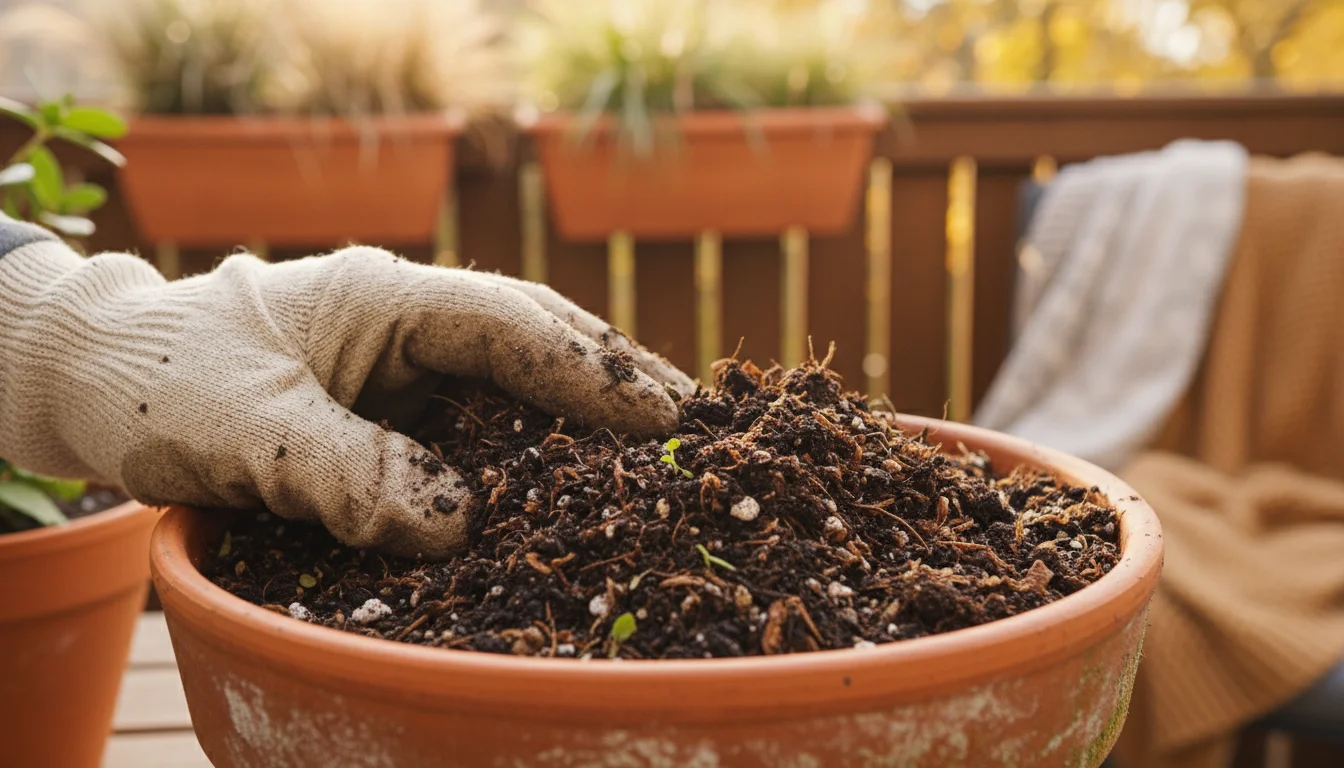
Understanding Soil Health
Soil is a living ecosystem. Good soil drains well, retains moisture, provides essential nutrients, and supports a diverse community of microorganisms. In small spaces, where plants often grow in confined containers or raised beds, soil can quickly become depleted or compacted. Fall is your chance to rejuvenate it.
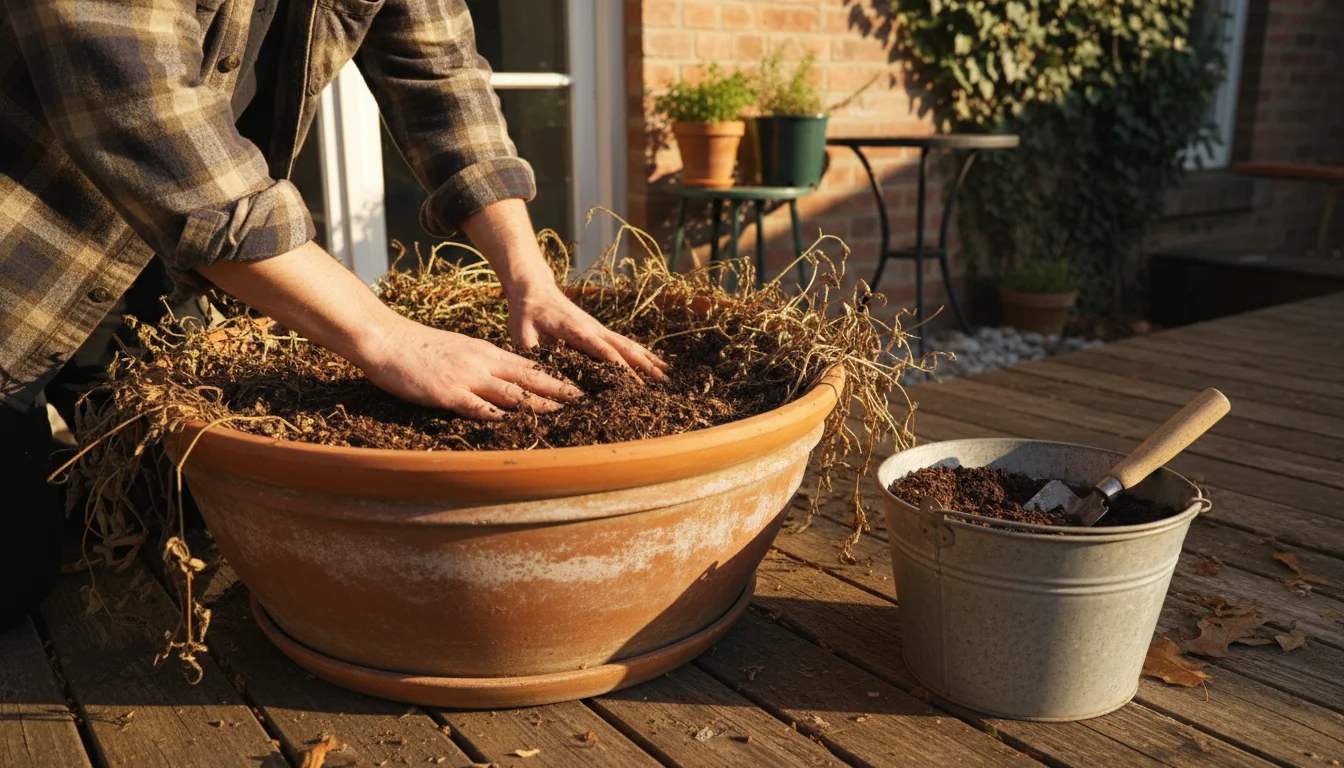
Amending Soil with Organic Matter
The single best thing you can do for your soil in fall is to incorporate organic matter. This improves soil structure, aeration, and water retention, and slowly releases nutrients as it decomposes.
- Compost: Mix a 1-2 inch layer of finished compost into the top few inches of your outdoor garden beds or the top half of your containers. Compost is rich in beneficial microbes and essential plant nutrients.
- Leaf Mold: Decomposed leaves create a wonderful, nutrient-rich soil amendment known as leaf mold. Rake leaves and store them in a wire cage or designated pile; they will break down into a dark, crumbly material over several months. Incorporate leaf mold into your soil or use it as mulch.
- Peat-Free Potting Mixes: When topping up or refreshing container soil, always opt for peat-free potting mixes. Peat harvesting has significant environmental impacts. Sustainable alternatives often include coir (coconut fiber), compost, perlite, and vermiculite. These provide excellent aeration and water retention.
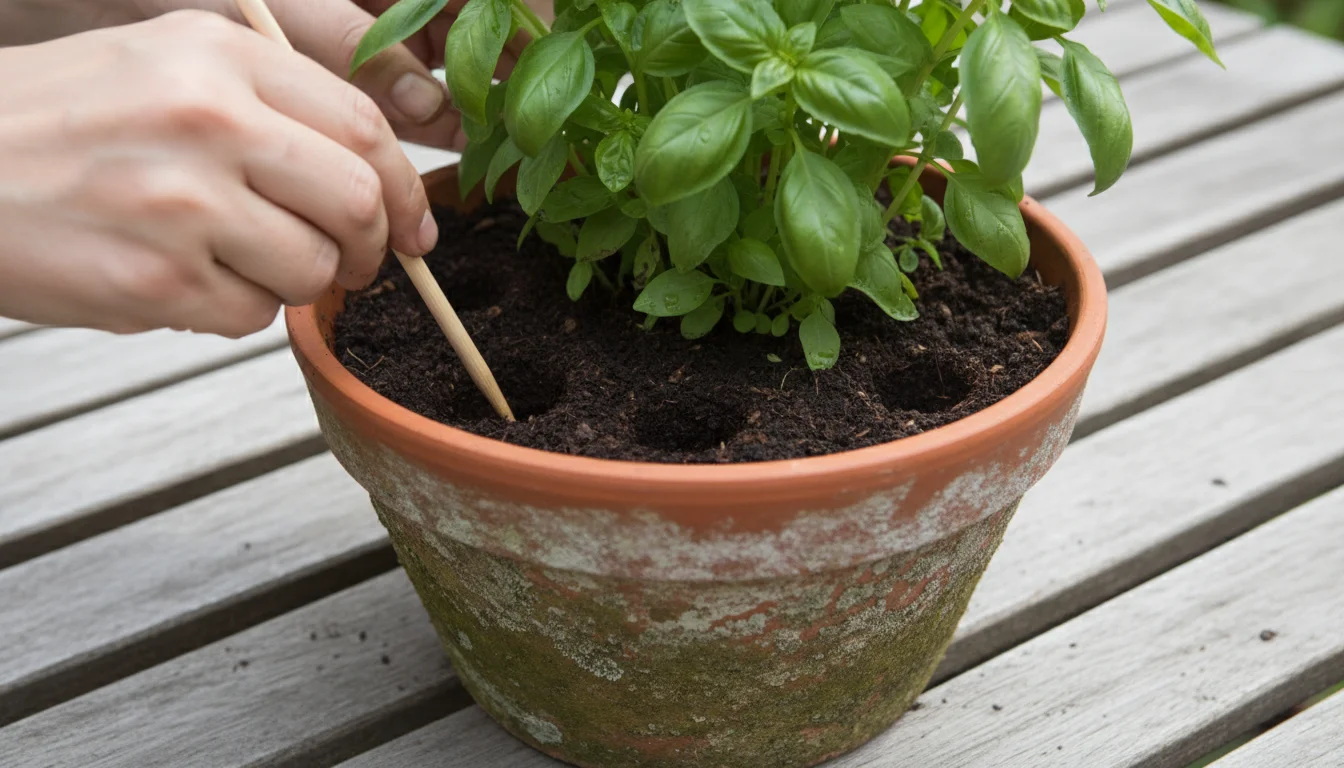
Dealing with Compacted Soil
Over time, container soil can become compacted, reducing oxygen flow to roots and hindering drainage.
- Aeration: For established containers you are not repotting, use a chopstick or a slender stick to gently poke holes into the soil, being careful not to damage roots. This improves aeration and allows water and nutrients to penetrate deeper.
- Replacing Old Soil: For annuals or plants you plan to refresh in spring, remove the top 4-6 inches of old, tired soil from containers. Replace it with a fresh, nutrient-rich, peat-free potting mix. This prepares the container for new plantings.
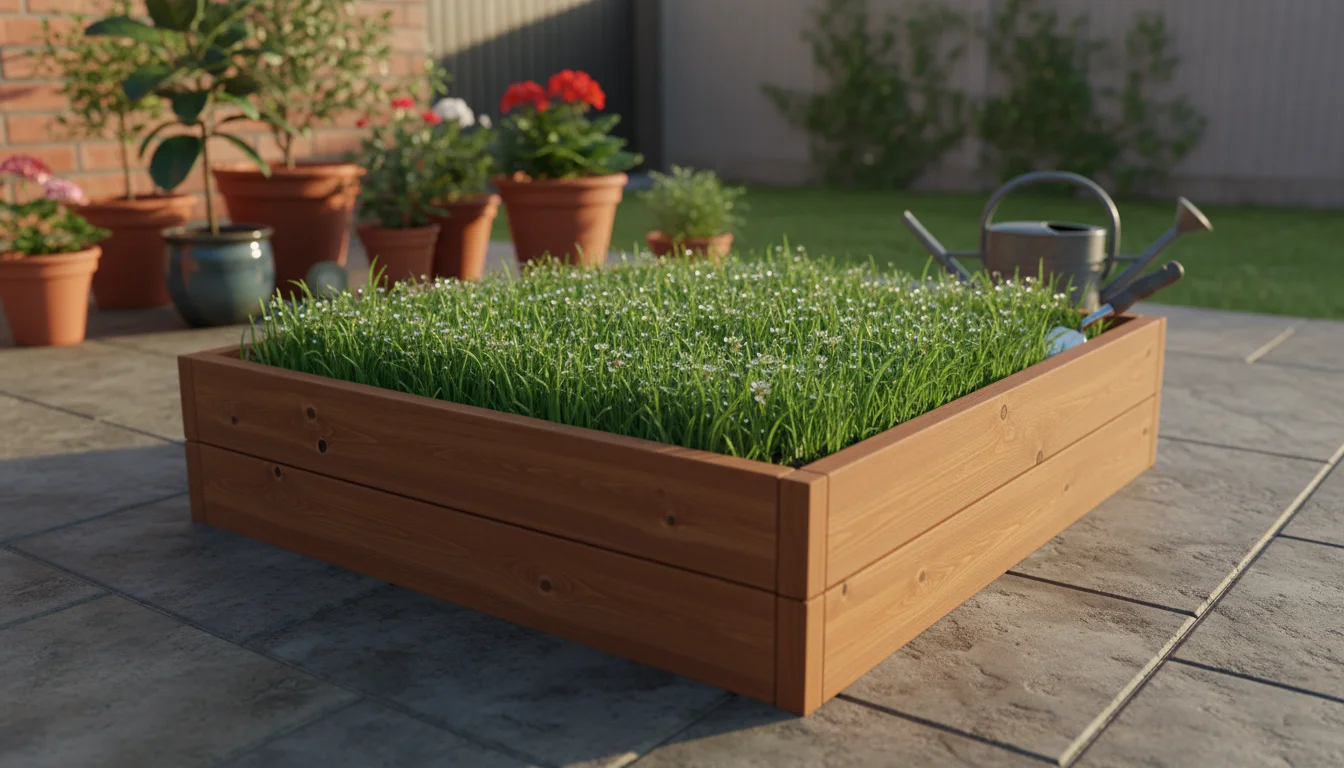
Cover Crops for Outdoor Beds
If you have small outdoor raised beds that will lie fallow over winter, consider planting cover crops. These are plants like clover, winter rye, or vetch. They protect the soil from erosion, suppress weeds, add organic matter when tilled under in spring (known as “green manure”), and some even fix nitrogen in the soil. This environmentally conscious practice improves long-term soil health. You can find more information on cover crops from university extension services, such as those associated with the University of Wisconsin-Madison Extension.
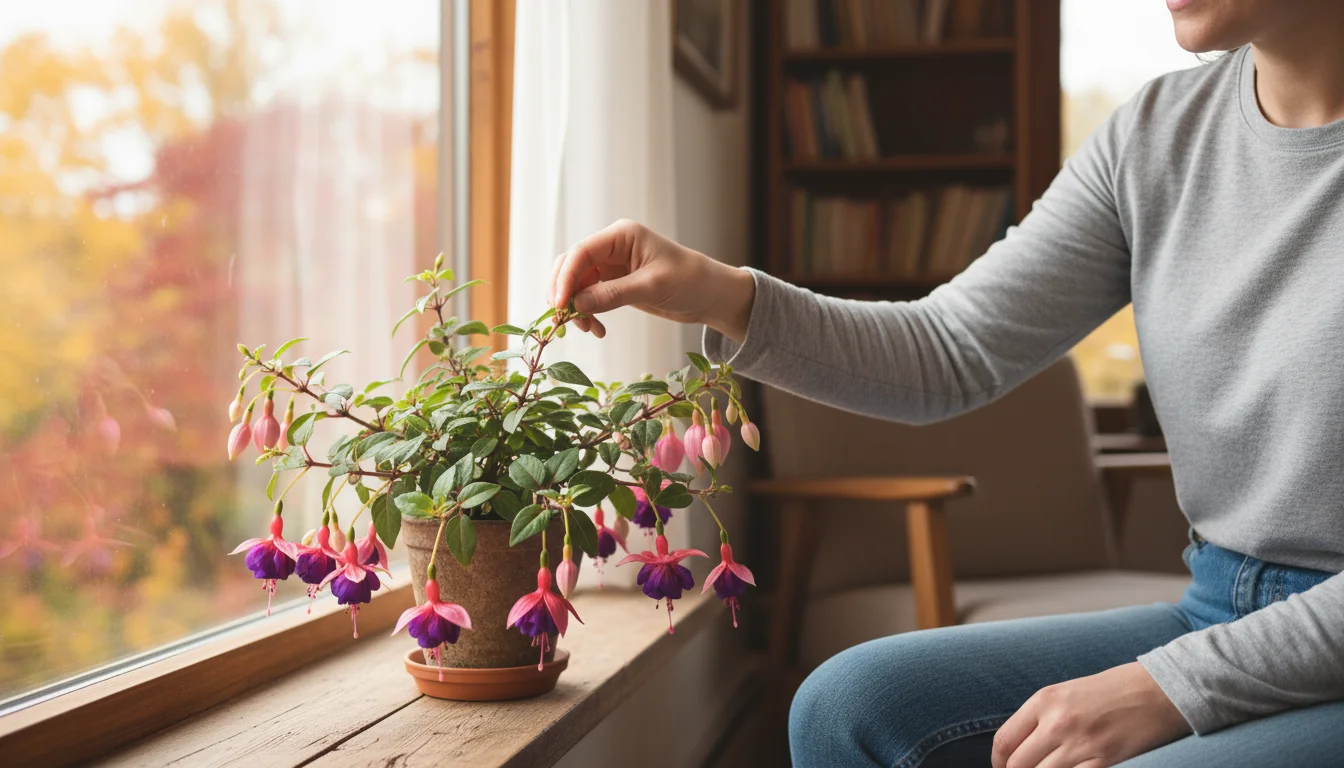
Proactive Pest and Disease Control as Seasons Shift
As the weather cools and plants move indoors, changes in environment can stress them, making them more susceptible to pests and diseases. Proactive pest and disease control is an essential set of fall gardening tasks, particularly in small gardens where problems can spread rapidly. Staying vigilant helps you keep your plants healthy and thriving.
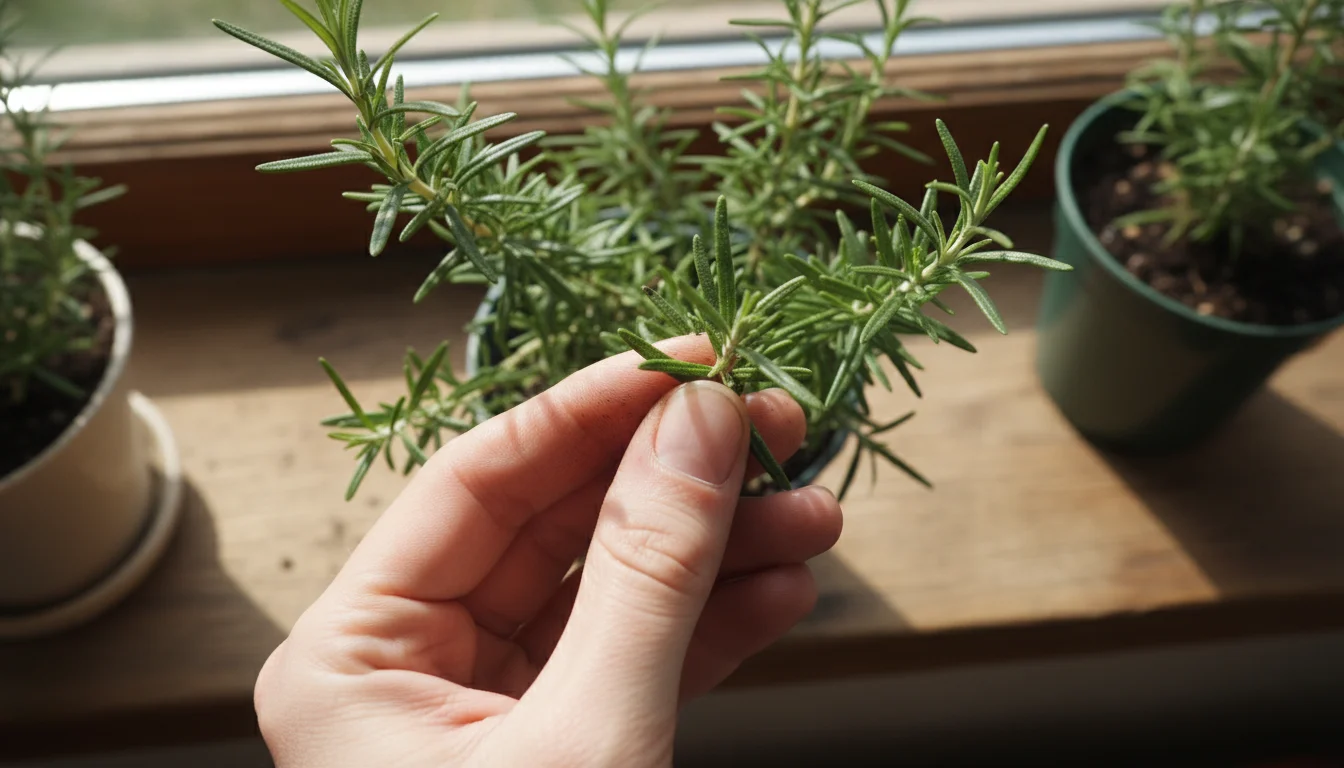
Why Fall Vigilance is Key
In fall, many outdoor pests seek shelter indoors, hitching rides on your plants. Similarly, the drier indoor air and reduced light can weaken plants, making them a more inviting target for common indoor pests. Regularly inspecting your plants and taking preventative measures saves you significant trouble later.
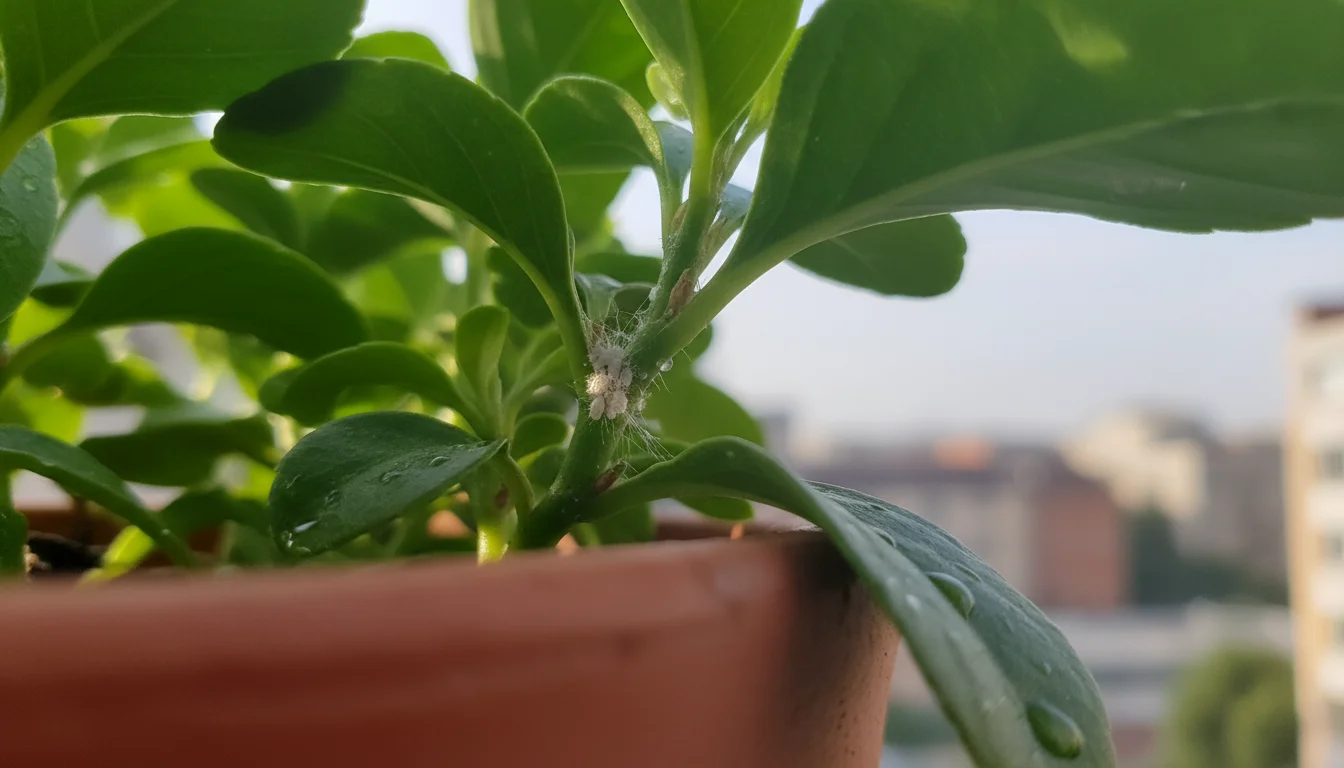
Common Fall Pests and How to Spot Them
- Spider Mites: Look for tiny specks on leaves, often accompanied by fine webbing on undersides or where stems meet leaves. Leaves may appear stippled or discolored.
- Aphids: Small, pear-shaped insects that cluster on new growth or undersides of leaves. They can be green, black, or even pink.
- Mealybugs: White, cottony masses found in leaf axils or on stems. They leave a sticky residue called honeydew.
- Fungus Gnats: Tiny, dark flies that hover around the soil surface, particularly in moist conditions. Their larvae feed on plant roots.
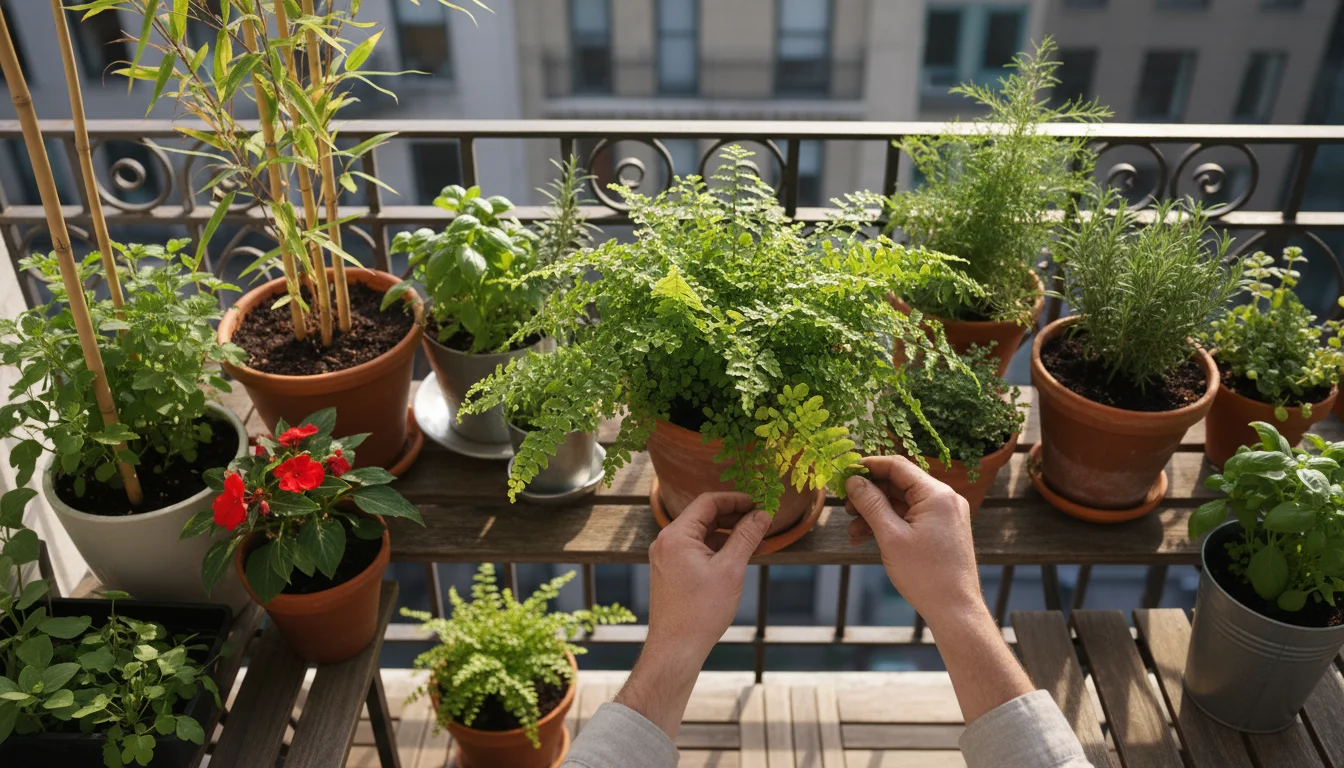
Prevention is Your Best Defense
- Thorough Inspection: As mentioned in the section on bringing plants indoors, inspect every plant thoroughly before it enters your home. This is your first line of defense against fall gardening tasks related to pests.
- Good Sanitation: Remove dead leaves and spent flowers promptly from both indoor and outdoor plants. Debris provides hiding places for pests and can harbor disease spores. Clean up fallen leaves around outdoor containers.
- Proper Watering: Avoid overwatering, especially indoors, as consistently wet soil attracts fungus gnats and creates conditions favorable for fungal diseases. Allow the top inch or two of soil to dry out between waterings for most plants.
- Adequate Airflow: Ensure good air circulation around indoor plants. Crowded plants or stagnant air can promote fungal issues like powdery mildew.
- Quarantine New Plants: Always isolate any new plant additions for at least two to four weeks before introducing them to your main collection. This prevents potential pest infestations from spreading.
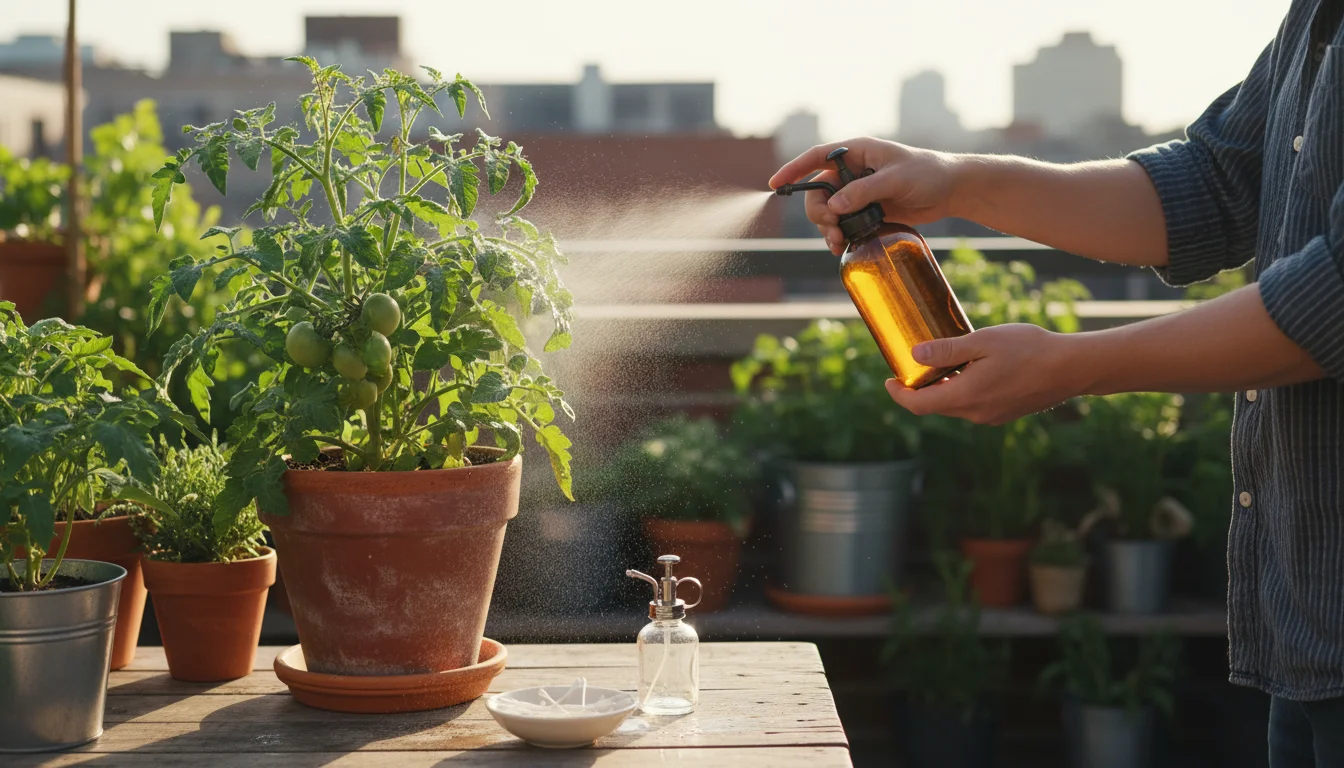
Safe and Sustainable Treatment Options
If you discover pests, act quickly.
- Manual Removal: For small infestations, pick off larger pests like mealybugs with a cotton swab dipped in rubbing alcohol. Use a strong stream of water to dislodge aphids and spider mites from foliage.
- Insecticidal Soap: This is a gentle yet effective option for many soft-bodied pests. Apply to all plant surfaces, including undersides of leaves, ensuring complete coverage. Repeat applications every 5-7 days are often necessary.
- Neem Oil: A natural pesticide and fungicide, neem oil works by disrupting insect feeding and growth. Mix according to package directions and apply as a spray. It is most effective when applied consistently over time.
- Beneficial Insects: For persistent outdoor pest issues in your small garden, consider introducing beneficial insects like ladybugs or lacewings. They prey on common garden pests. This is a highly sustainable pest control method.
For detailed information on plant diseases and their treatment, resources from the Royal Horticultural Society (RHS) can be very helpful.
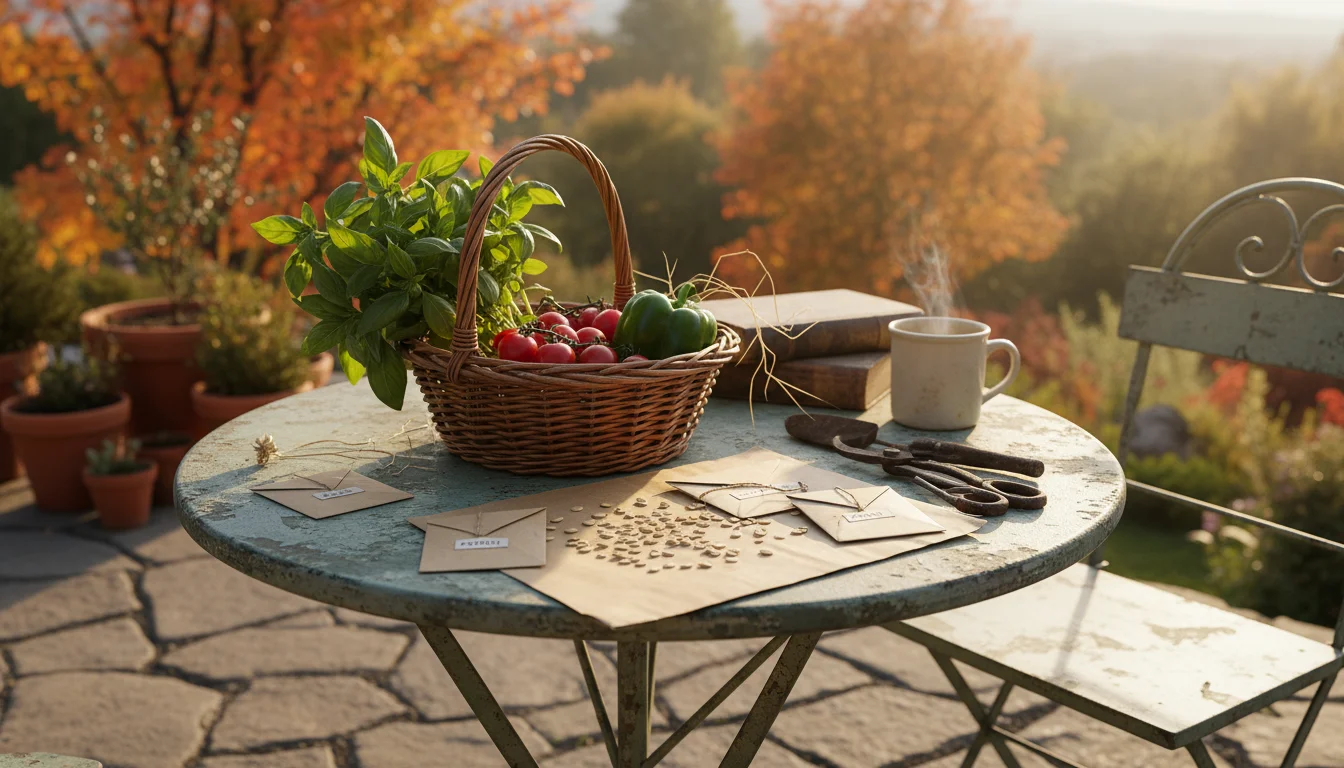
Maximizing Your Harvest, Saving Seeds, and Planning Next Year
Fall in a small garden is a time for both completion and contemplation. These final fall gardening tasks allow you to savor the last of the season’s bounty, preserve your favorite plant genetics, and begin dreaming about the possibilities of the next growing cycle. This thoughtful autumn garden prep extends your gardening joy and prepares you for future success.
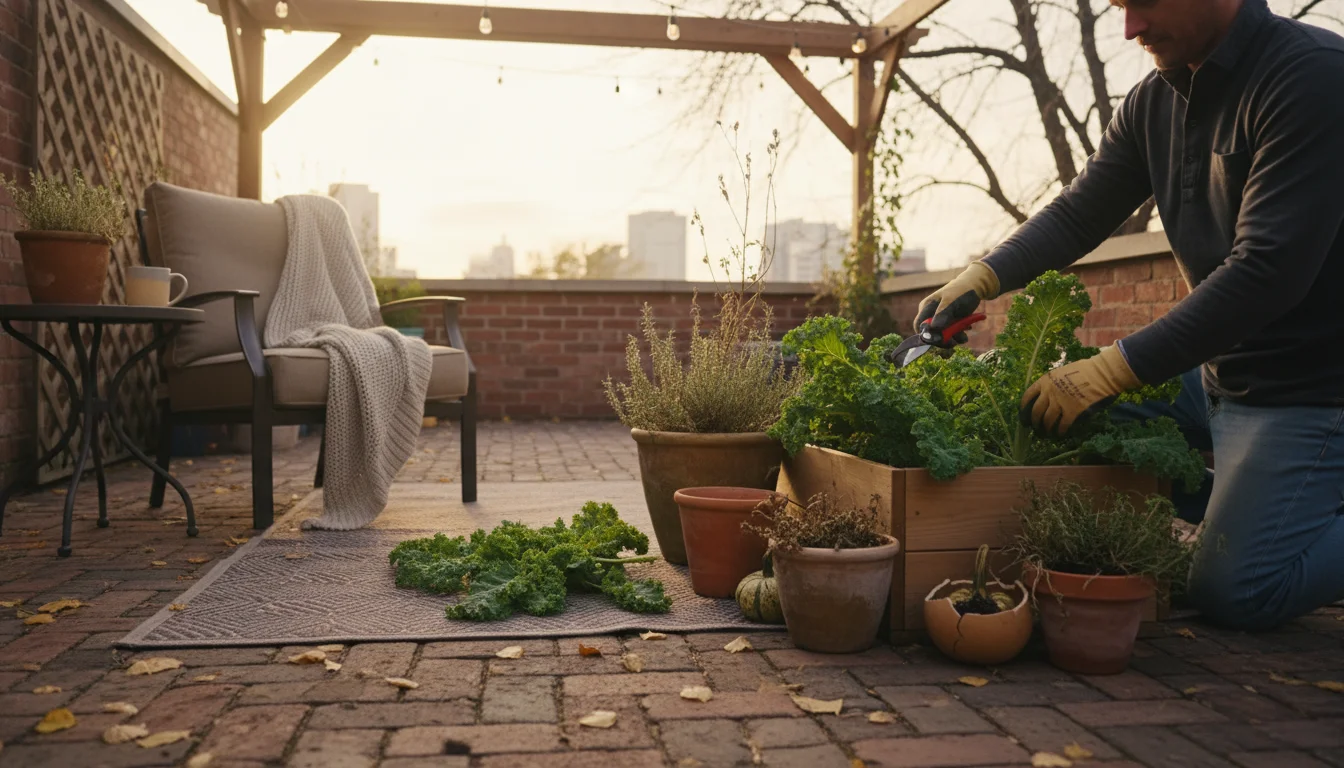
Final Harvests for Edibles
Before the first hard frost, make sure you harvest any remaining edibles from your small garden.
- Root Vegetables: Carrots, beets, and radishes can often tolerate light frosts but should be harvested before the ground freezes solid.
- Leafy Greens: Many hardy greens like kale, spinach, and Swiss chard become sweeter after a light frost. Harvest them until consistently cold weather sets in.
- Herbs: Snip off any remaining tender herbs like basil before cold temperatures hit. You can dry them, freeze them, or make herb-infused oils. Hardier herbs like rosemary and thyme often tolerate colder weather outdoors, but bring potted versions indoors if you want to use them throughout winter.
- Tomatoes and Peppers: Harvest any green tomatoes or peppers that remain on the vine. You can ripen green tomatoes indoors by placing them in a paper bag with an apple or banana, which releases ethylene gas to accelerate ripening.
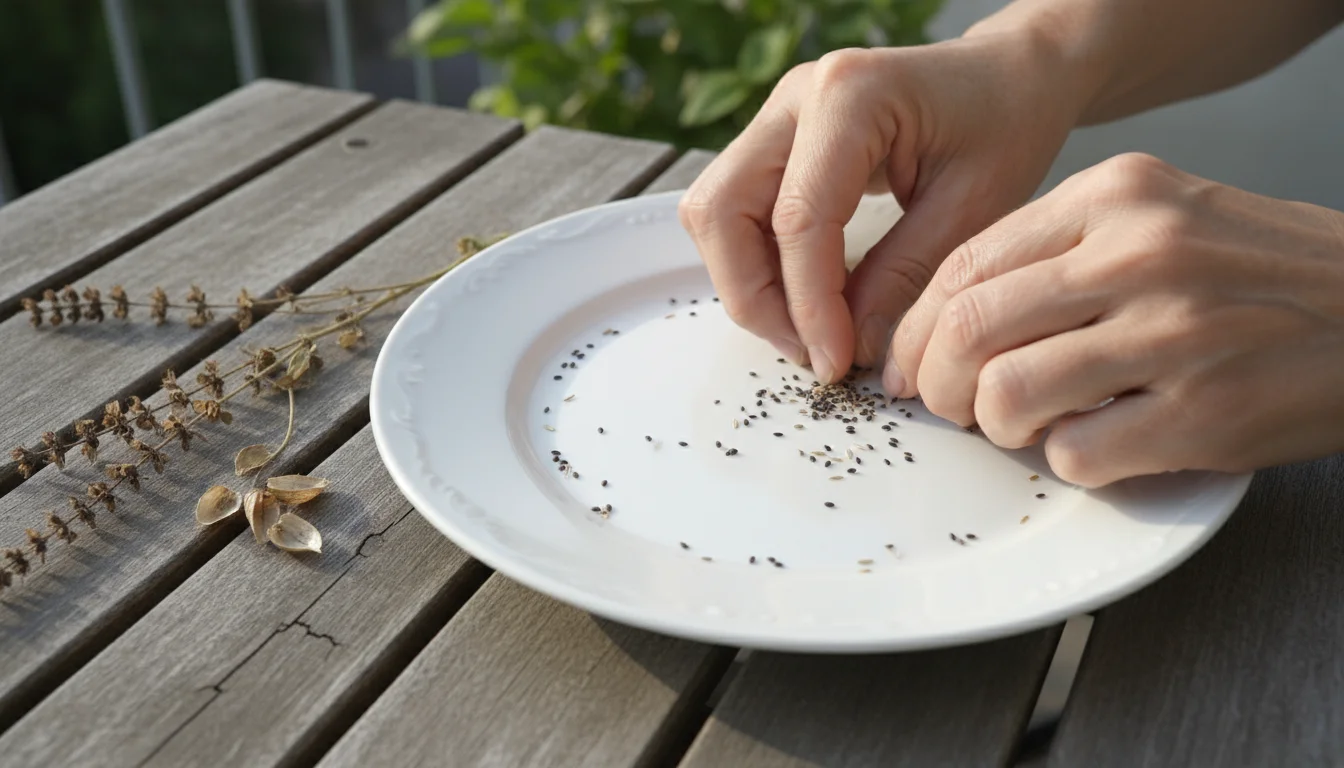
Saving Seeds for Next Season
Seed saving is an incredibly rewarding and sustainable practice for your small garden. It allows you to preserve specific varieties you love and adapt plants to your unique growing conditions.
- Select Healthy Plants: Only save seeds from the healthiest, most vigorous plants that exhibited desirable traits.
- Harvest Mature Seeds: Allow seed pods or fruits to fully mature and dry on the plant. For example, let pea and bean pods dry until brittle, and allow herbs to go to seed.
- Clean and Dry: Once harvested, clean the seeds to remove any chaff or fruit pulp. Spread them out on a screen or paper plate in a cool, dry, well-ventilated area until completely dry. This prevents mold.
- Store Properly: Store dried seeds in airtight containers (jars, envelopes, or small plastic bags) in a cool, dark, dry place. Label them clearly with the plant type and date. Most seeds remain viable for 1-5 years.
You can explore more about seed saving techniques through resources provided by the Seed Savers Exchange.
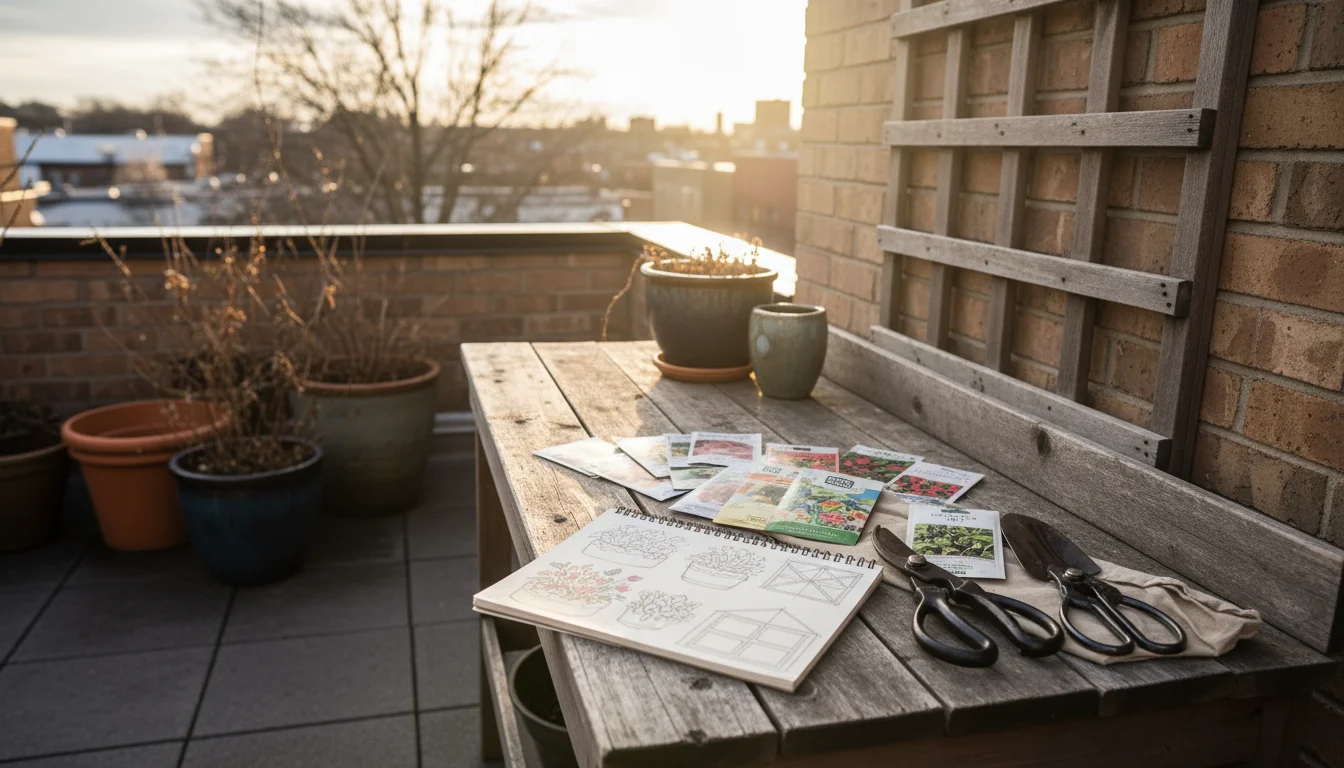
Planning for Spring
Even though the garden is winding down, fall is a fantastic time to reflect and plan.
- Review the Past Season: What worked well in your small garden? What struggled? Which plants brought you the most joy or yielded the best harvest?
- Dream and Design: Start sketching ideas for next spring’s layout. Consider new plant varieties, different container arrangements, or vertical gardening solutions to maximize your small space.
- Order Seeds and Supplies: Many seed catalogs arrive in late fall or early winter. Ordering early gives you the best selection and ensures you have everything ready for spring planting.
- Clean and Organize Tools: Clean off any dirt from your gardening tools. Sharpen blades, oil wooden handles, and store them in a dry place. Organizing your tools now means you will be ready to jump back into action when spring arrives.
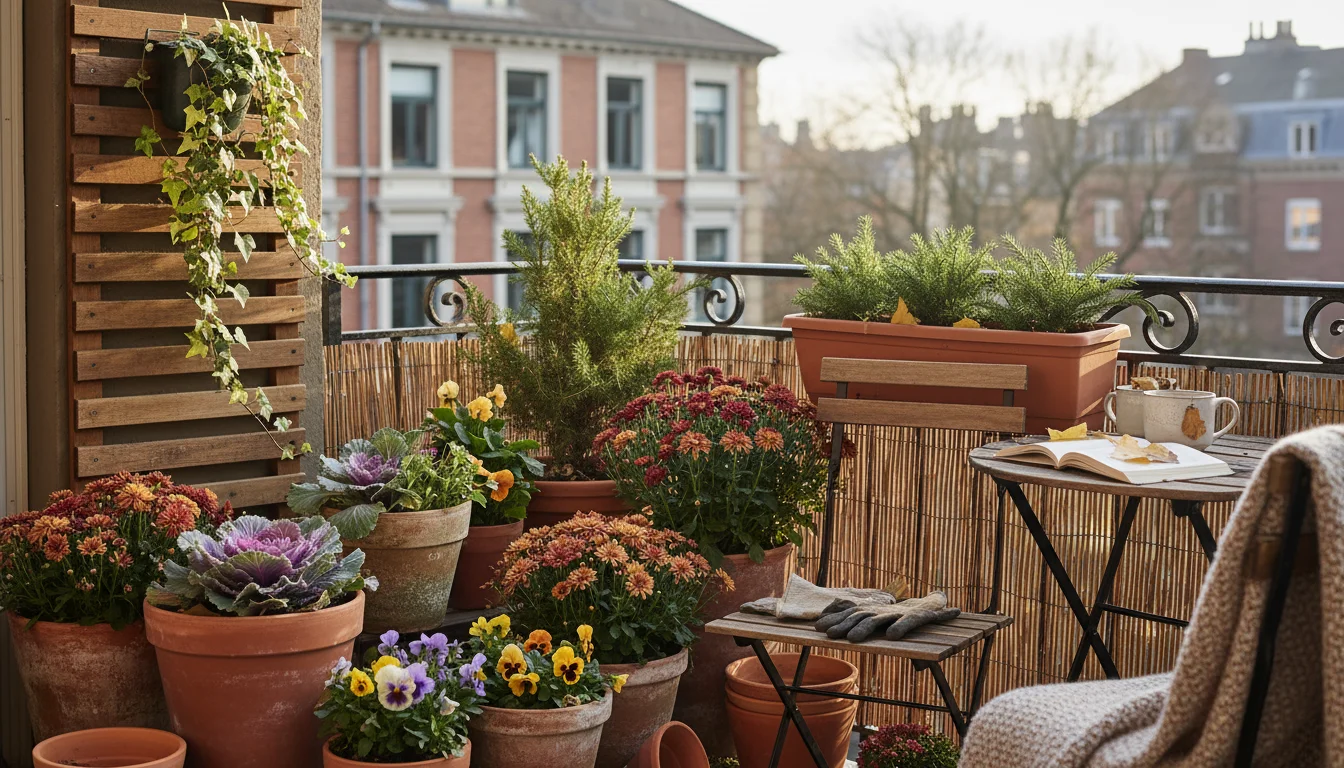
Frequently Asked Questions
What is the most critical fall gardening task for container plants?
The most critical fall gardening task for container plants is pest inspection and prevention before bringing tender plants indoors. Pests can quickly infest your indoor environment, making thorough checks and treatment essential for a healthy winter for your plants.
When should I stop fertilizing my outdoor container plants in fall?
You should generally stop fertilizing most outdoor container plants by late summer or early fall, typically around late August or September, depending on your climate. As temperatures drop and daylight hours shorten, plants enter a dormant or semi-dormant phase and do not require additional nutrients. Fertilizing them during this period can lead to nutrient burn or salt buildup in the soil.
Can I still plant anything in my small garden during fall?
Yes, you can still plant cool-season crops like kale, spinach, lettuce, and radishes in early fall, depending on your hardiness zone. You can also plant spring-flowering bulbs, such as tulips and daffodils, directly into your containers or small garden beds. Ensure you plant them early enough for root establishment before the ground freezes.
How do I protect my perennial herbs in outdoor containers through winter?
For perennial herbs like rosemary, thyme, or sage in outdoor containers, protect them by grouping pots together in a sheltered spot, wrapping containers with burlap or bubble wrap for insulation, and applying a layer of mulch over the soil surface. You can also bring more tender varieties indoors if you have sufficient light, treating them like houseplants for the winter months.
What is root-bound, and how does it relate to fall gardening tasks?
A plant is “root-bound” when its roots have grown so extensively that they encircle the inside of its pot, often forming a dense, tangled mass. This reduces the plant’s ability to absorb water and nutrients. While spring is ideal for repotting, if you notice a plant is severely root-bound during your fall gardening tasks, you can carefully repot it into a slightly larger container before bringing it indoors. This gives it a better chance to thrive through winter.
